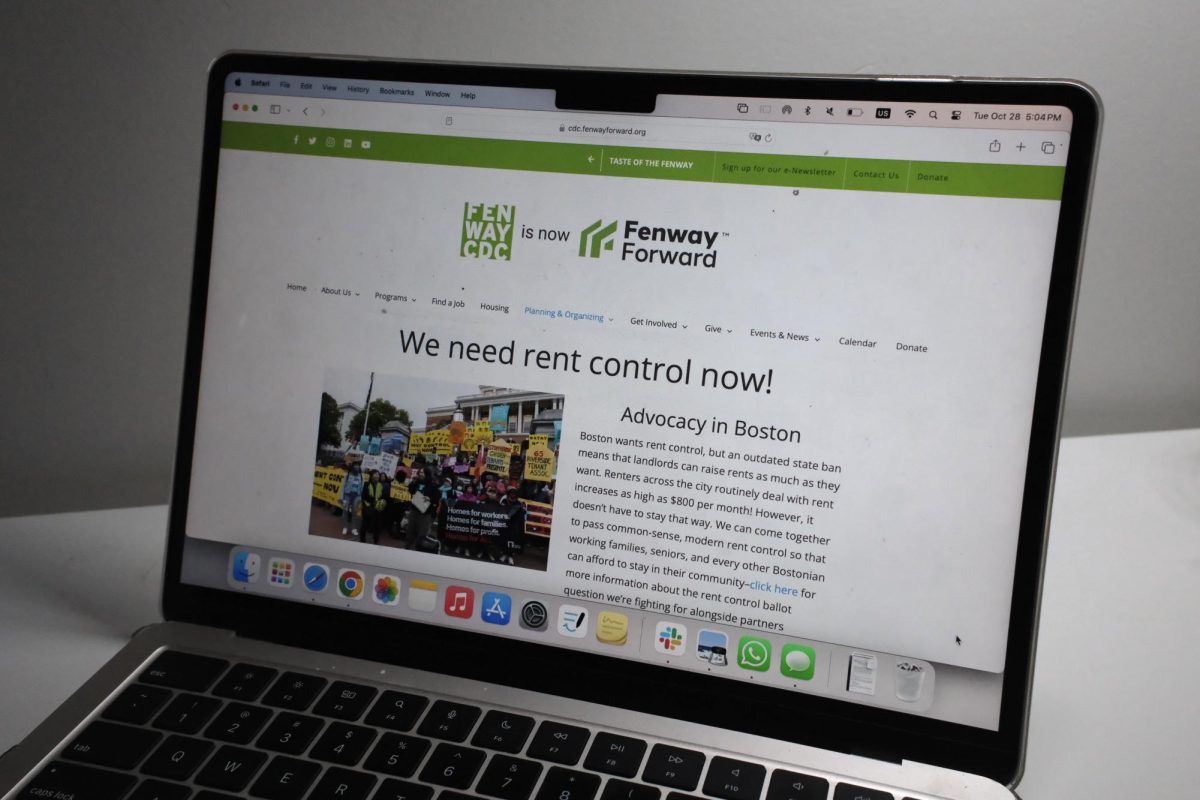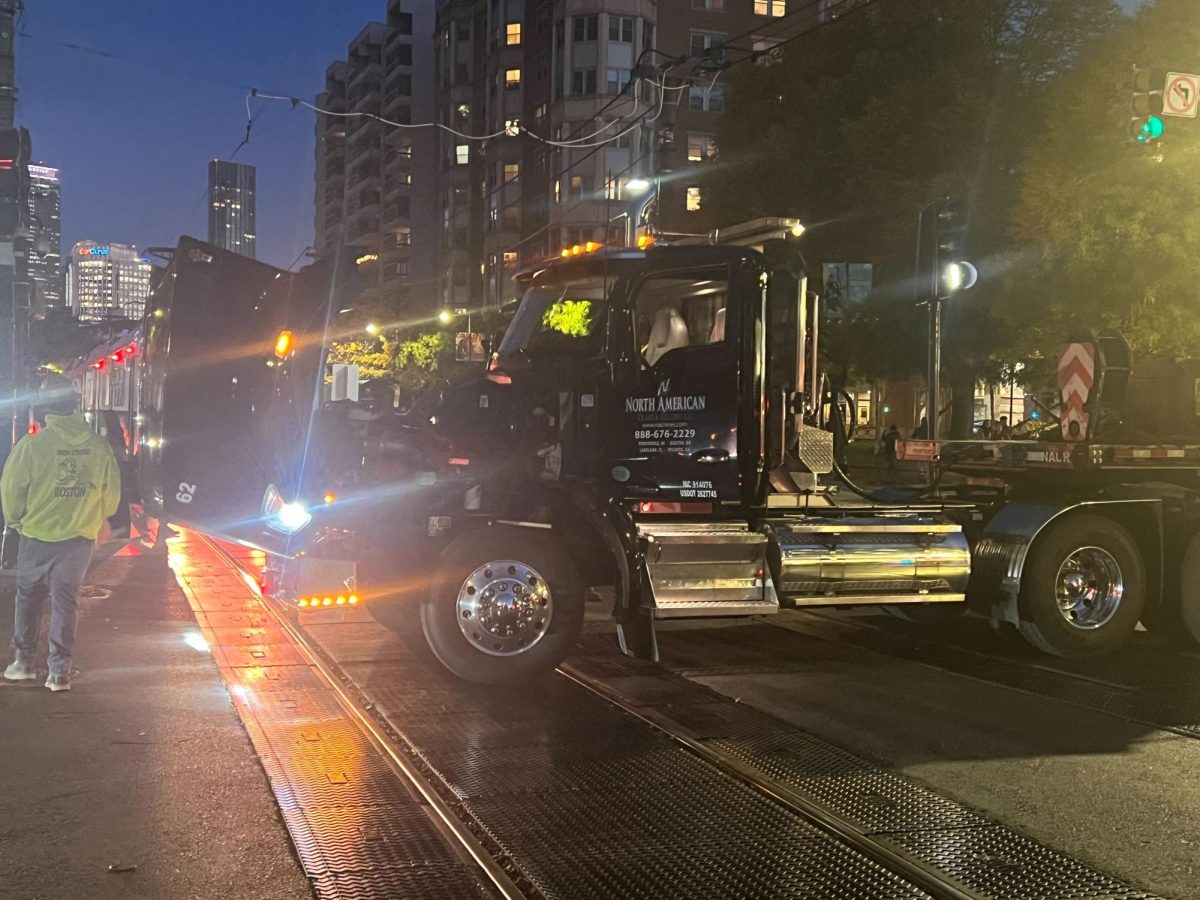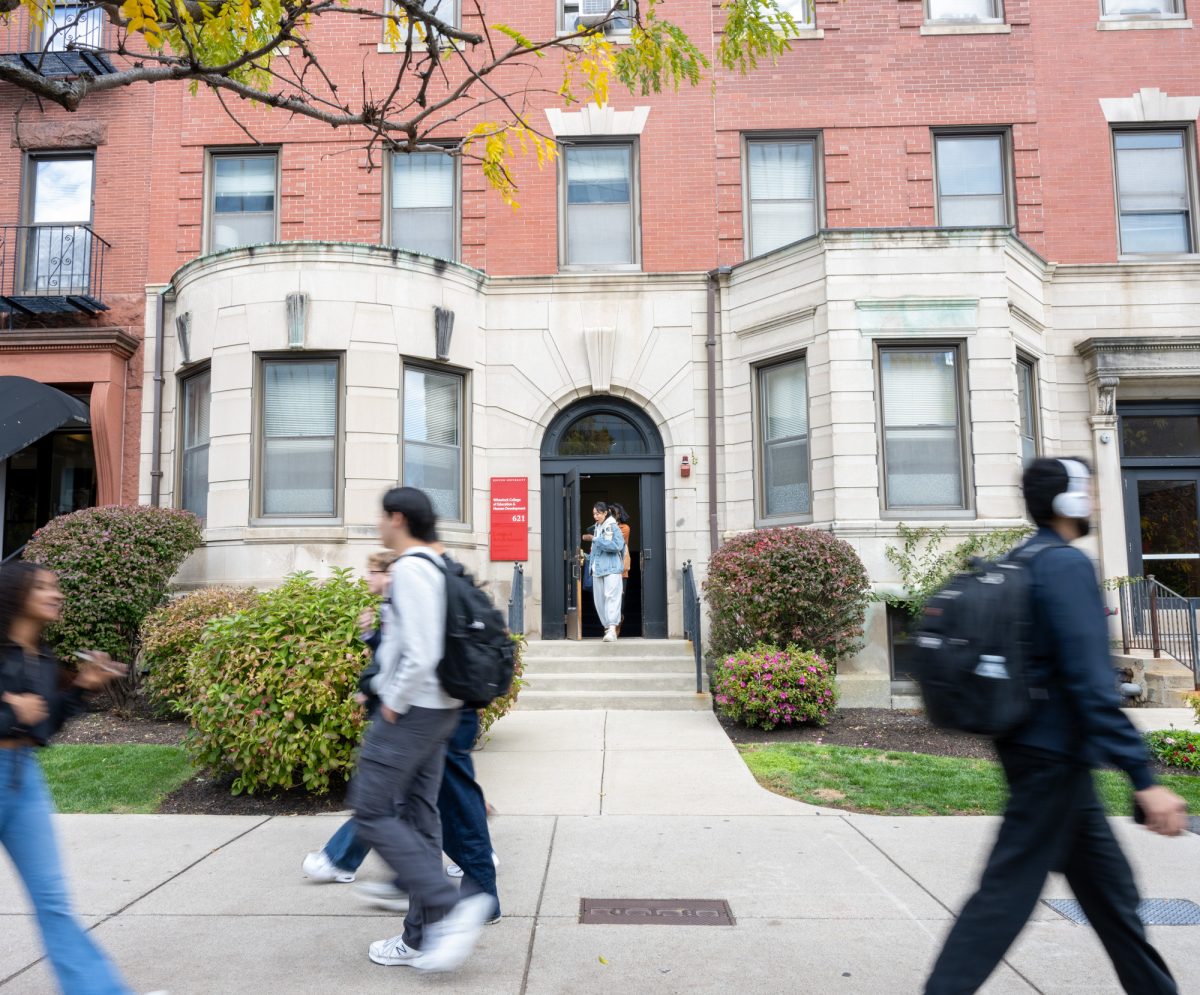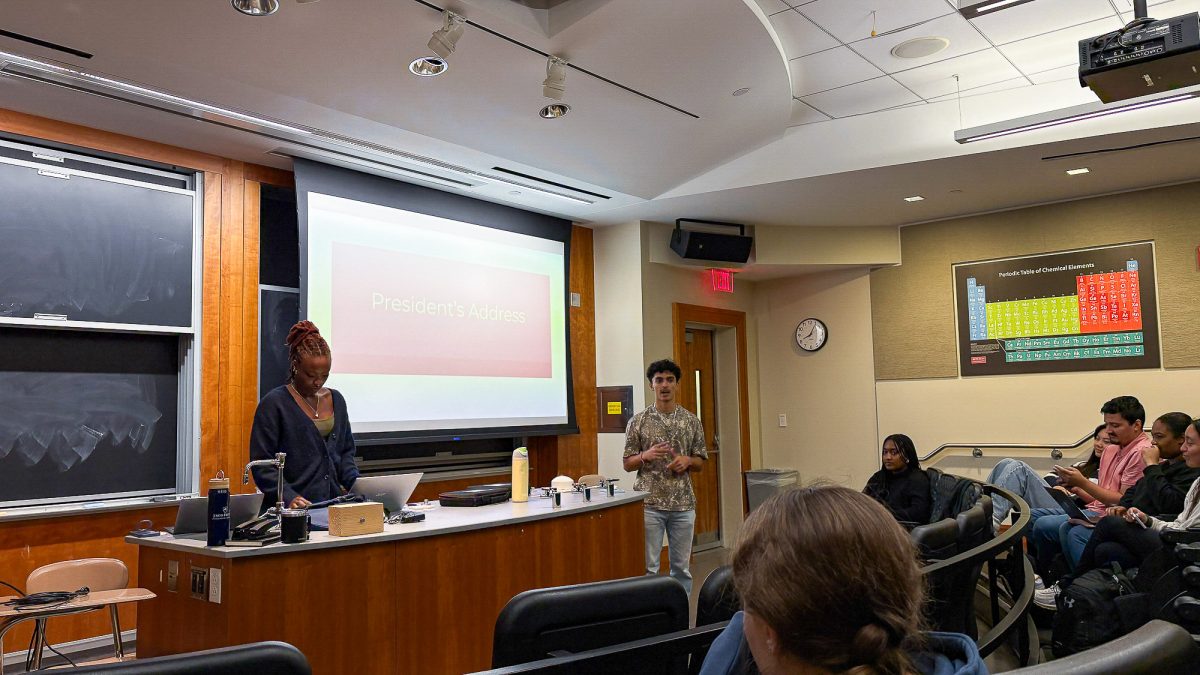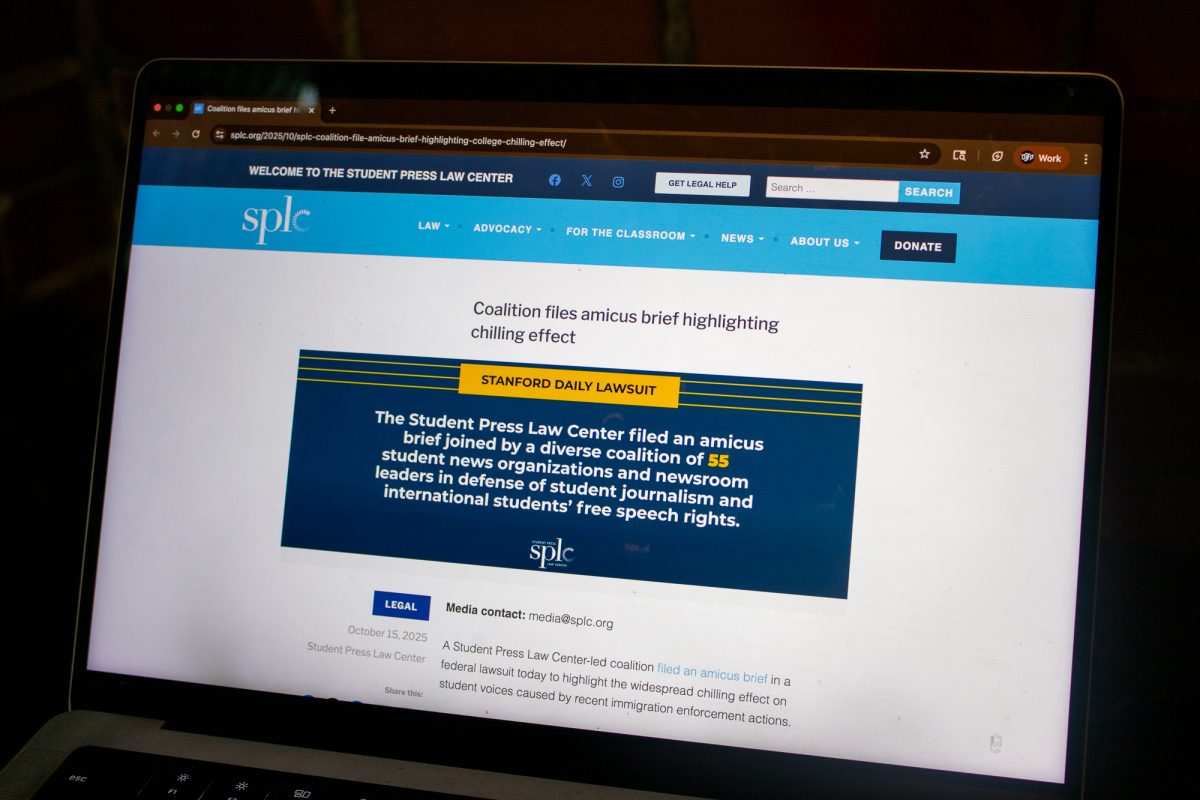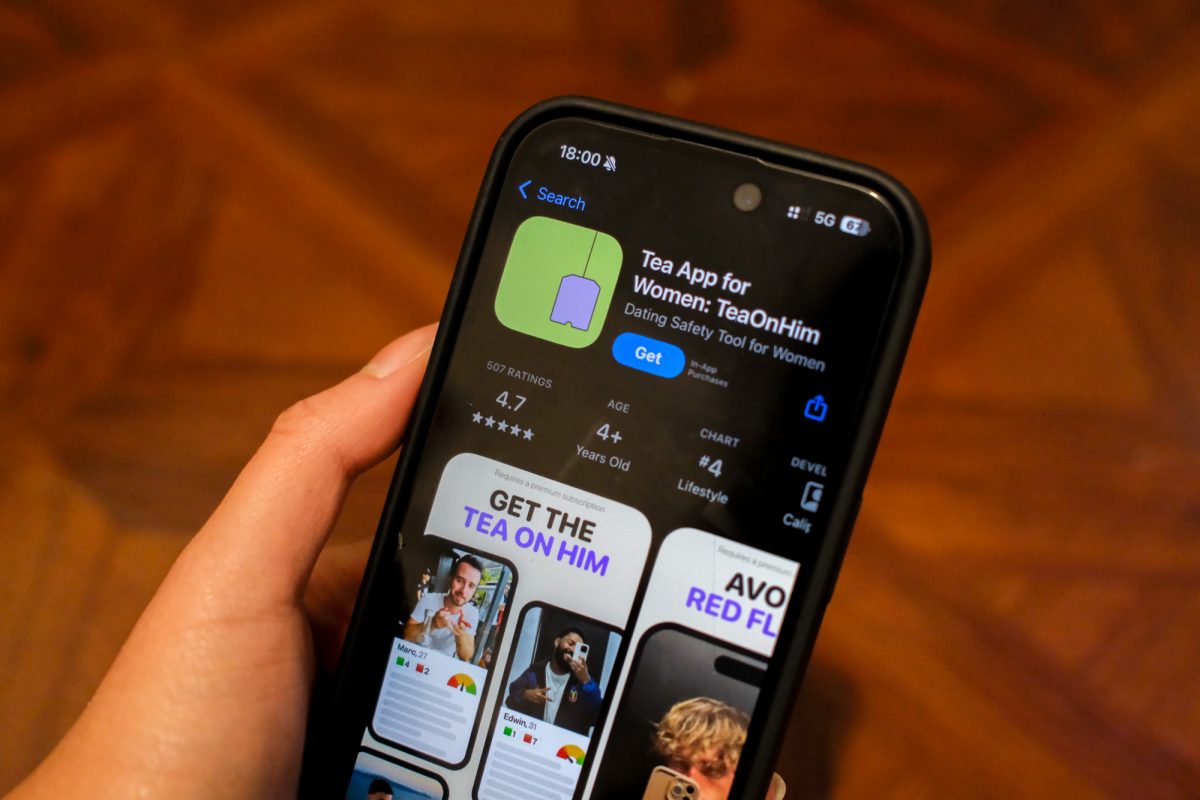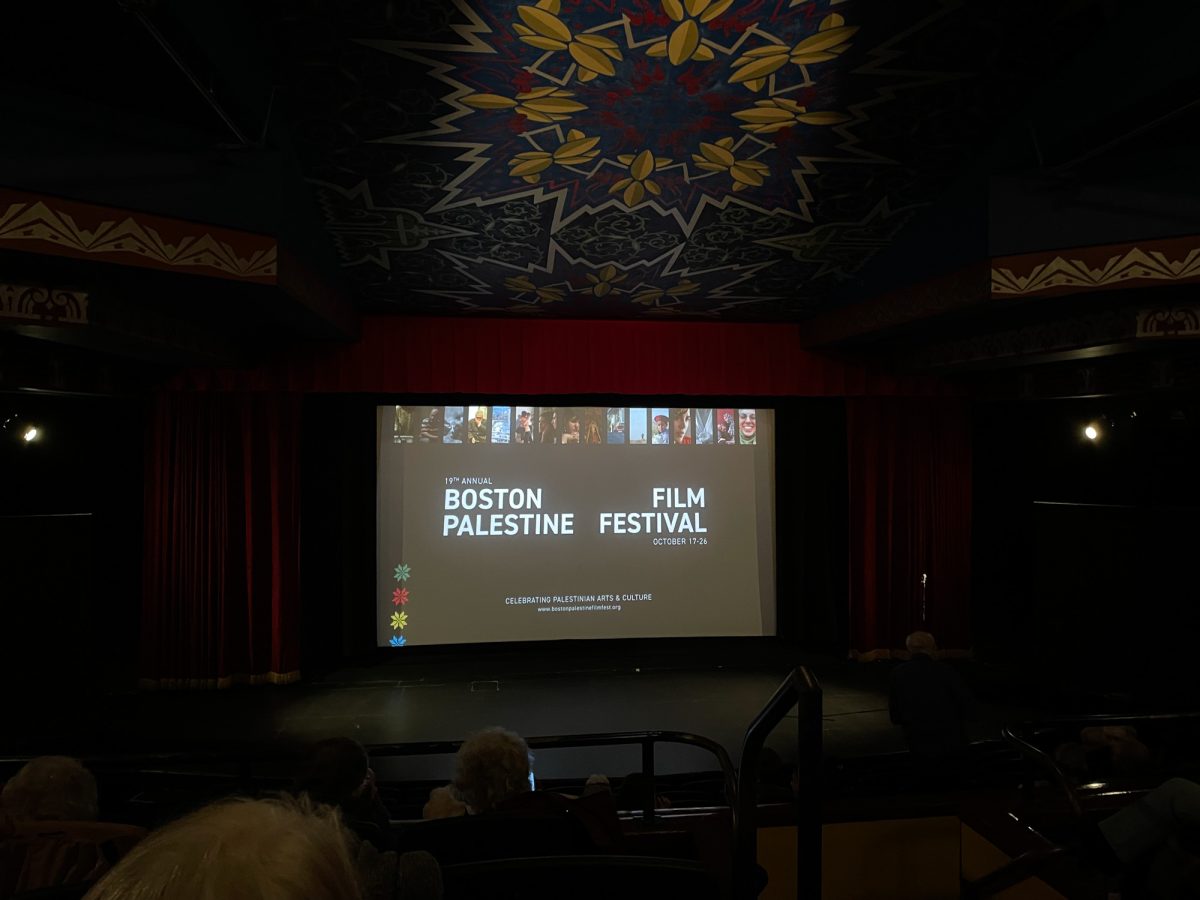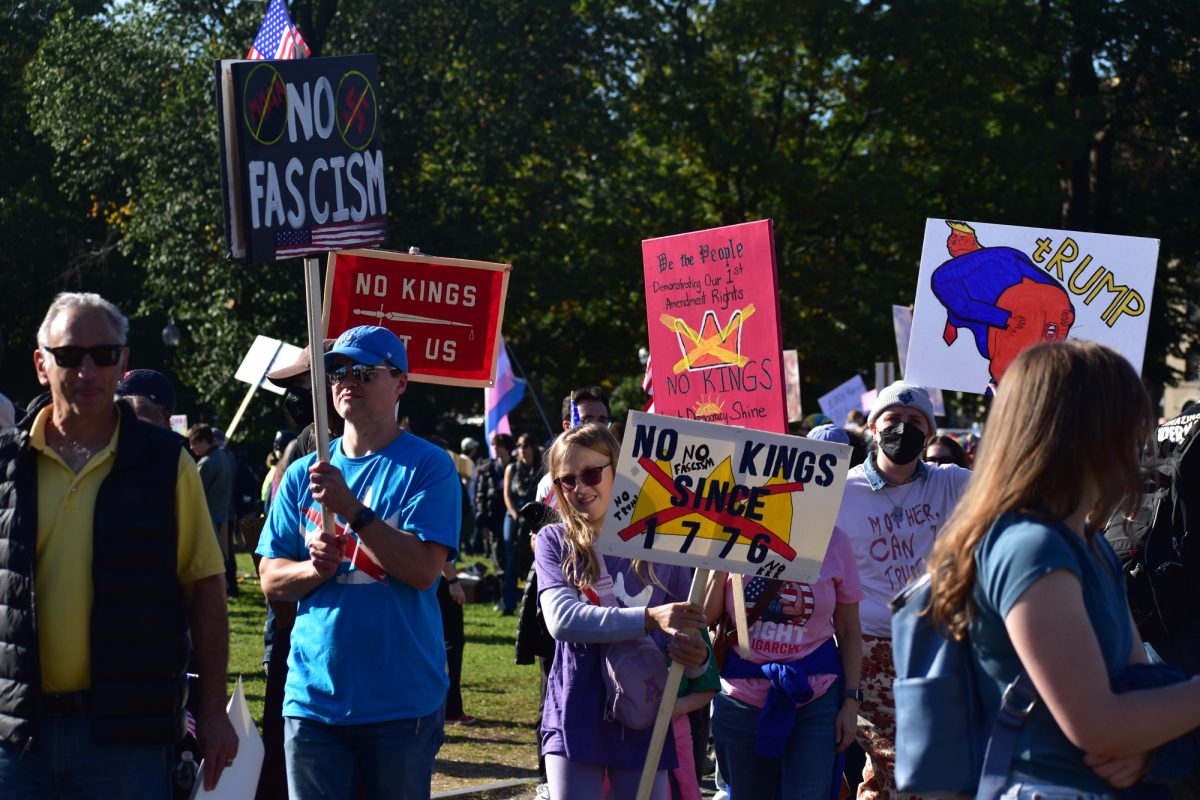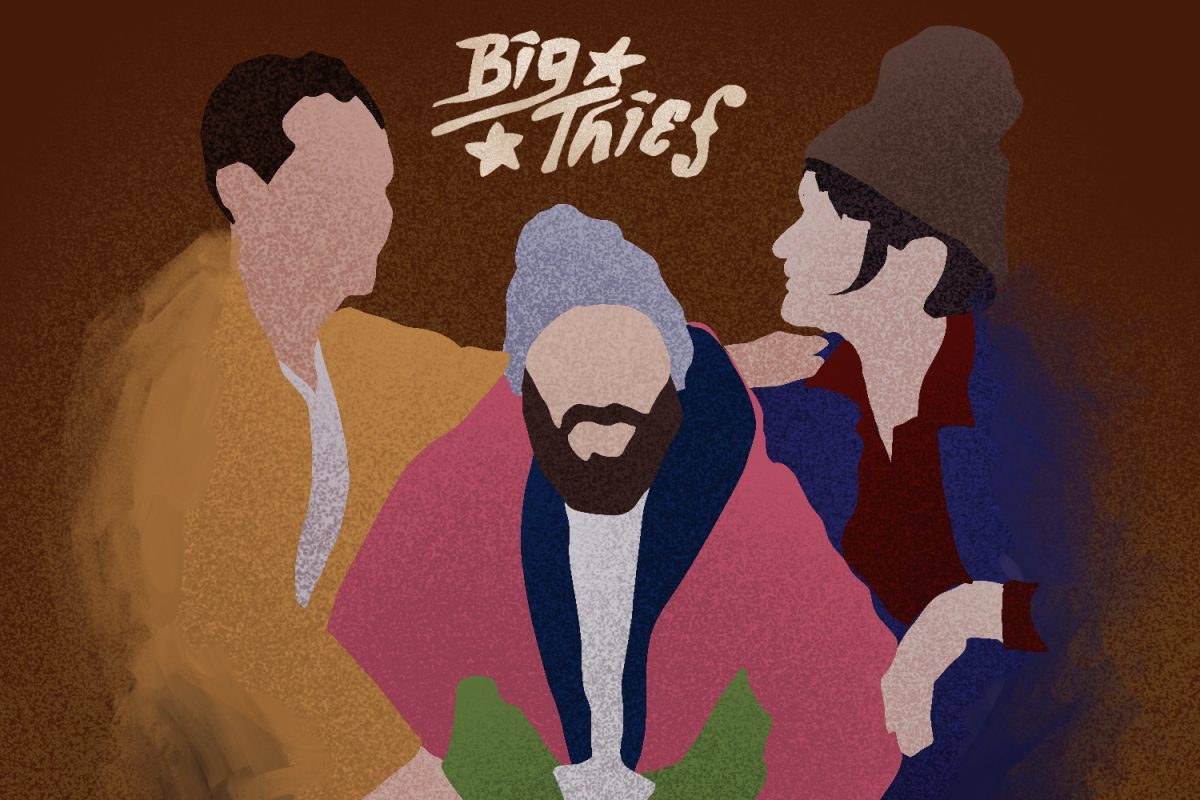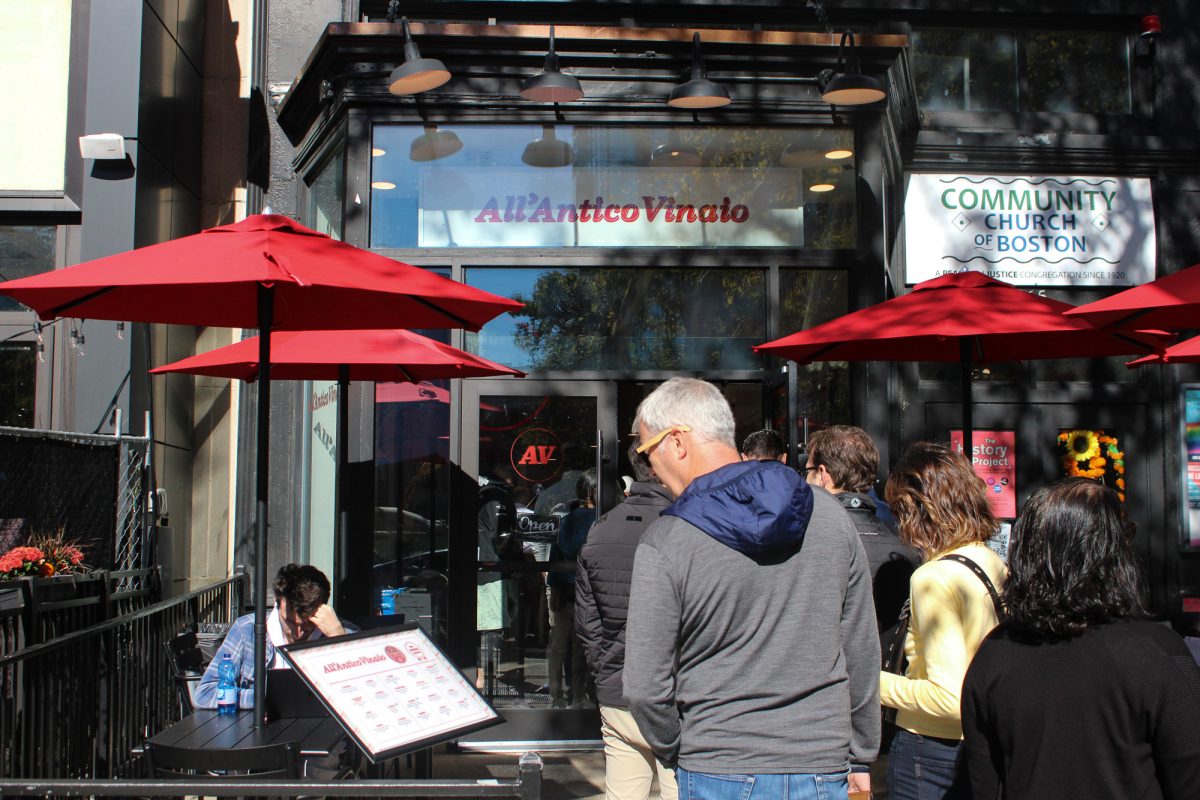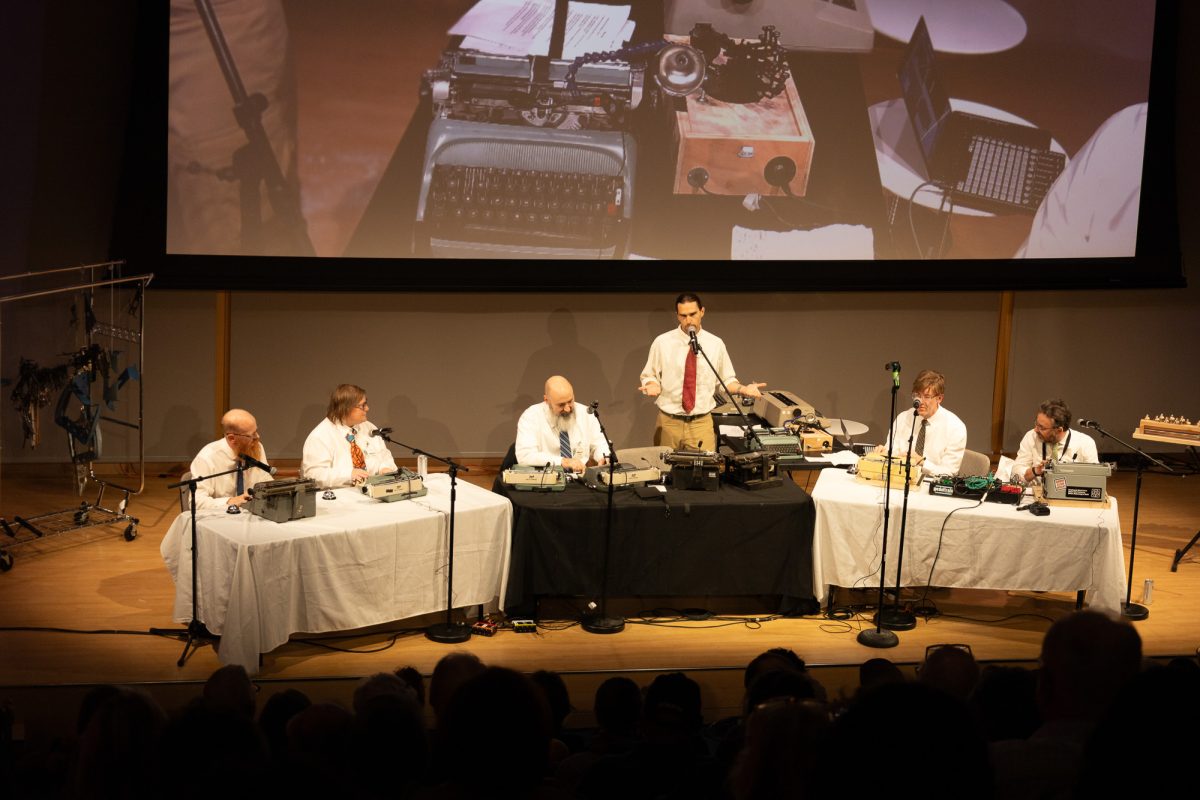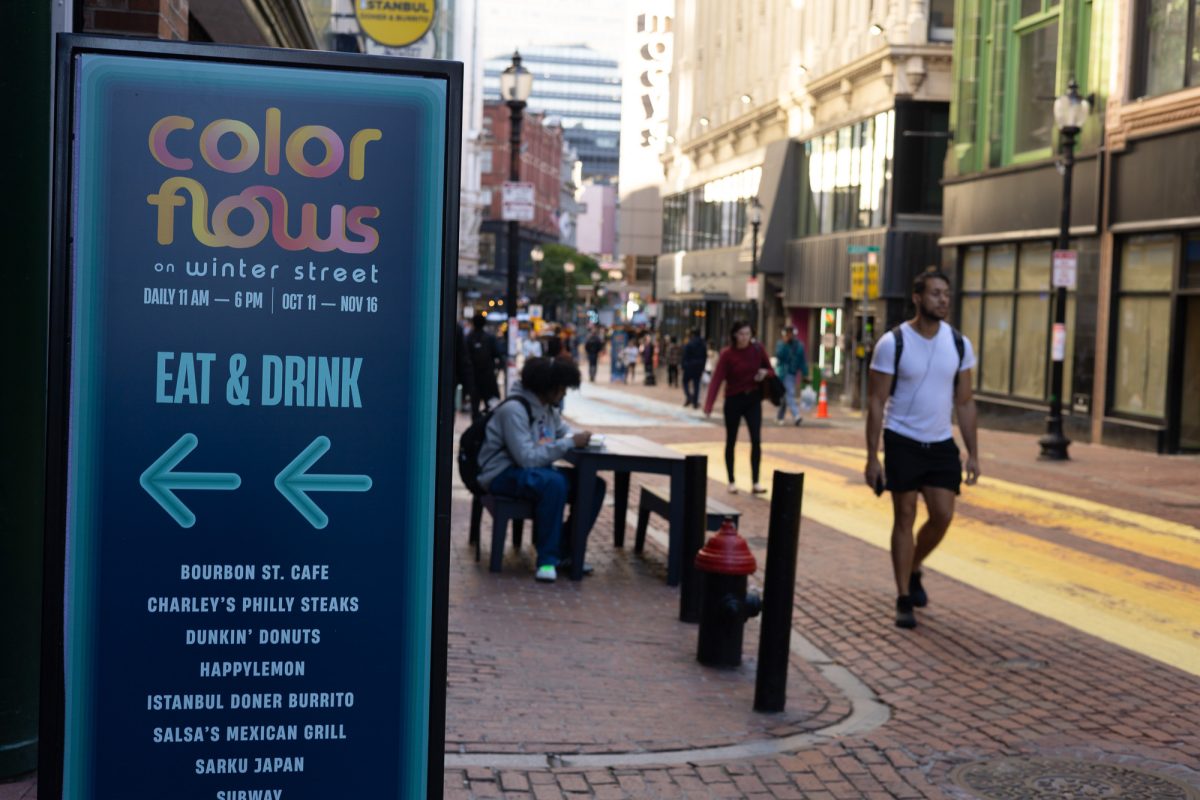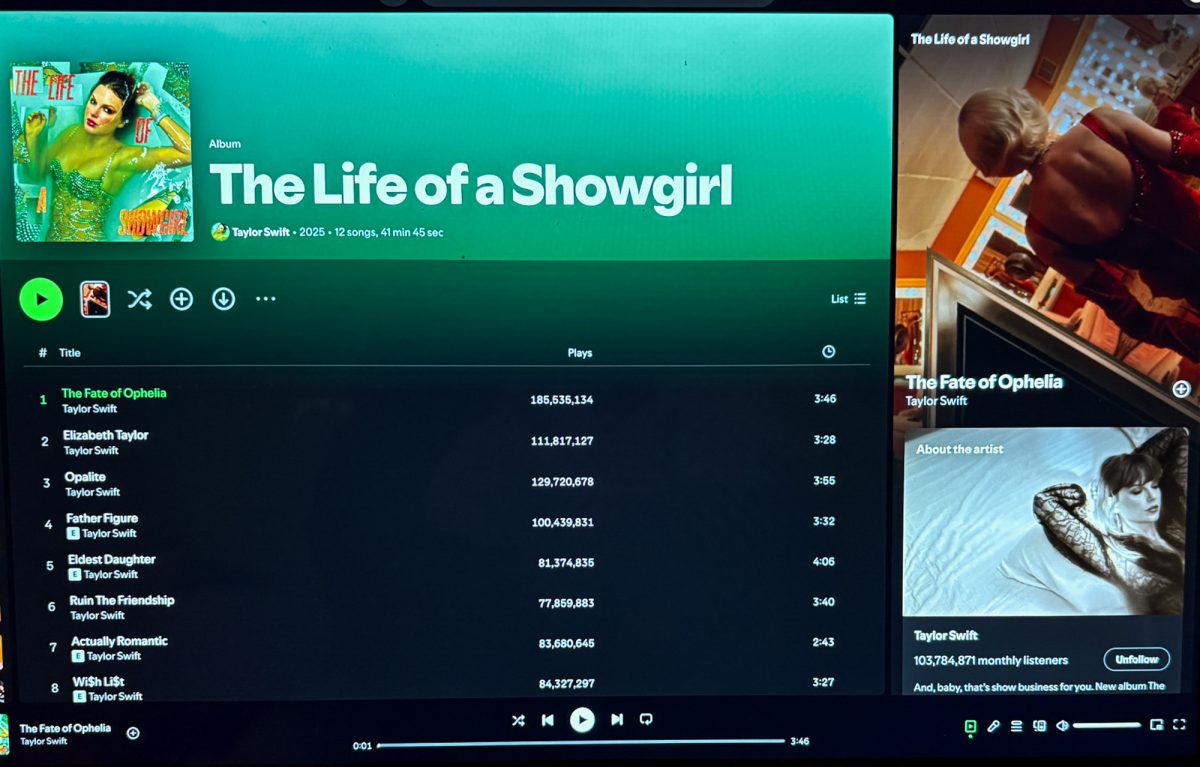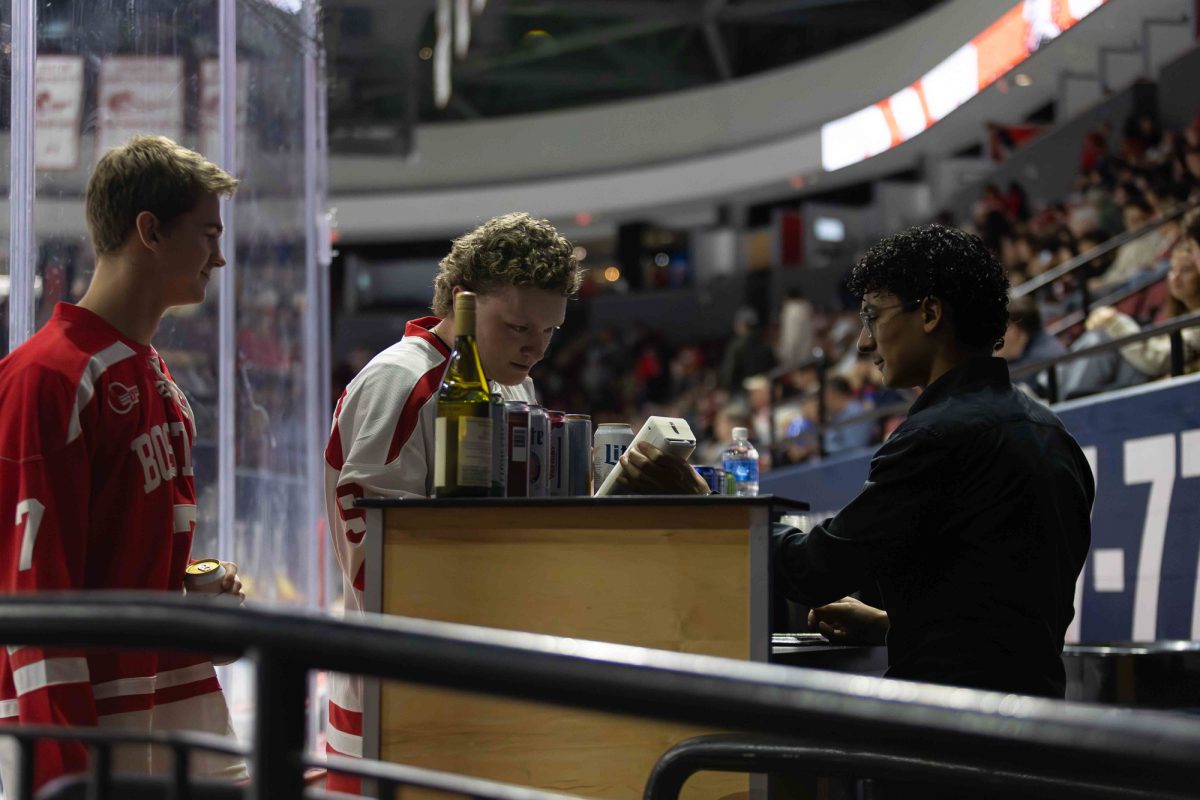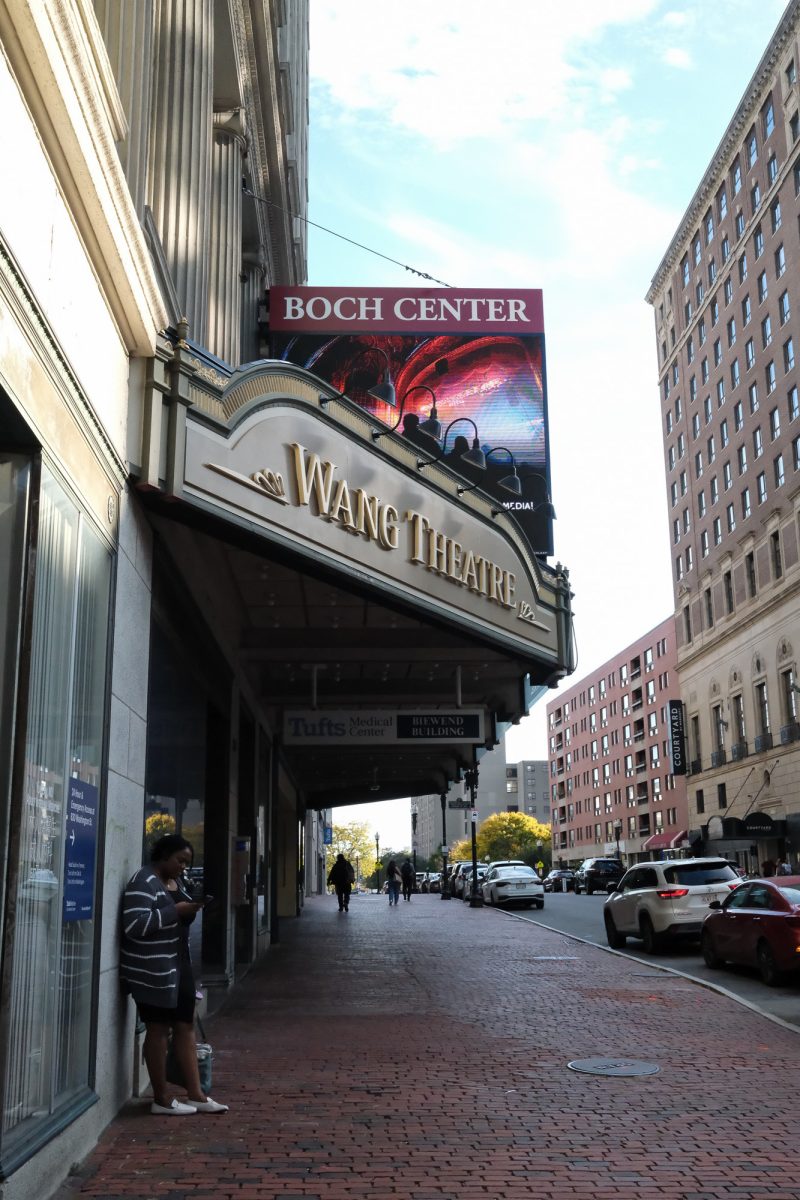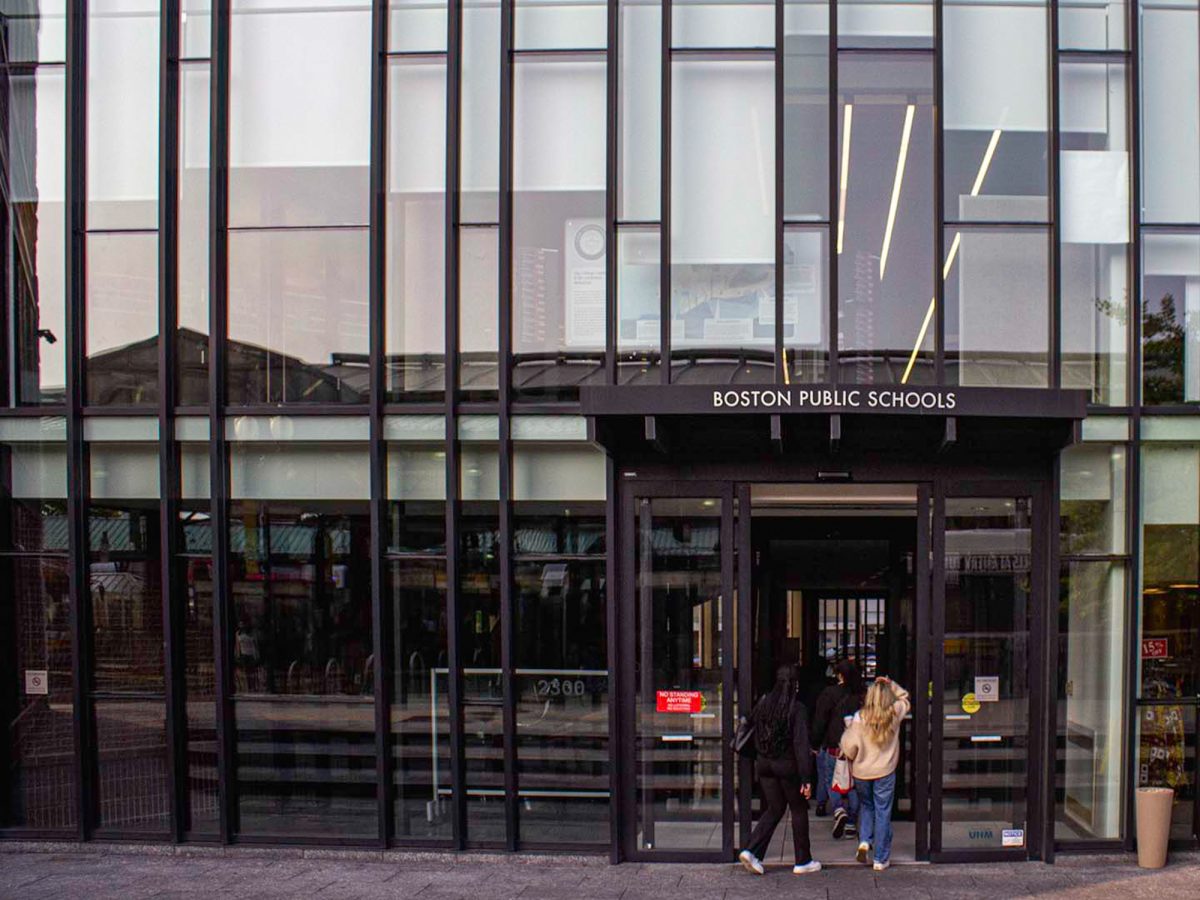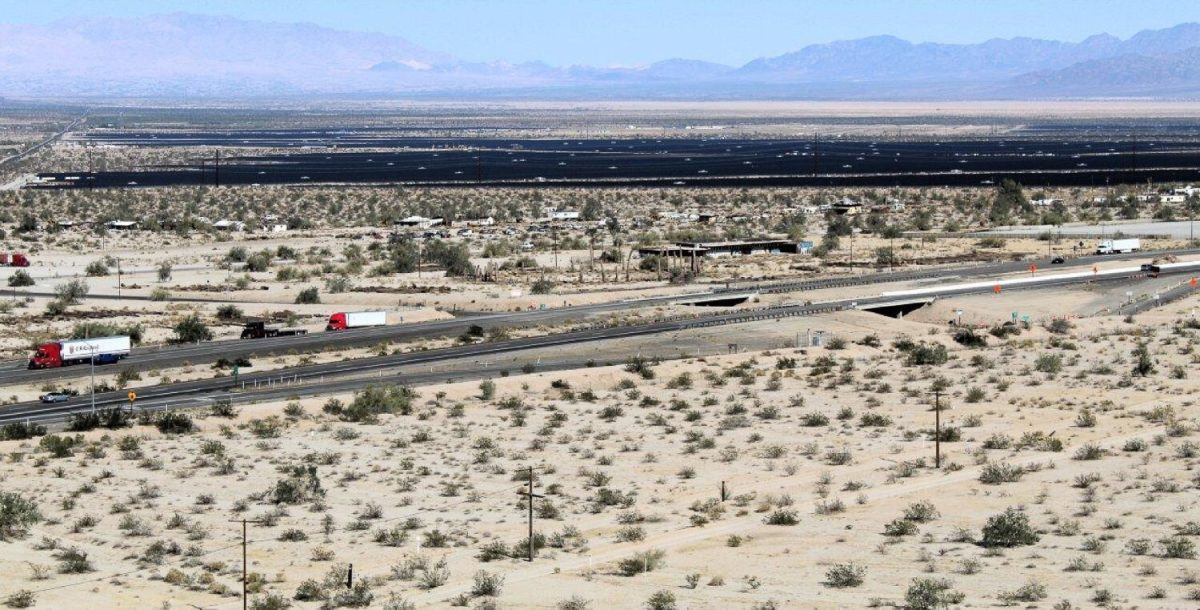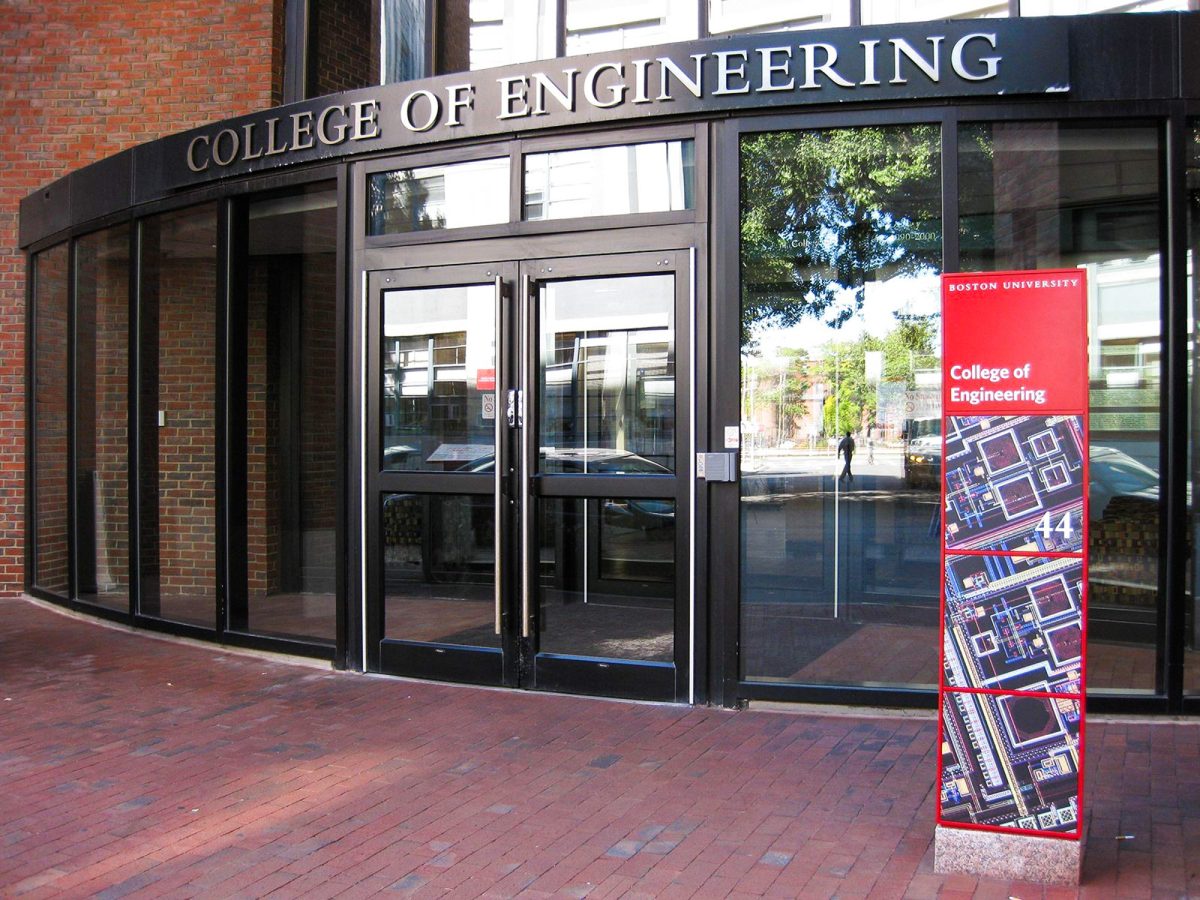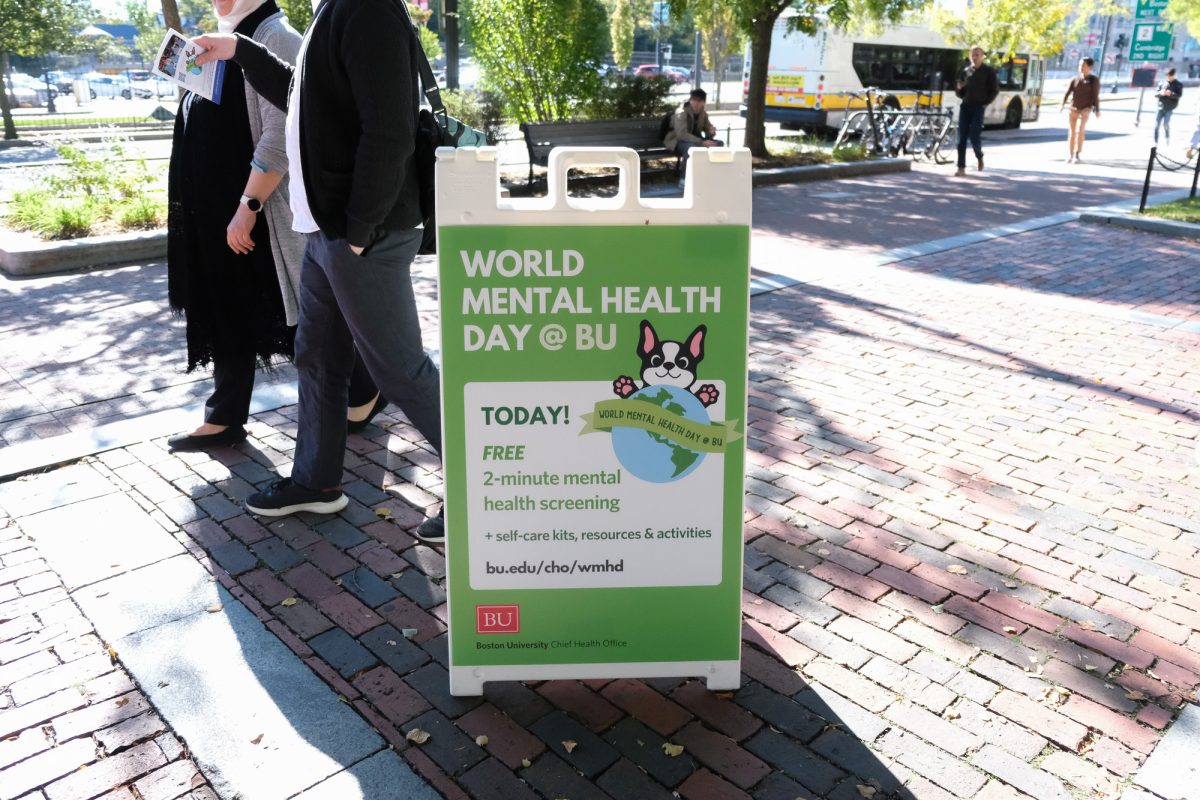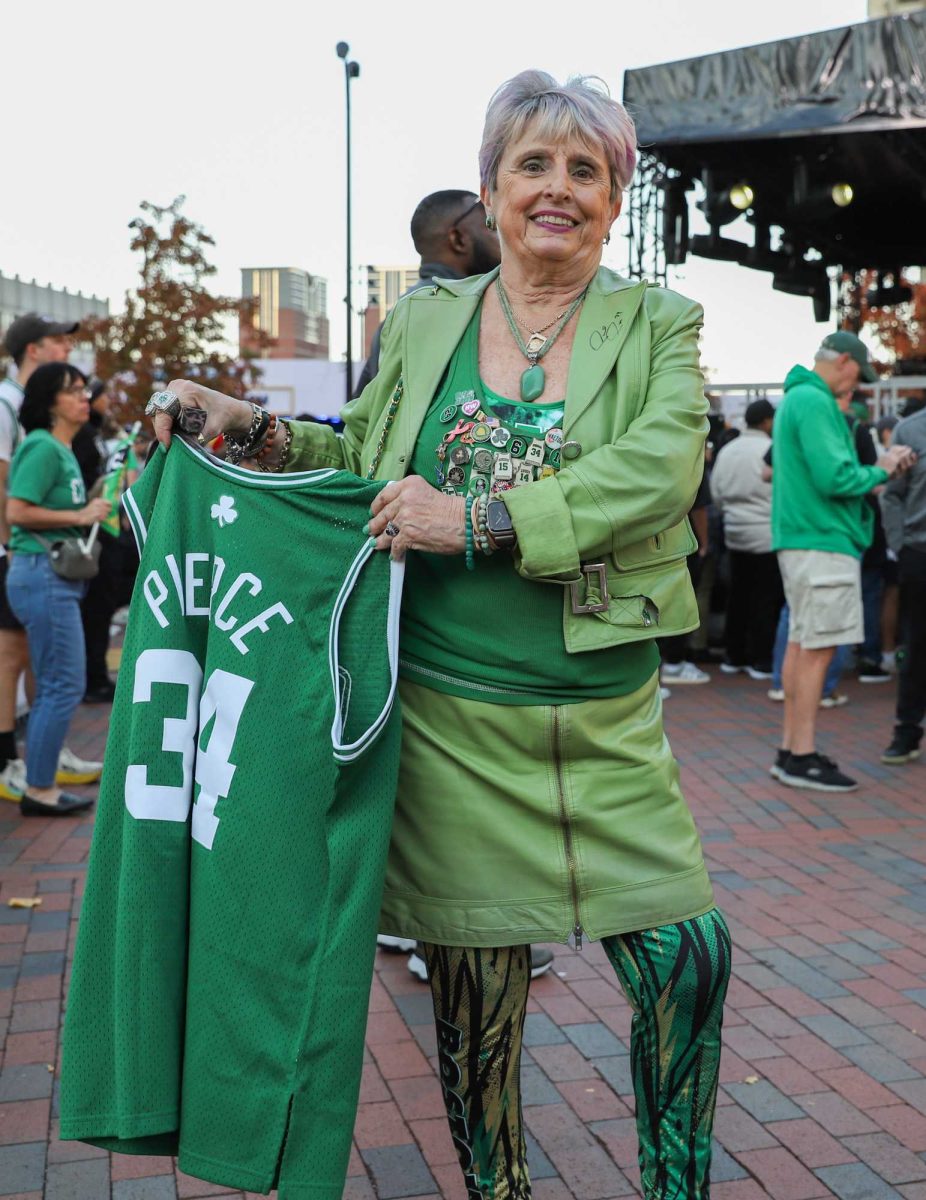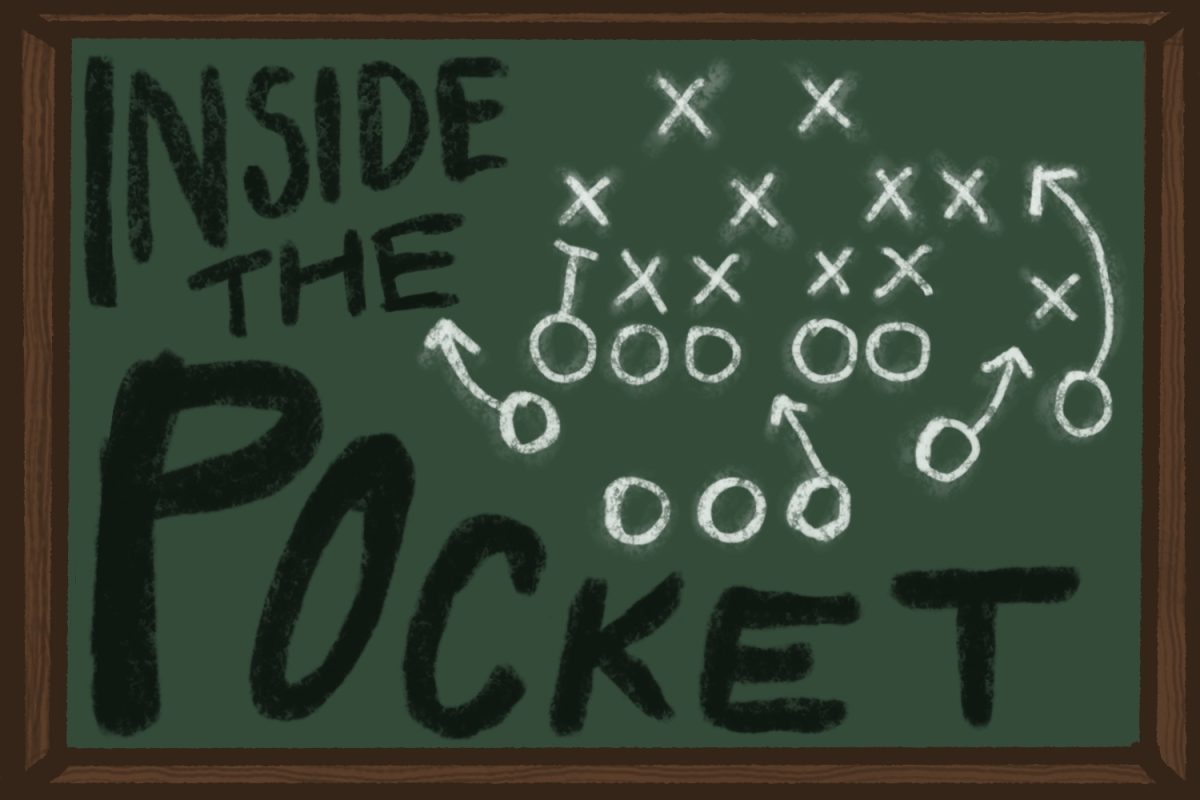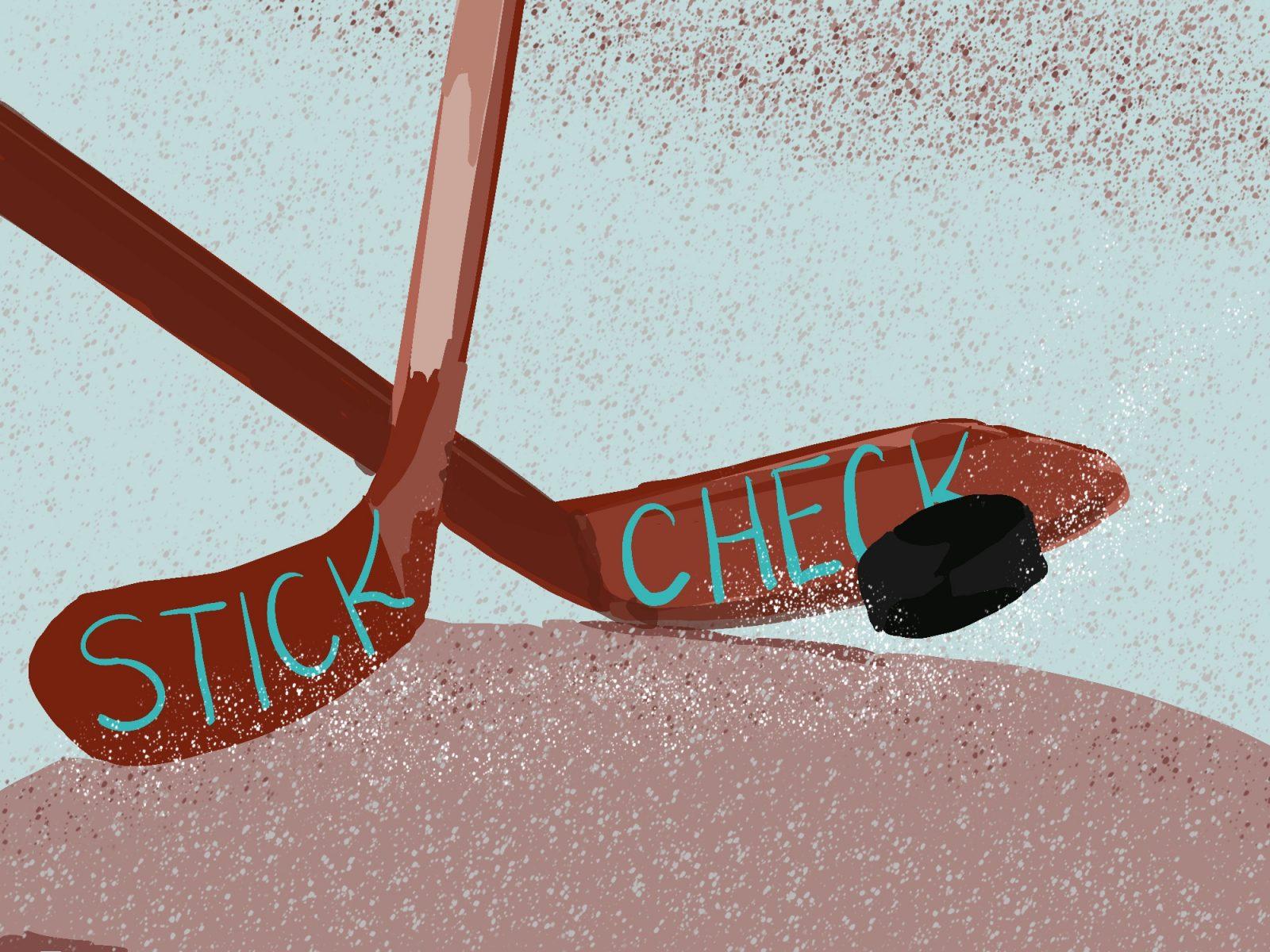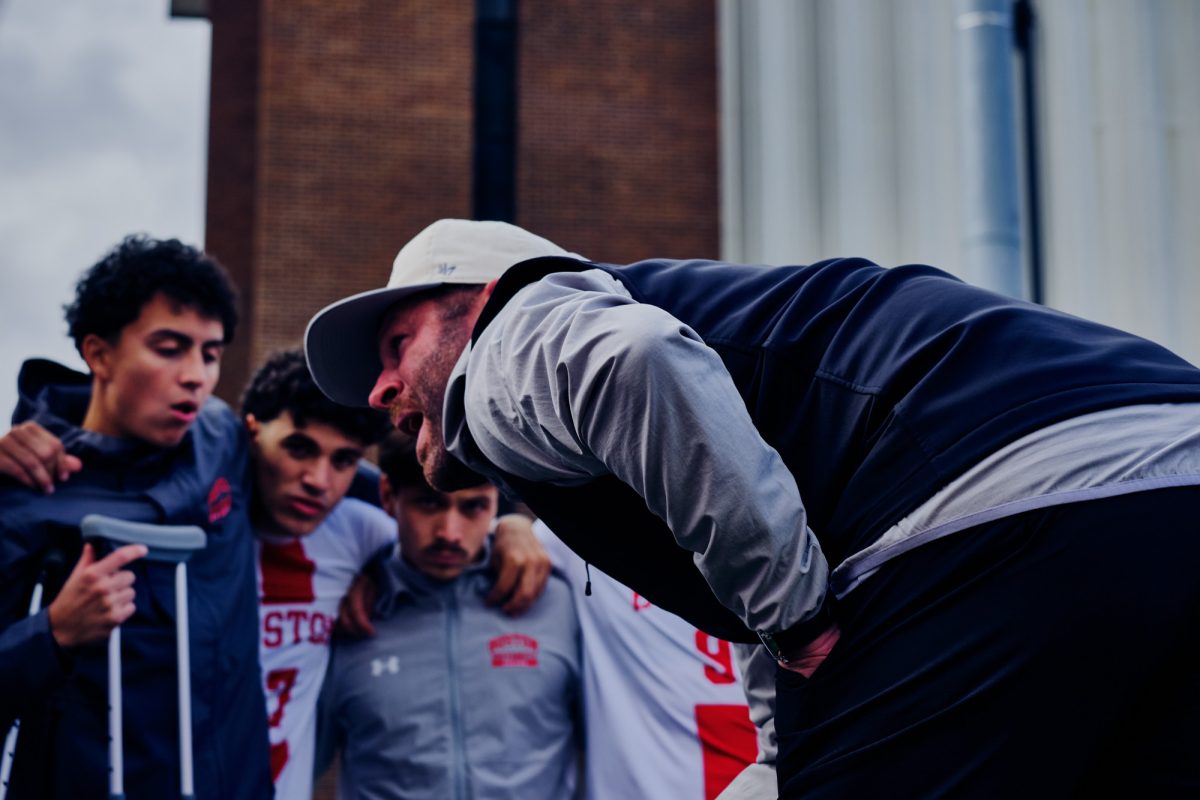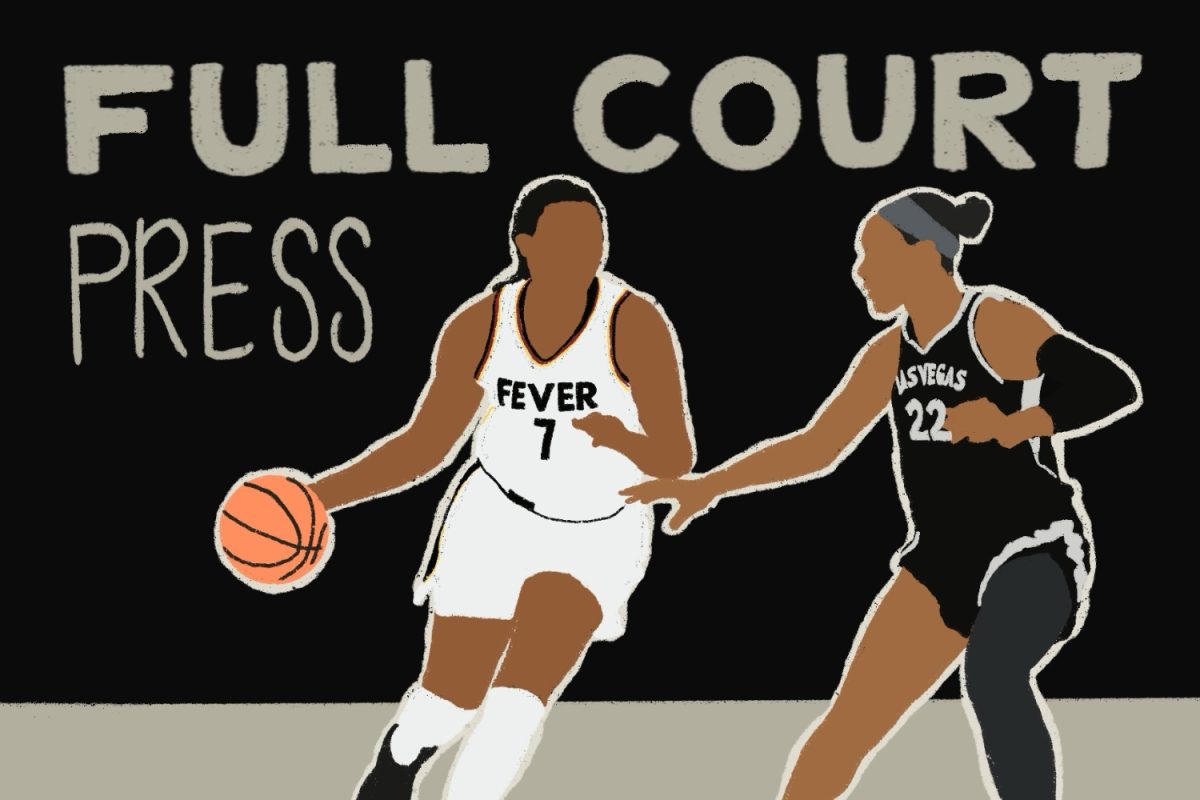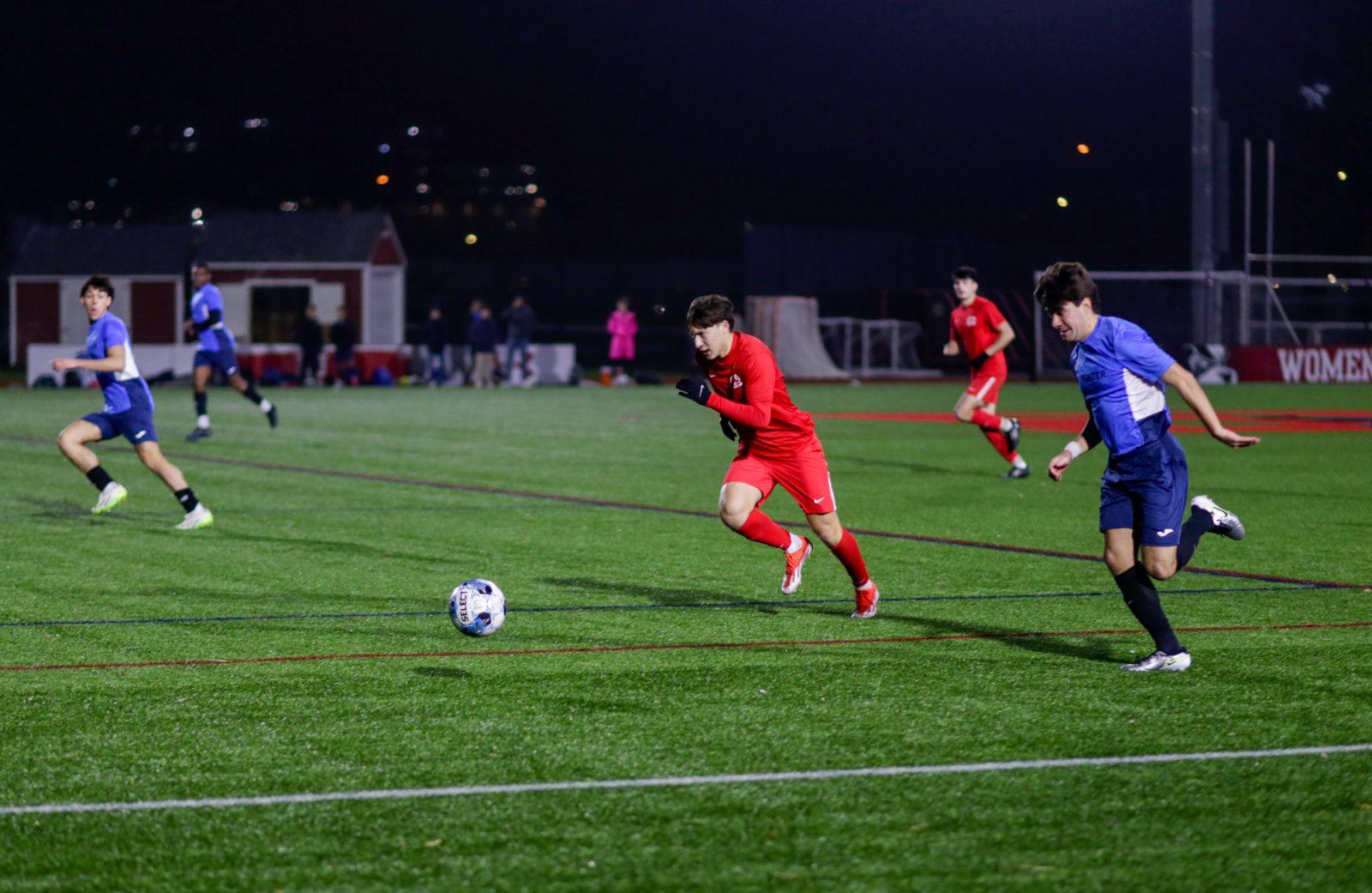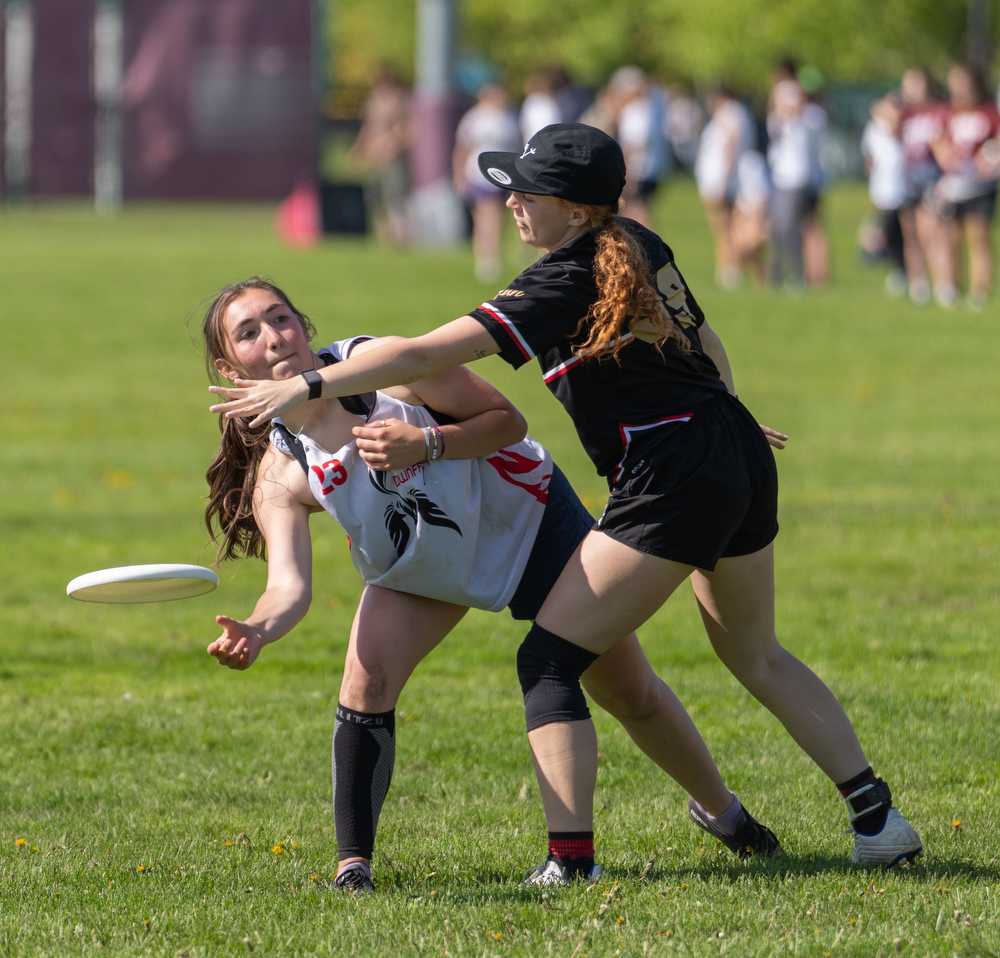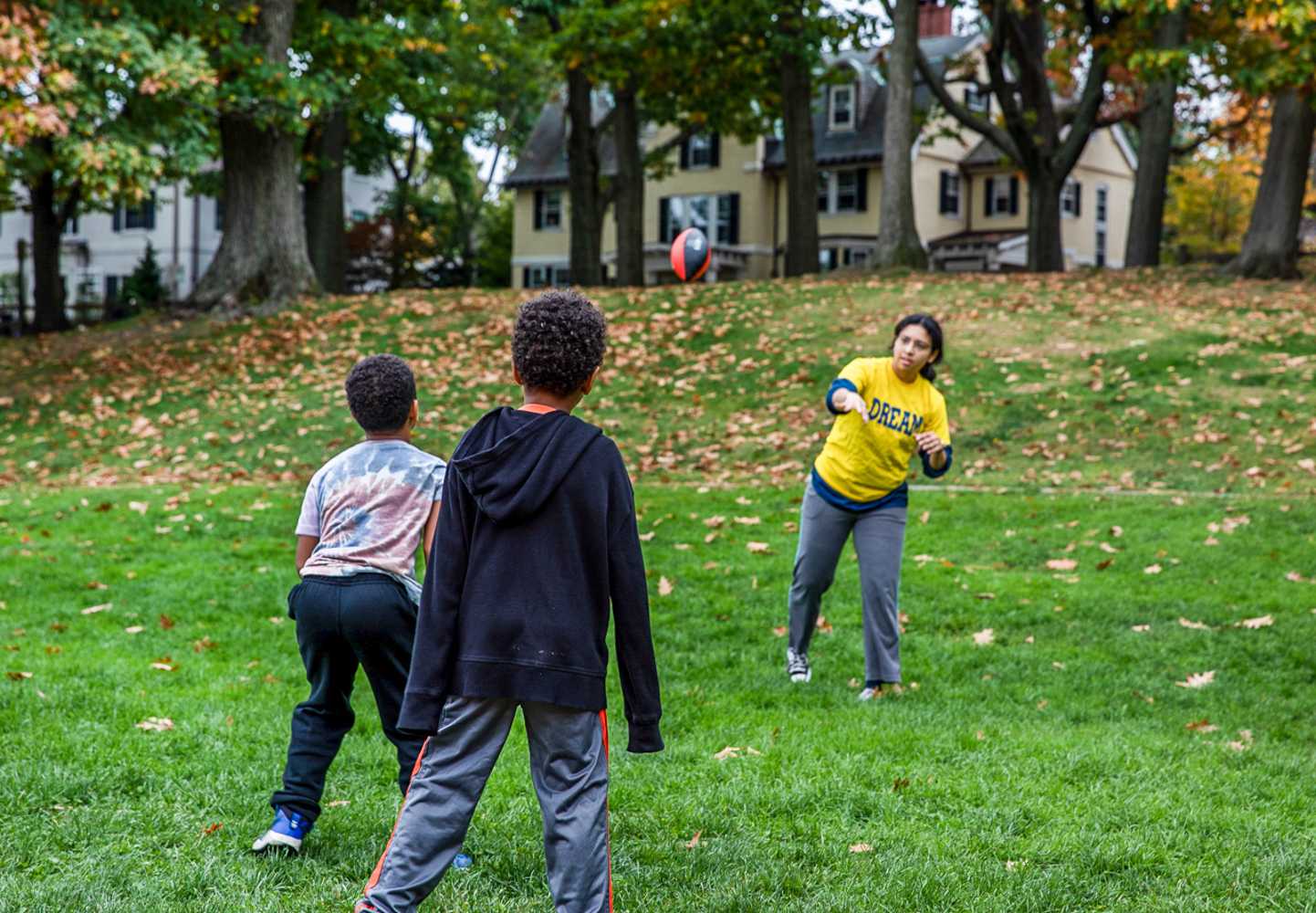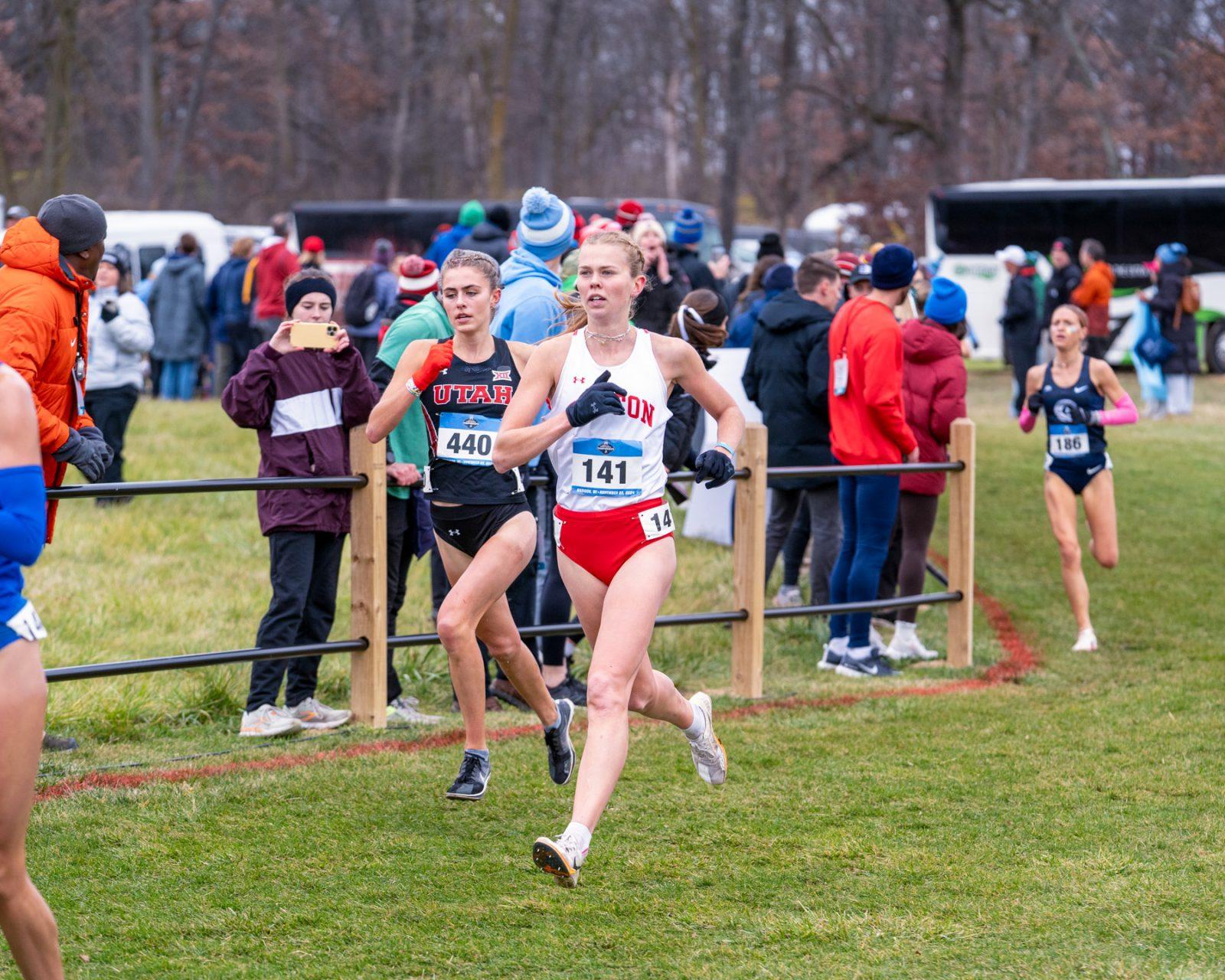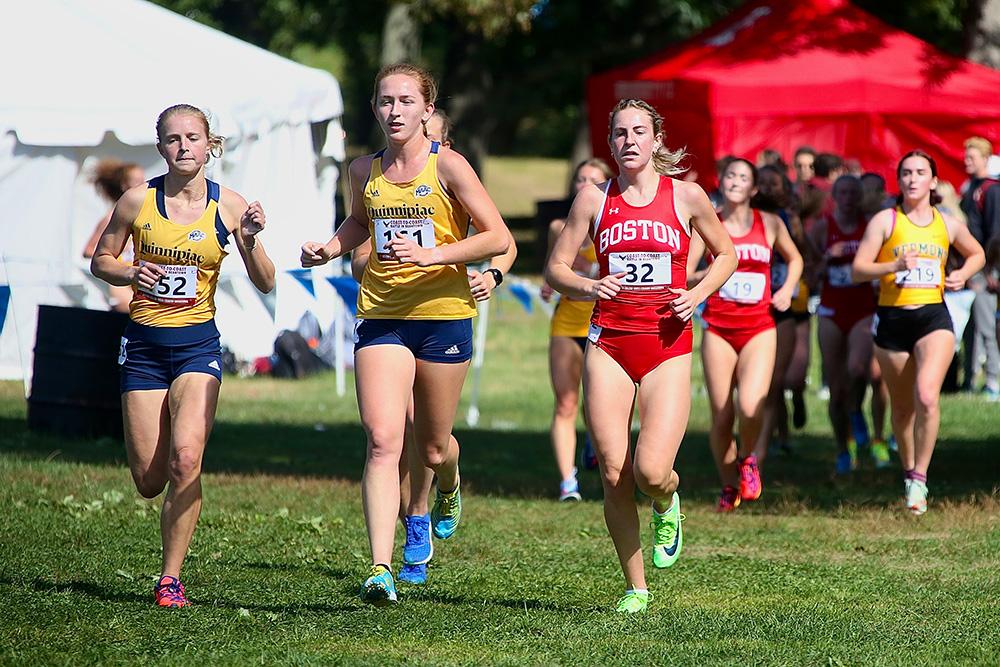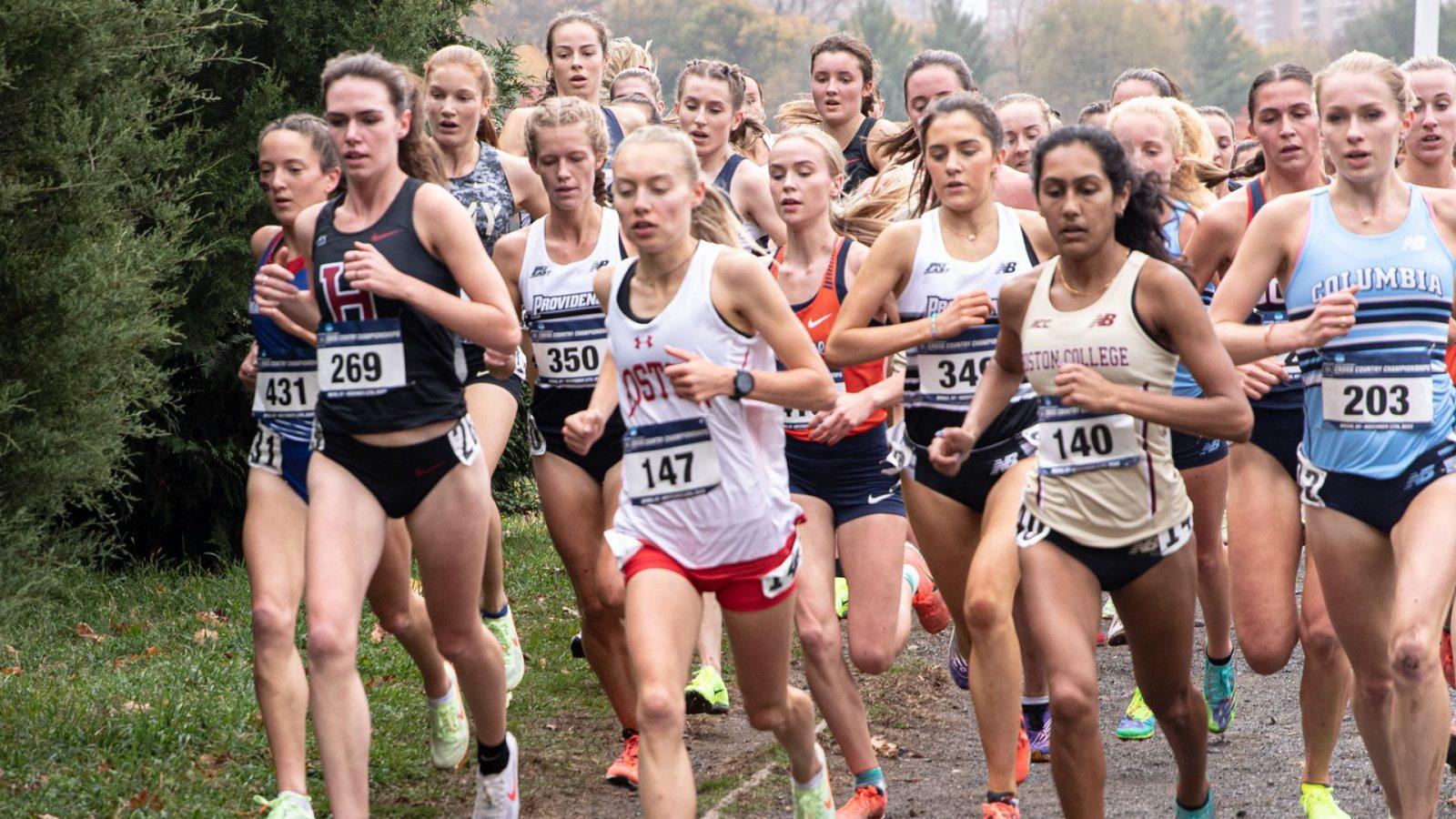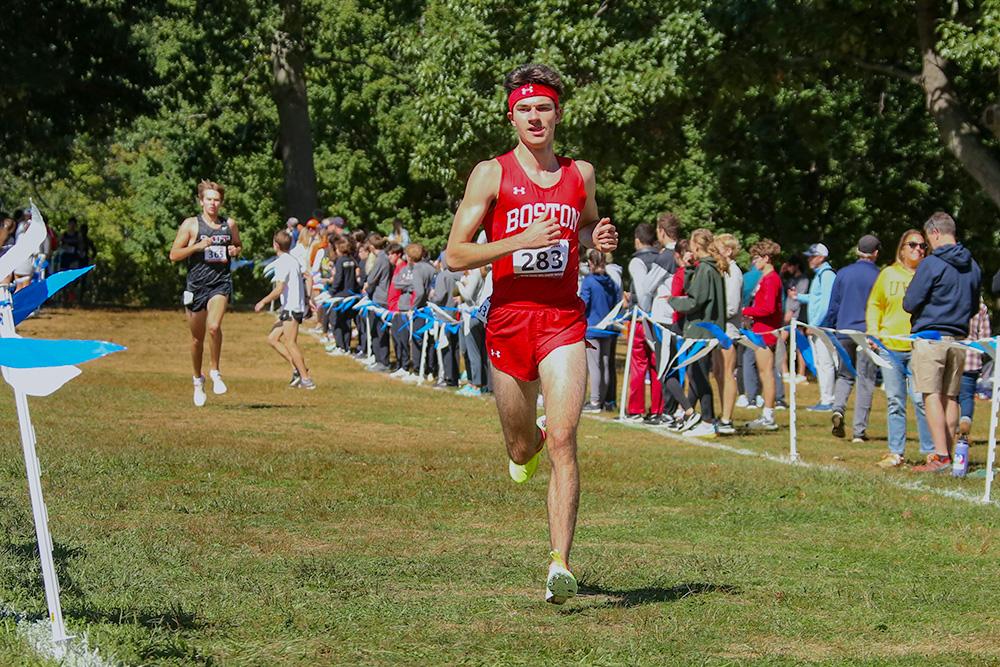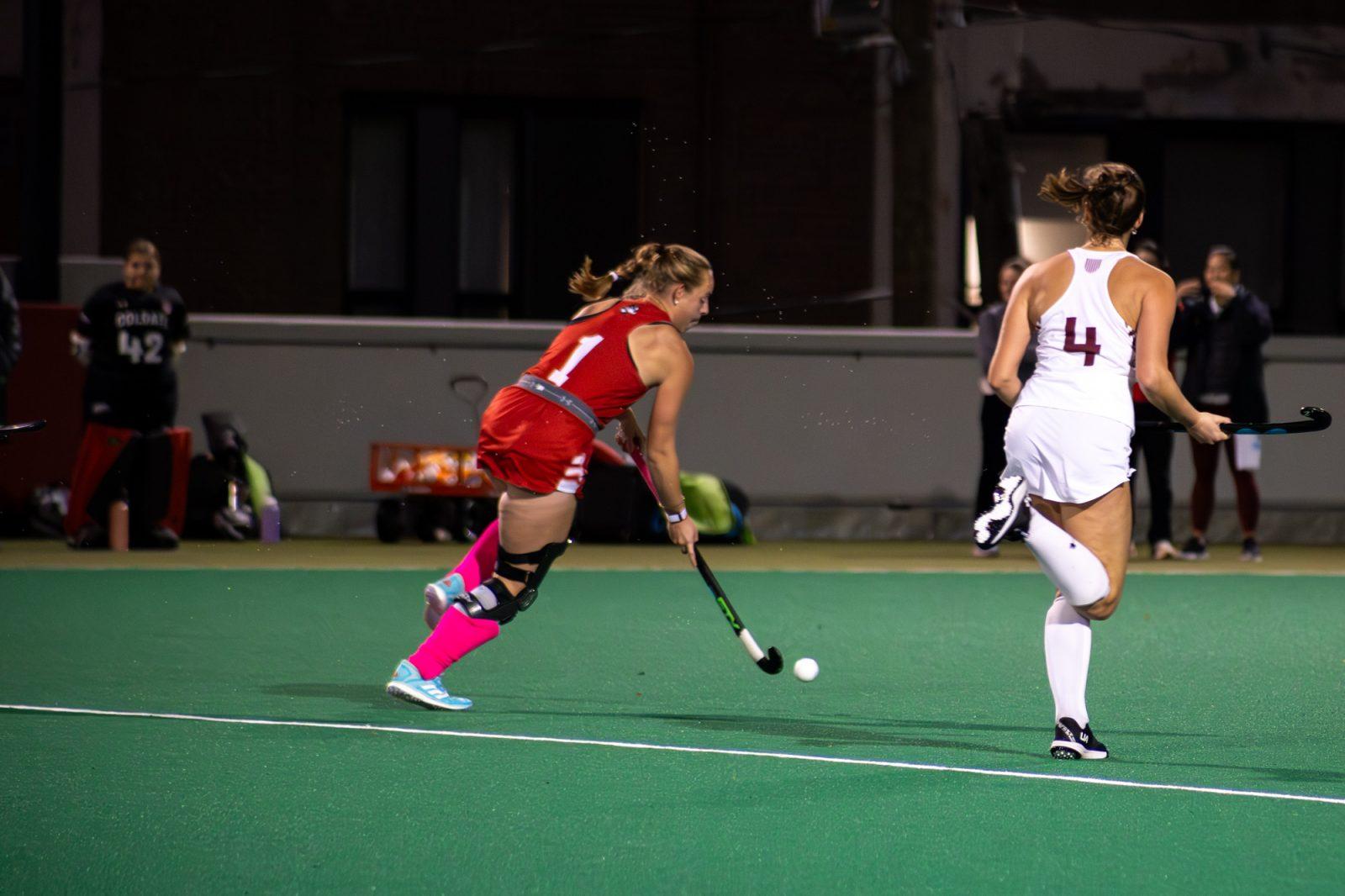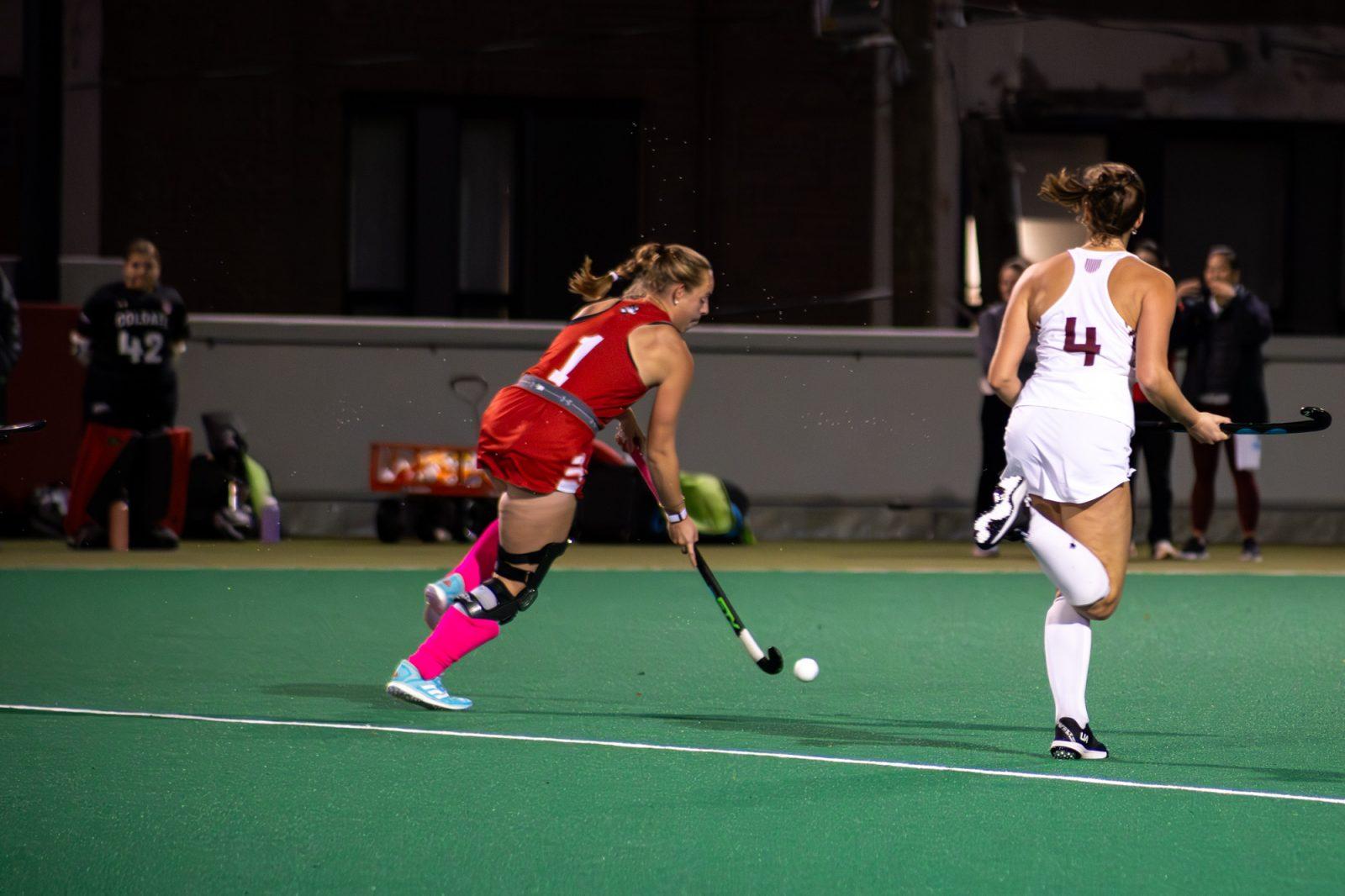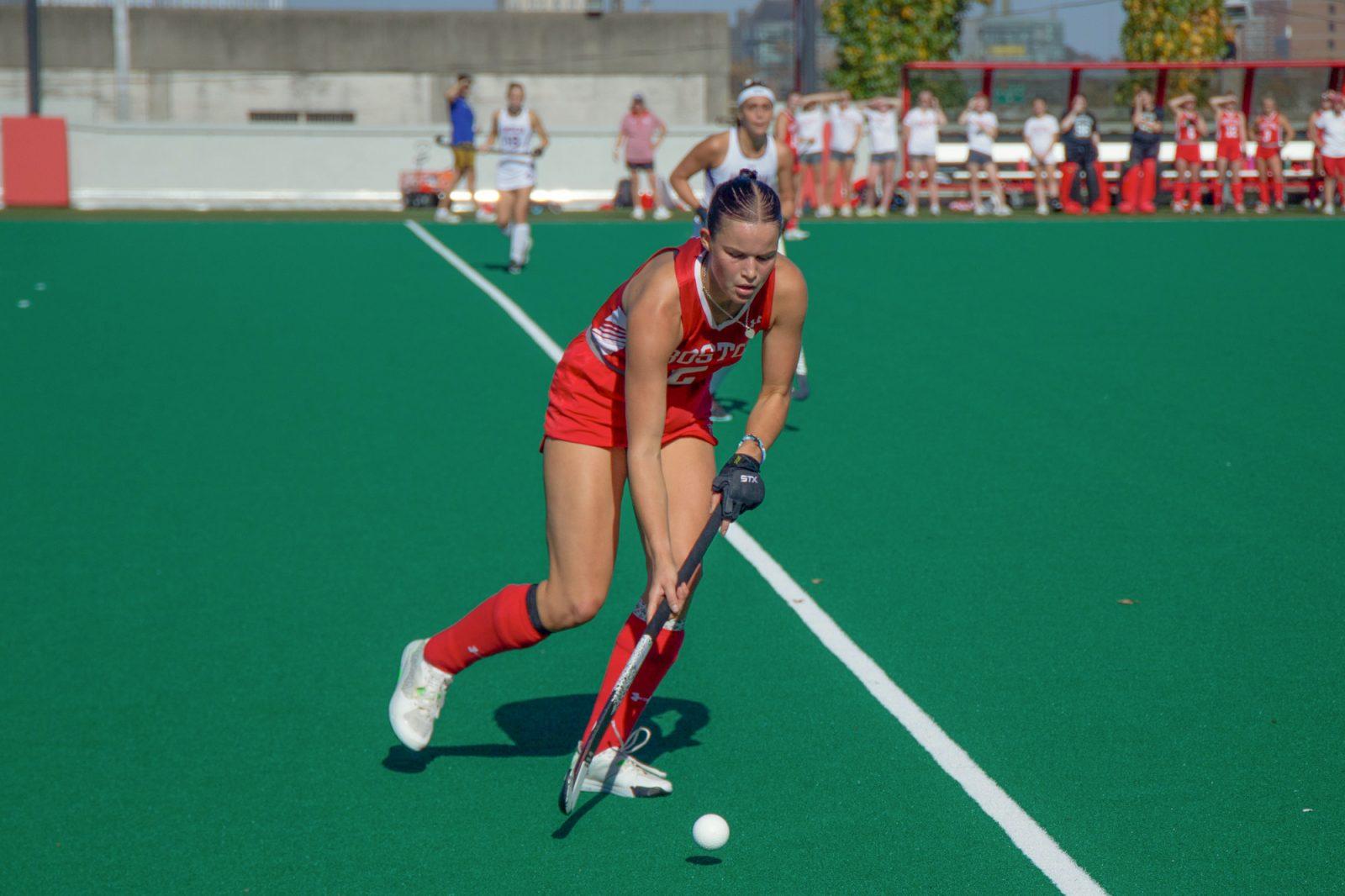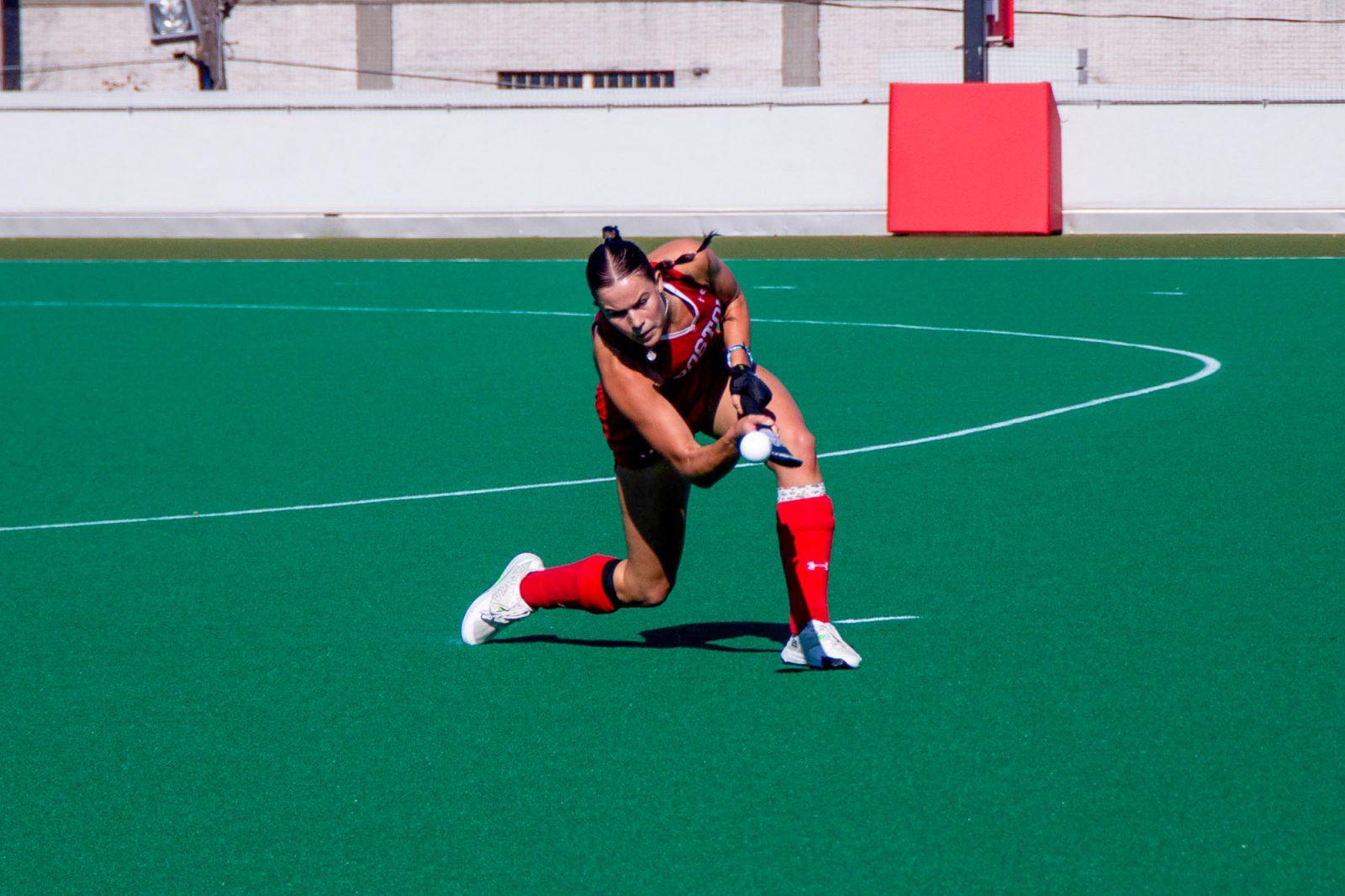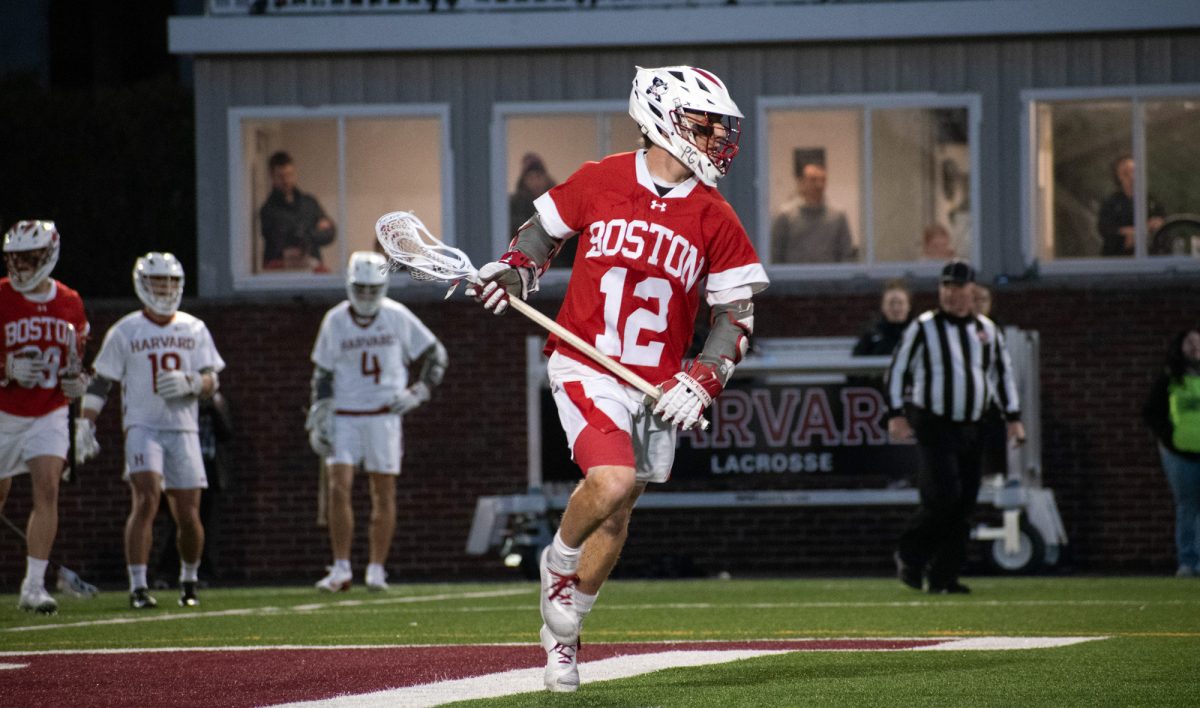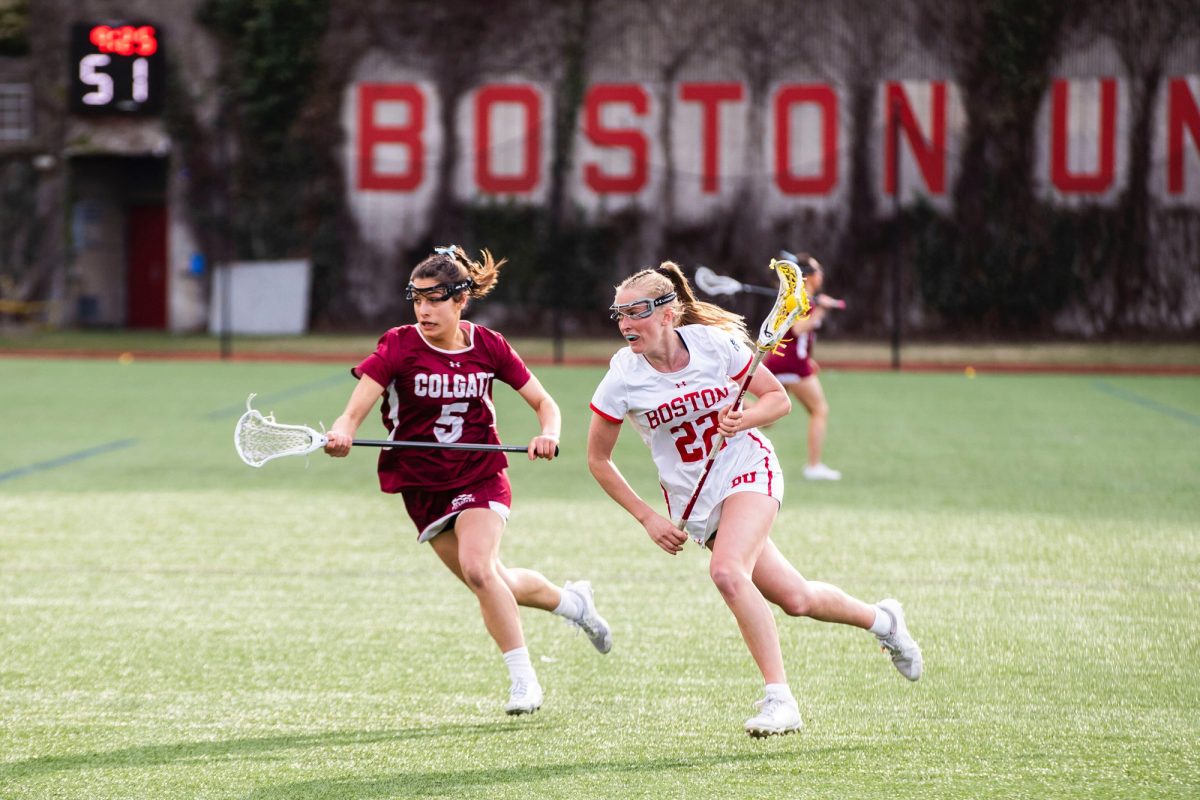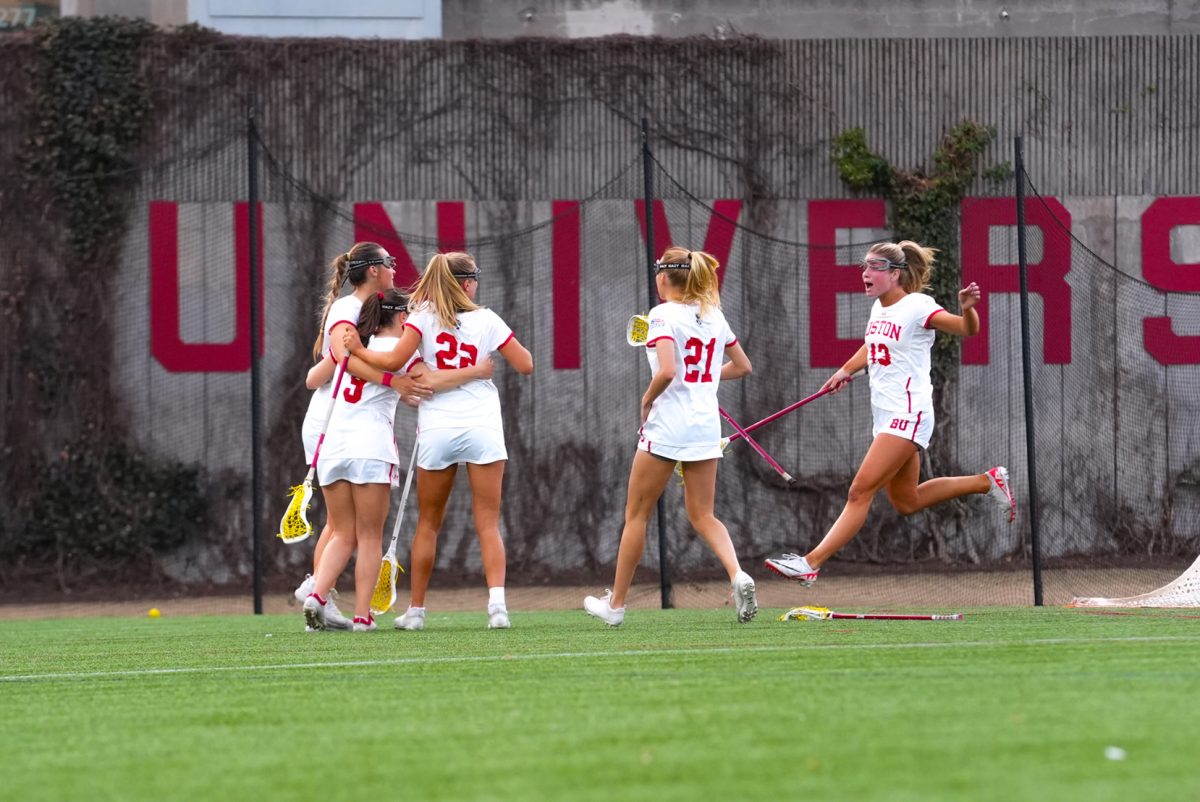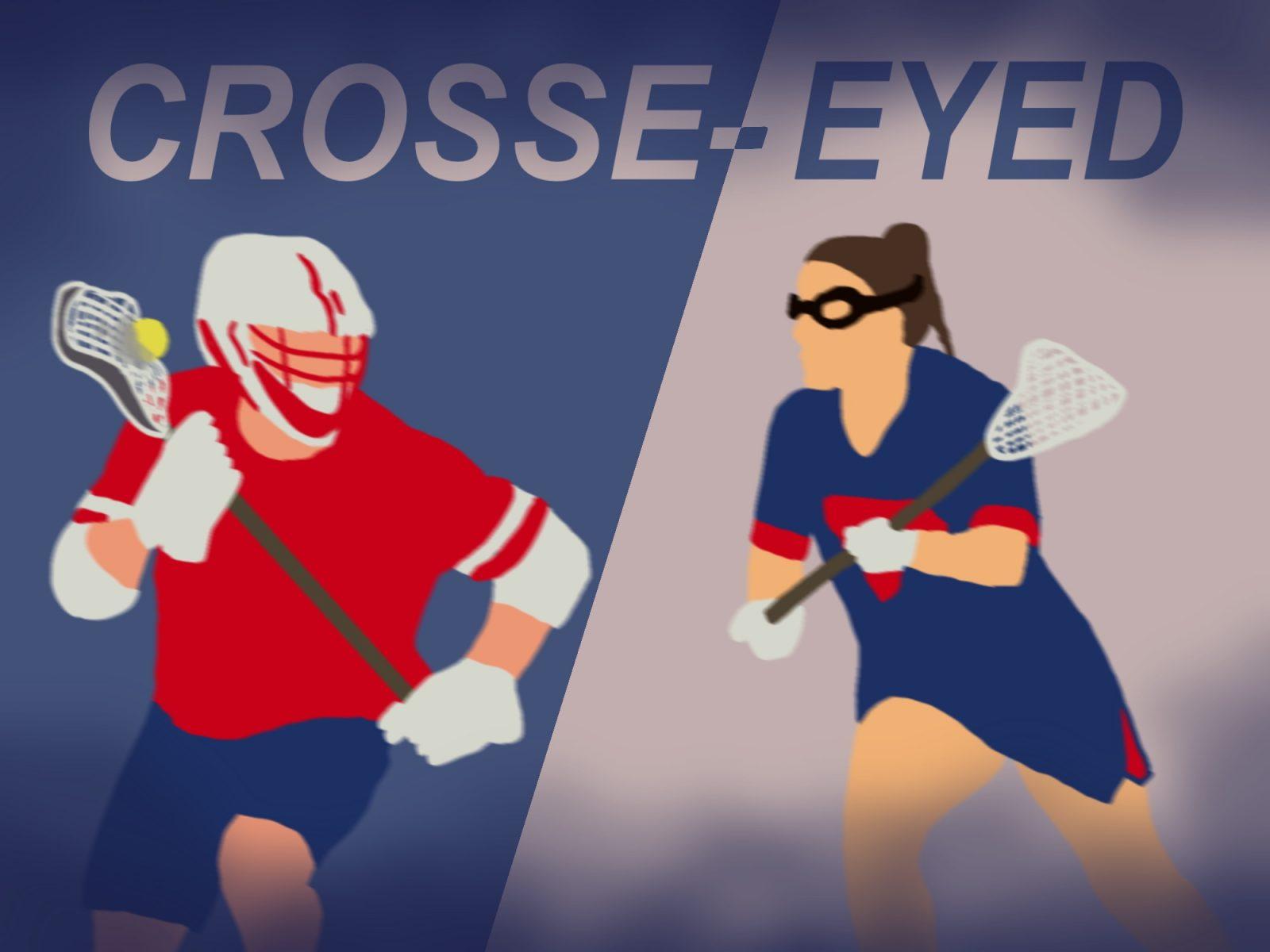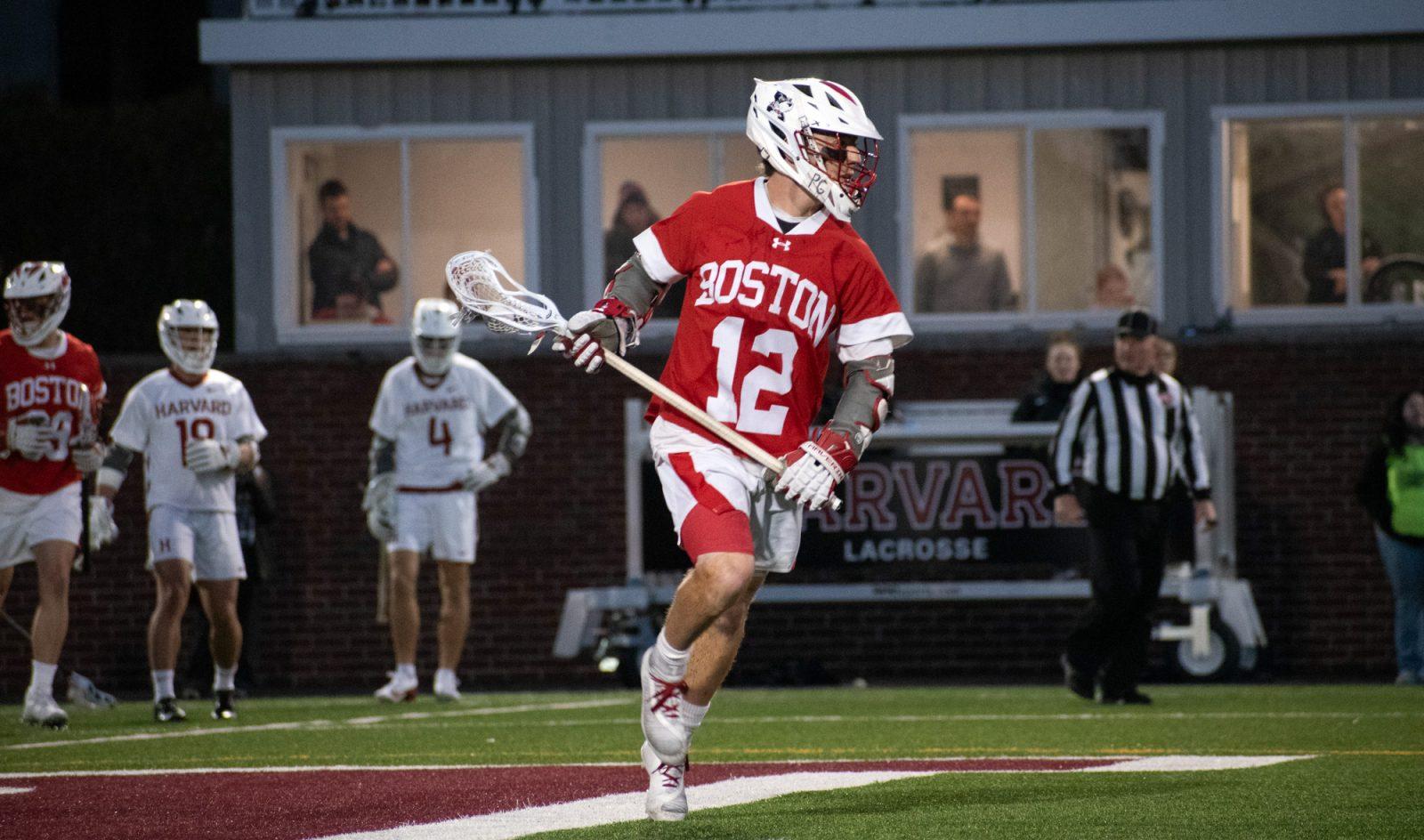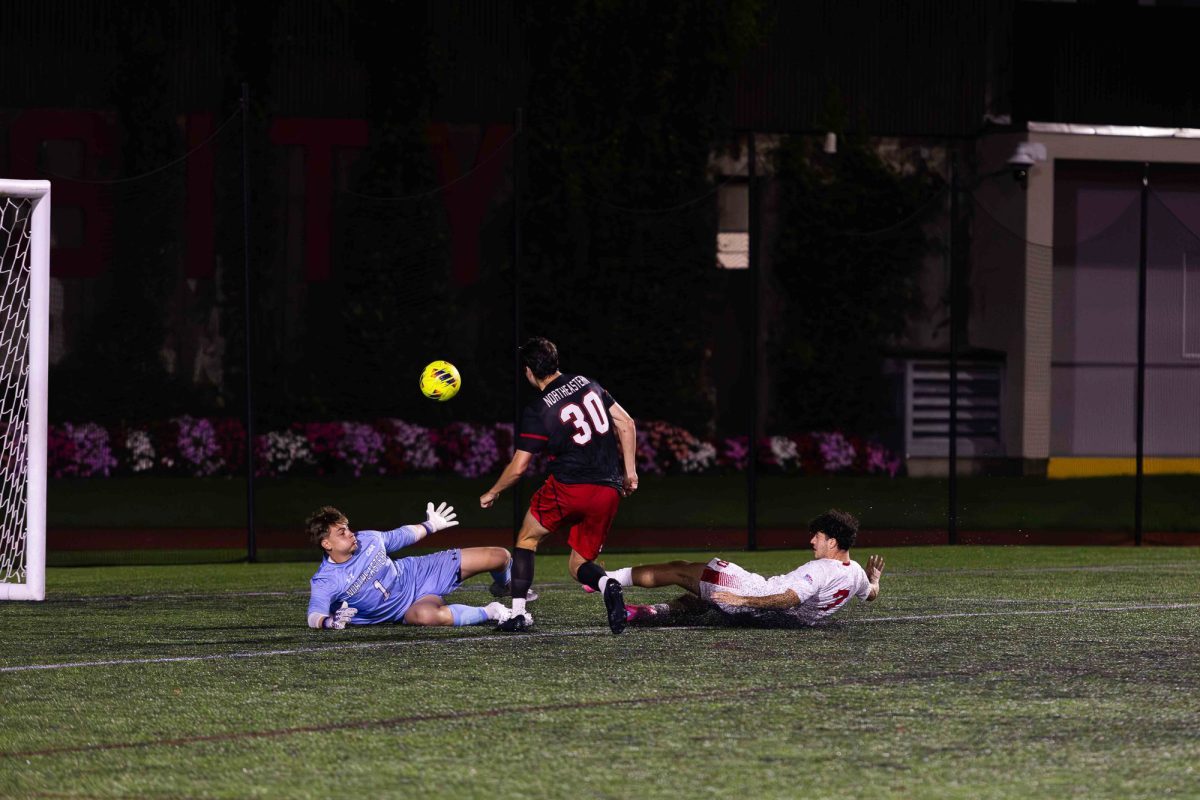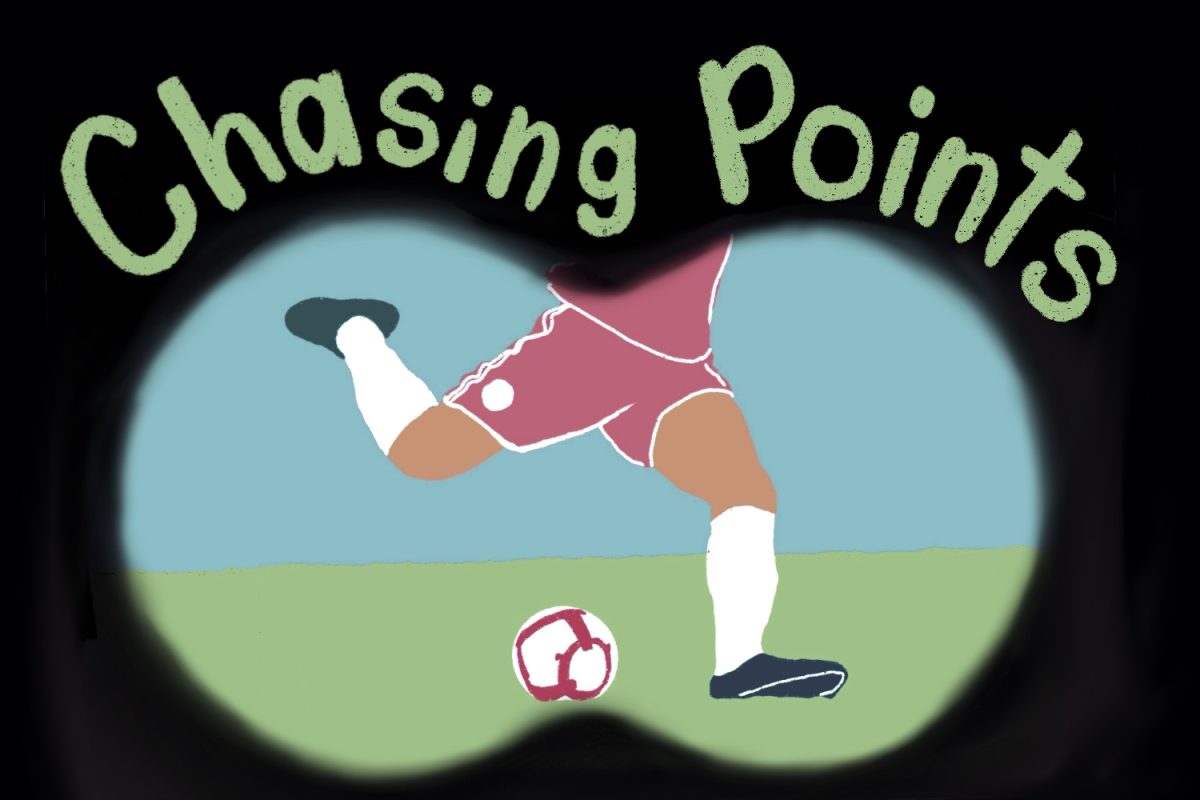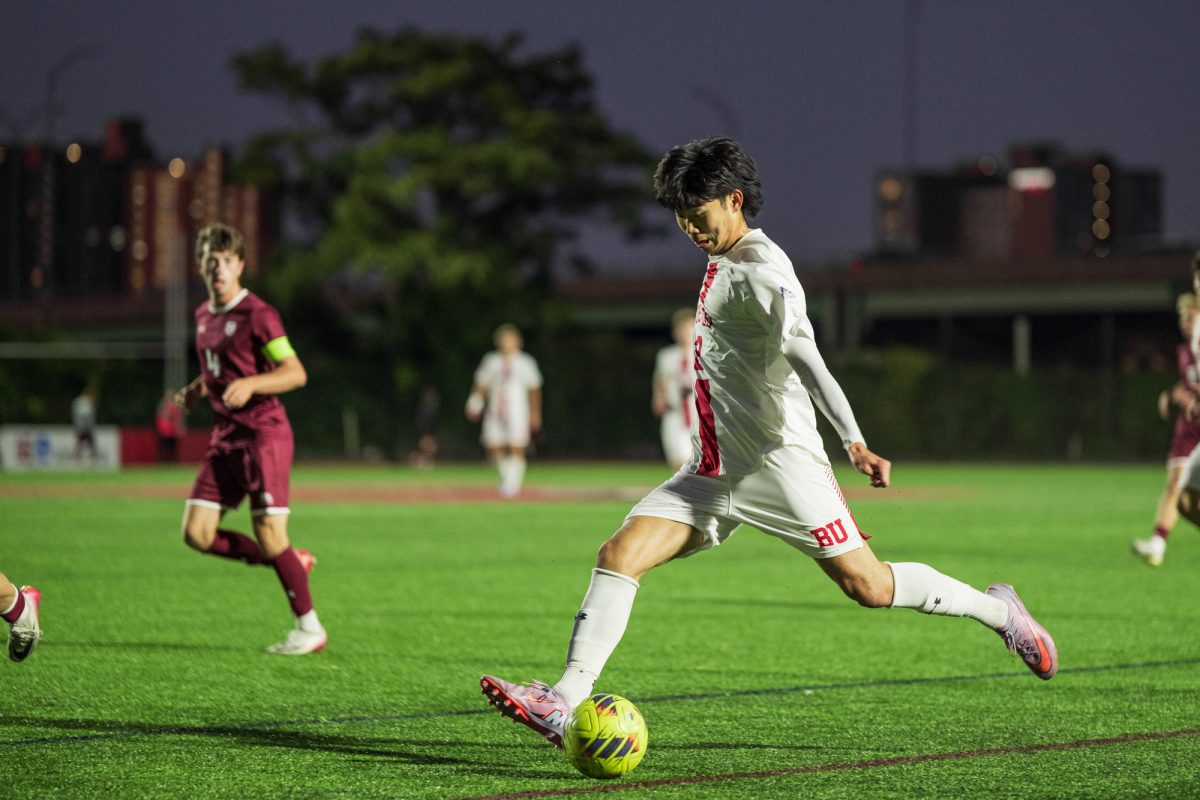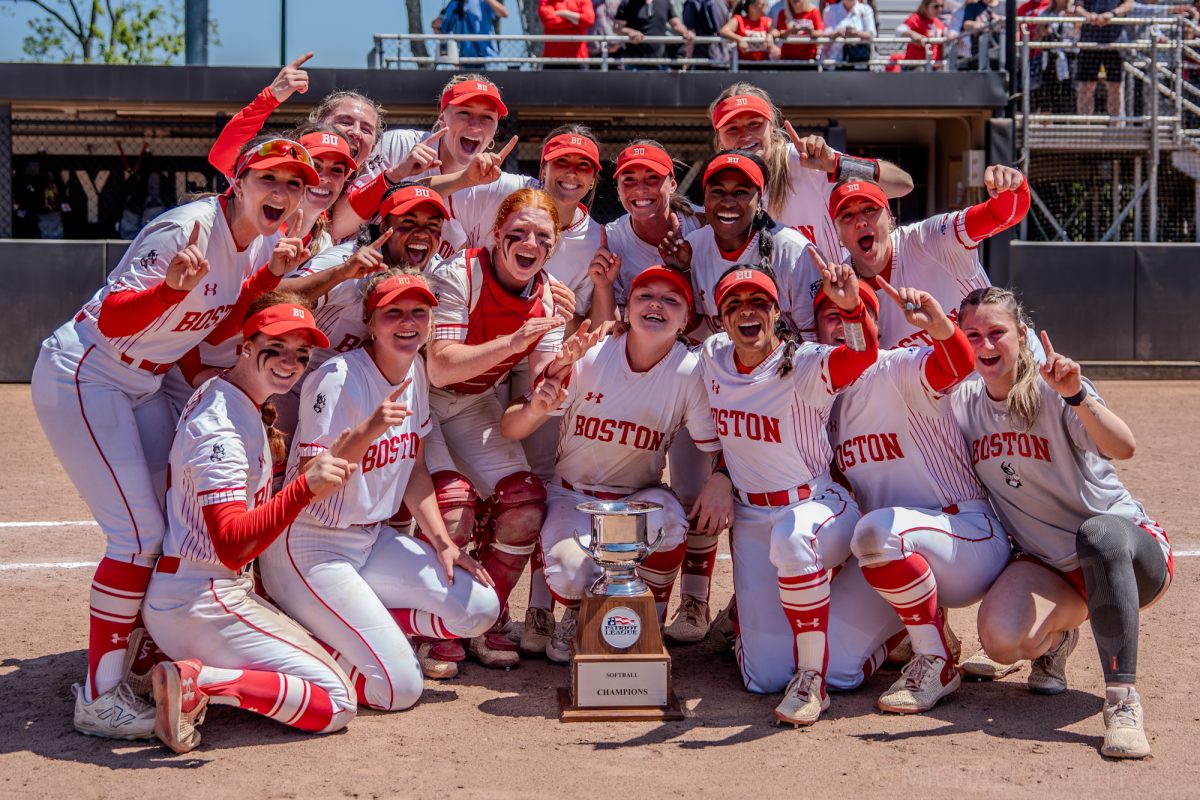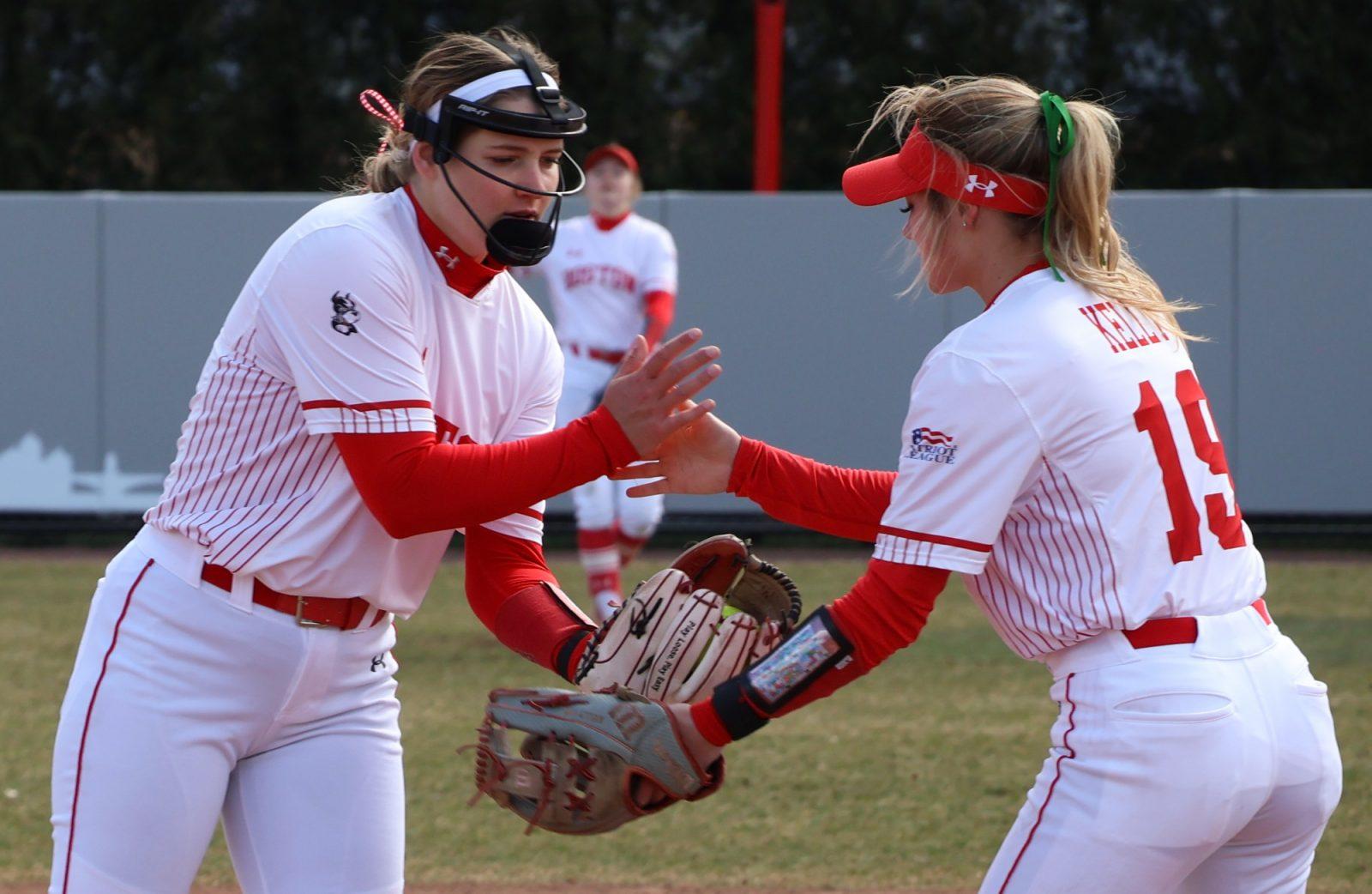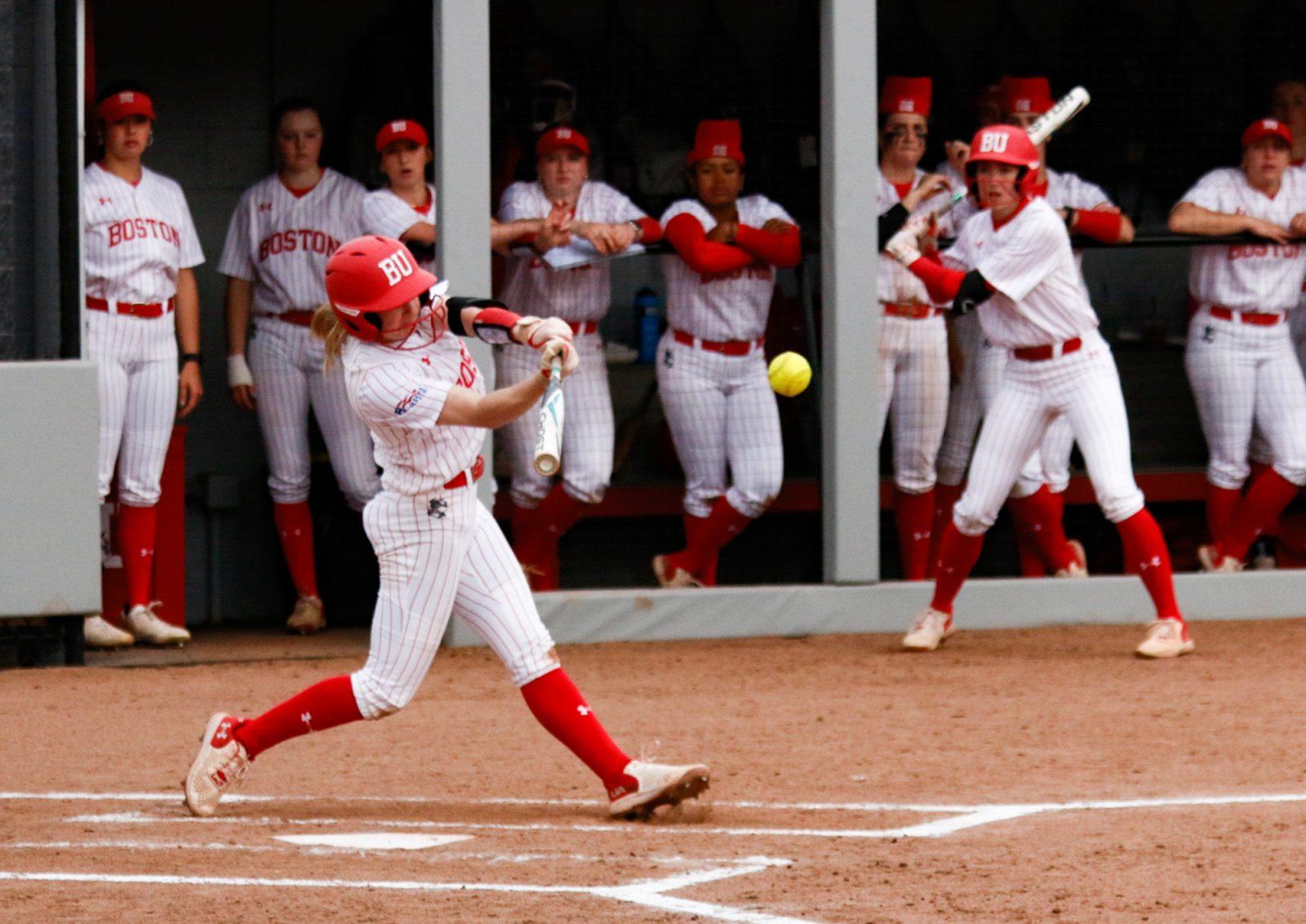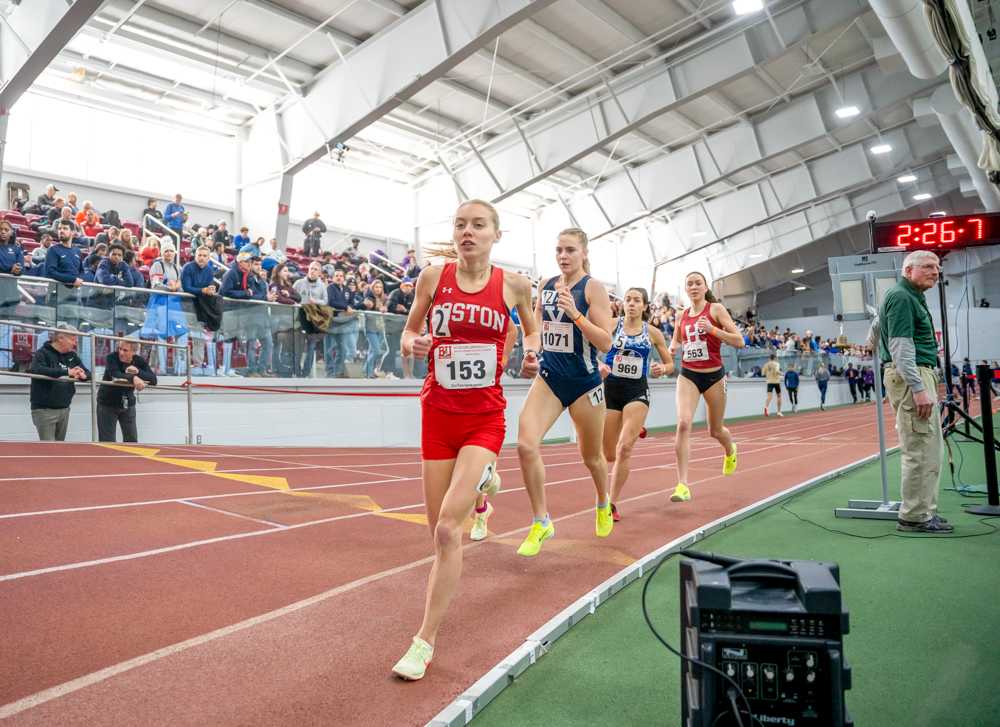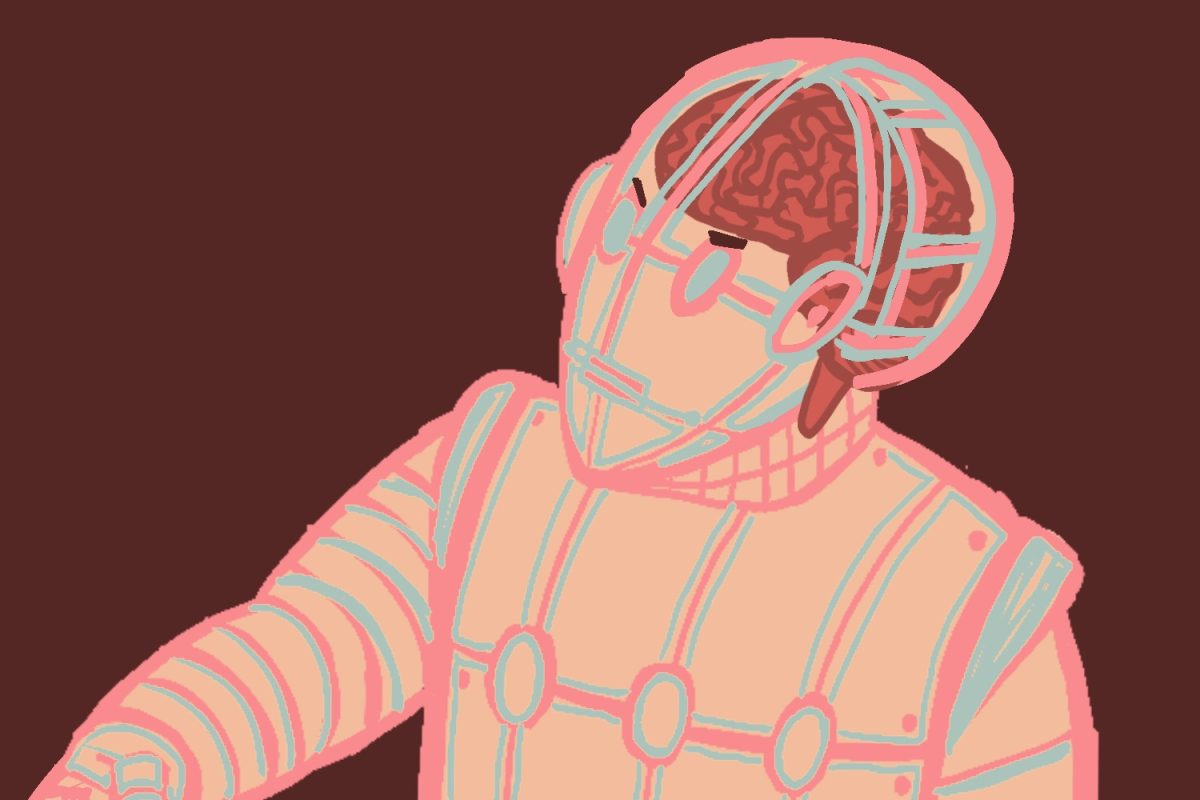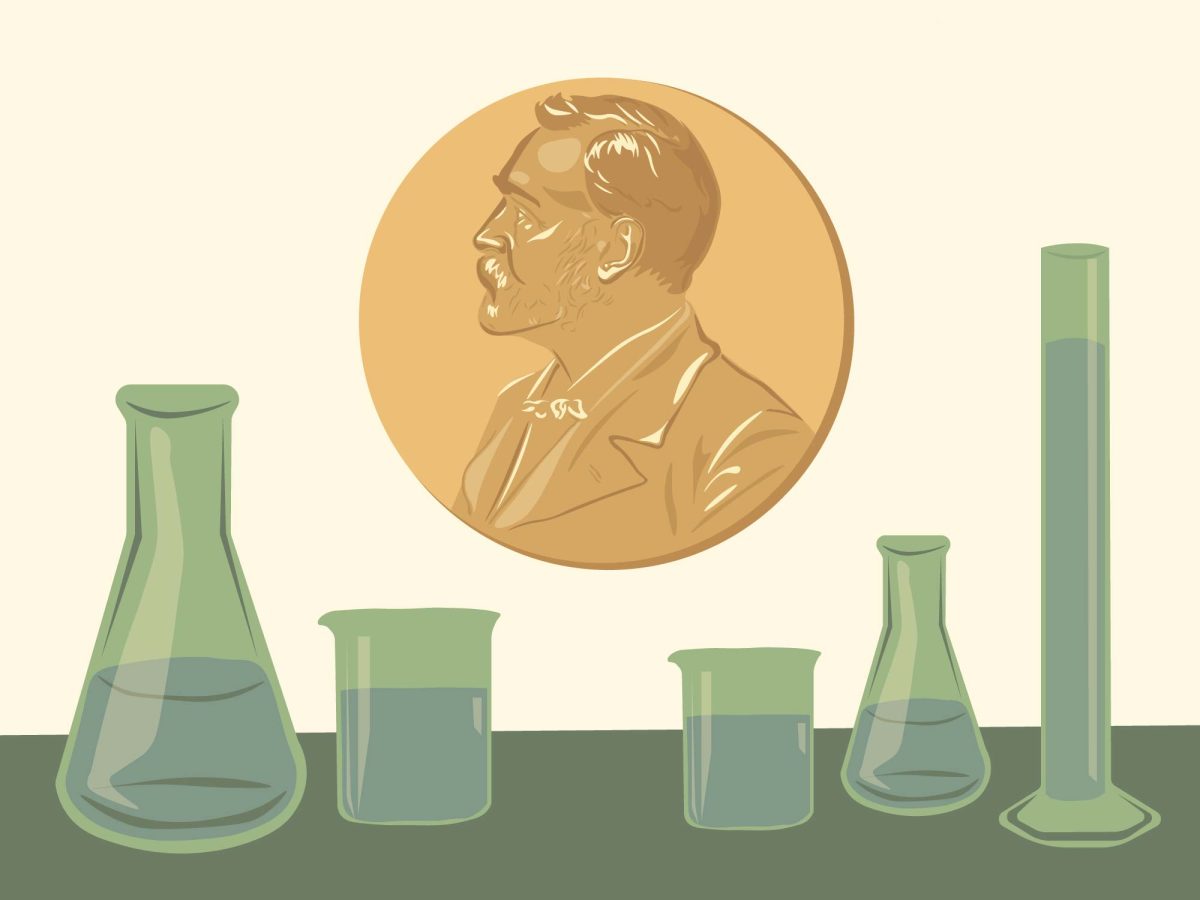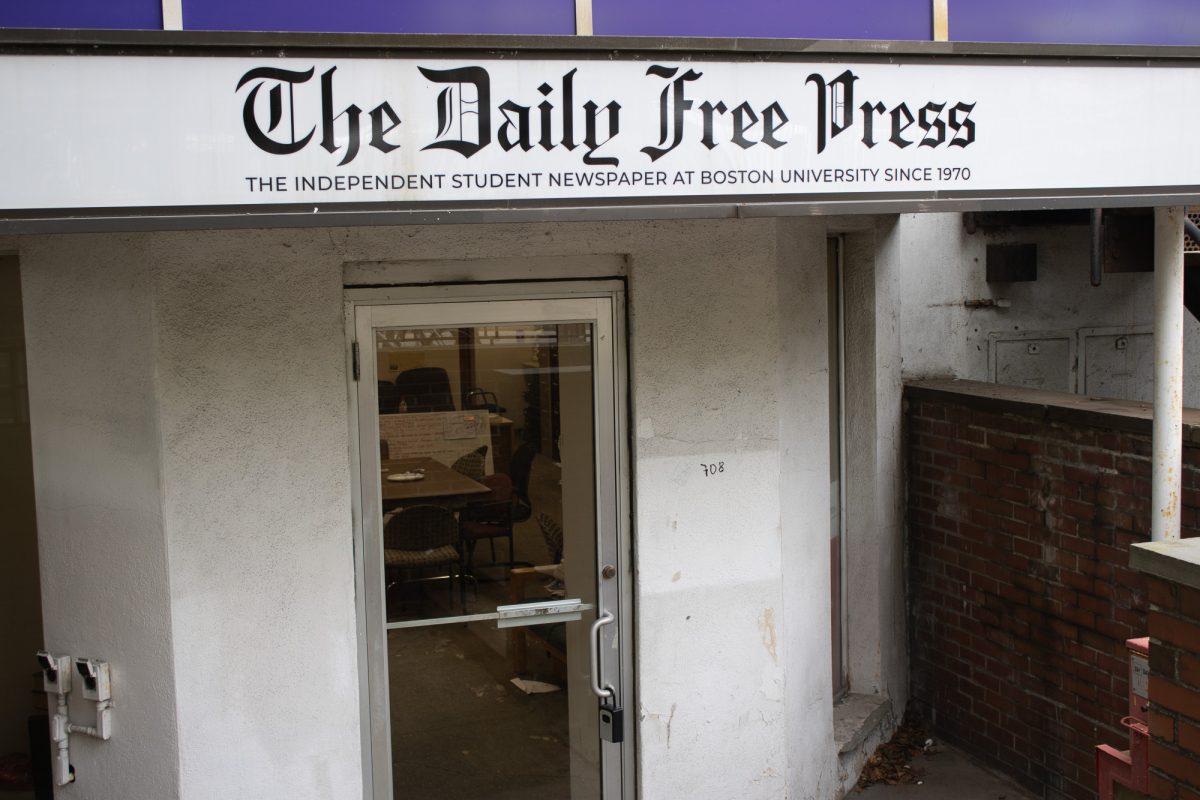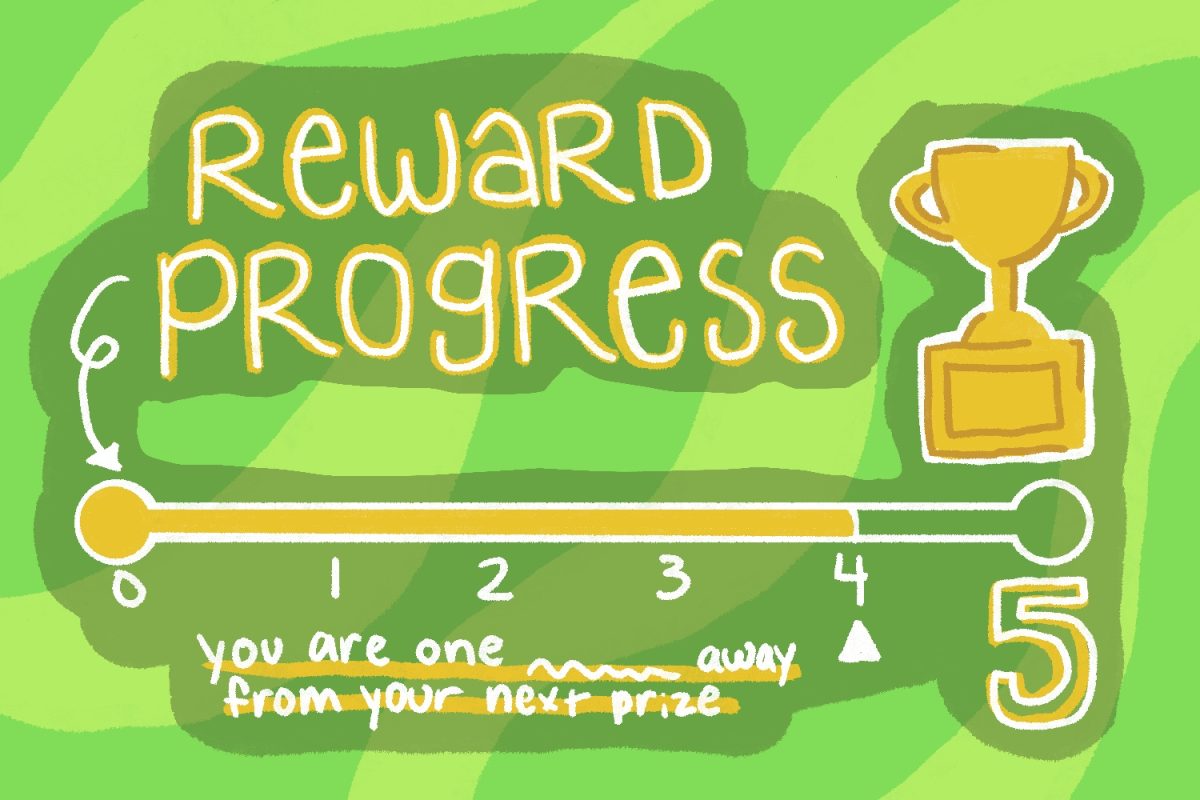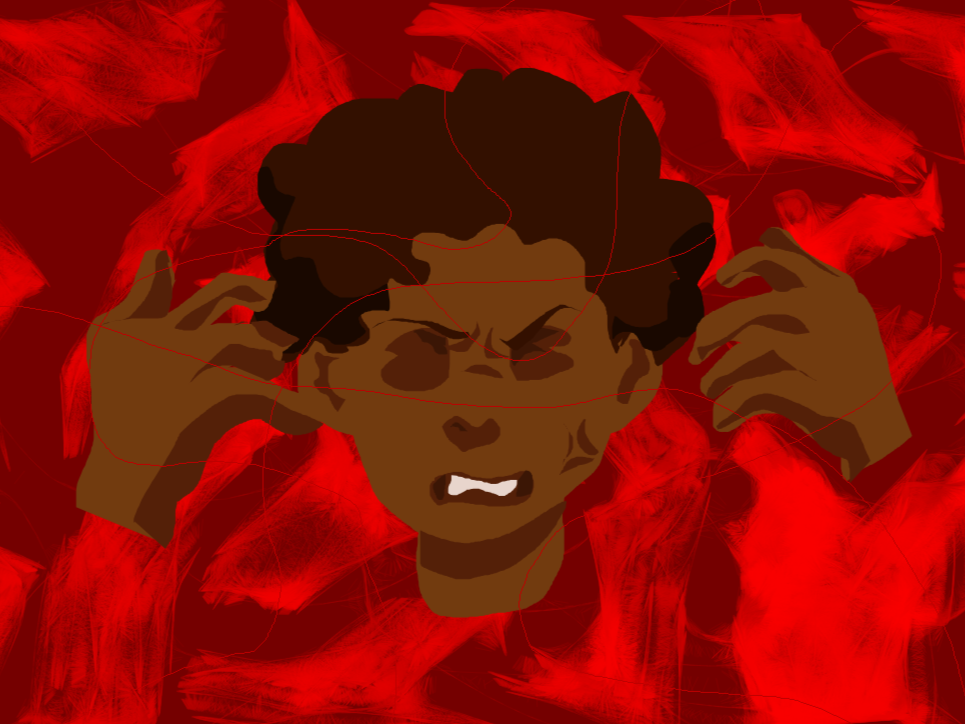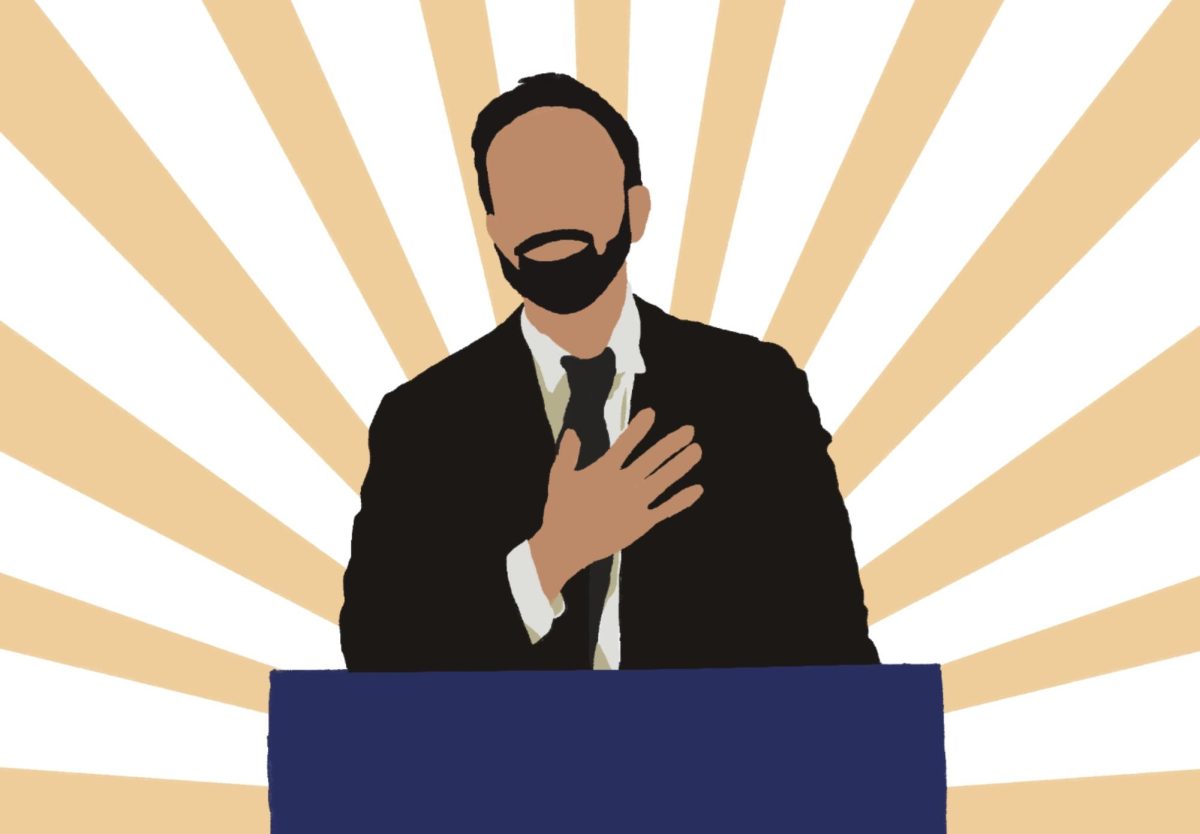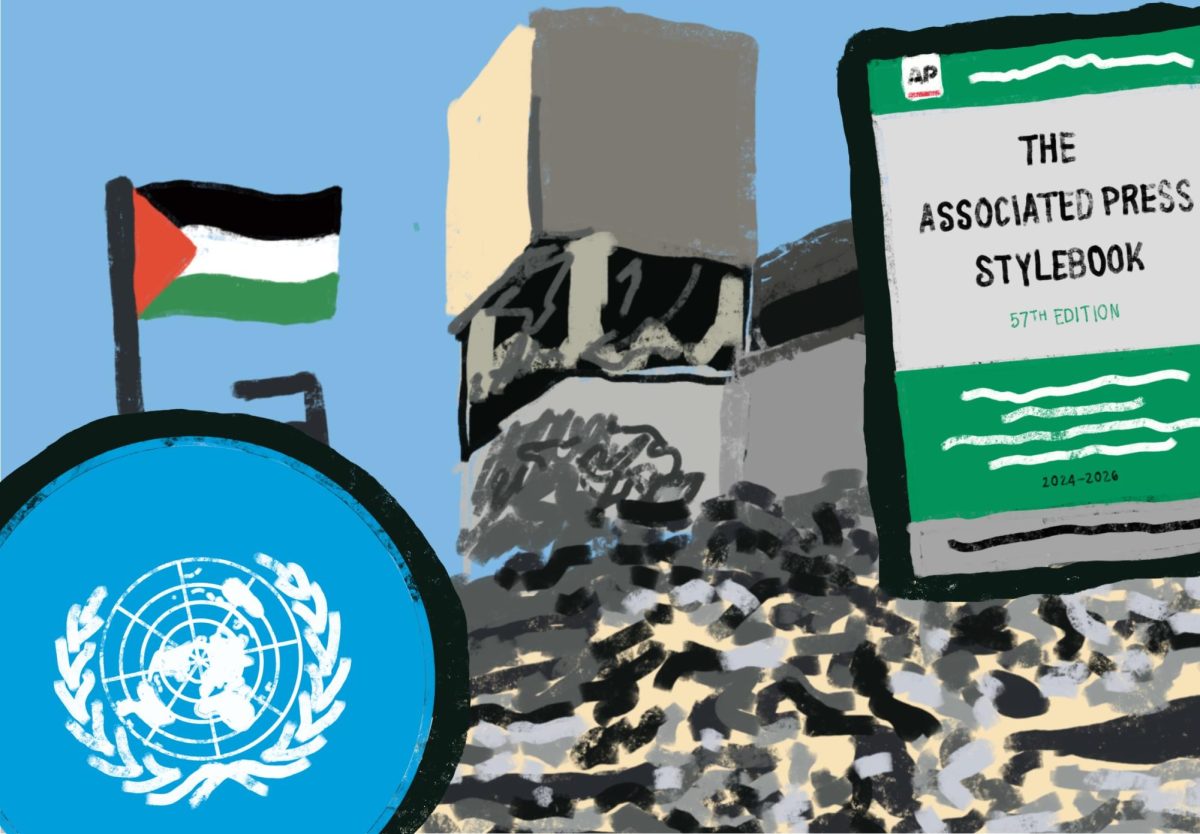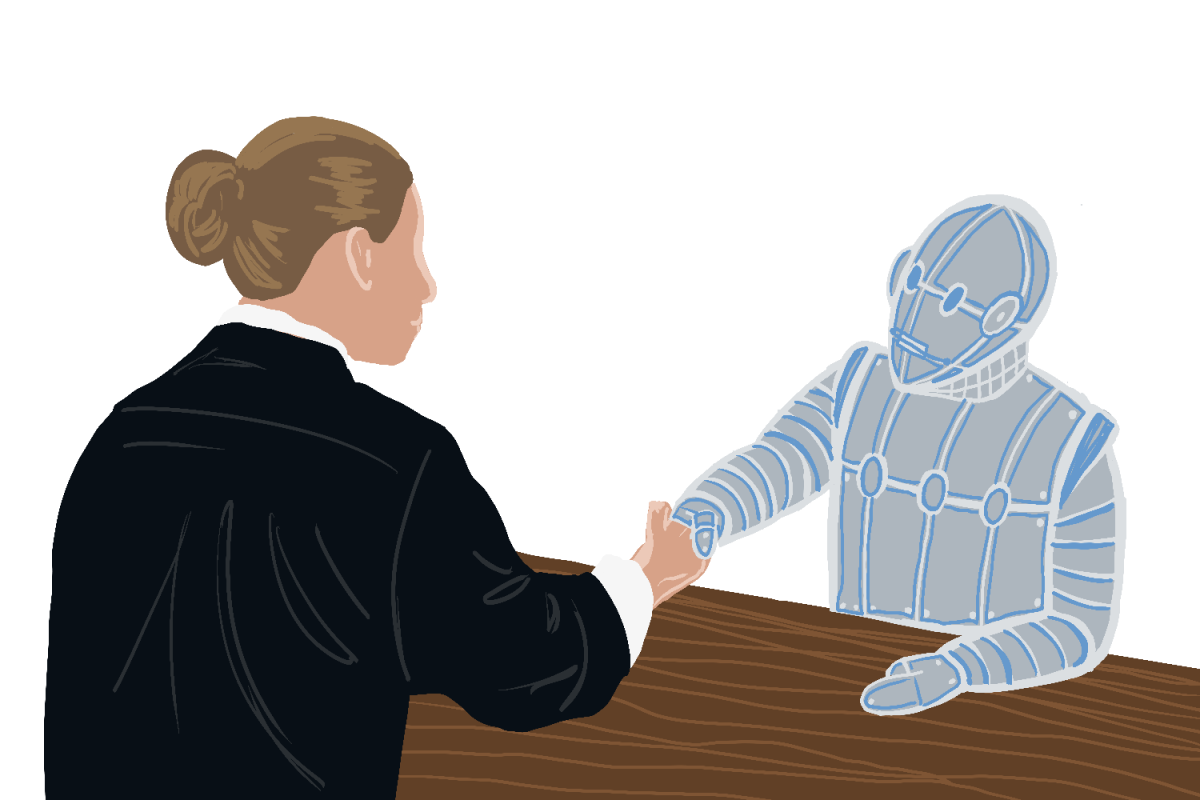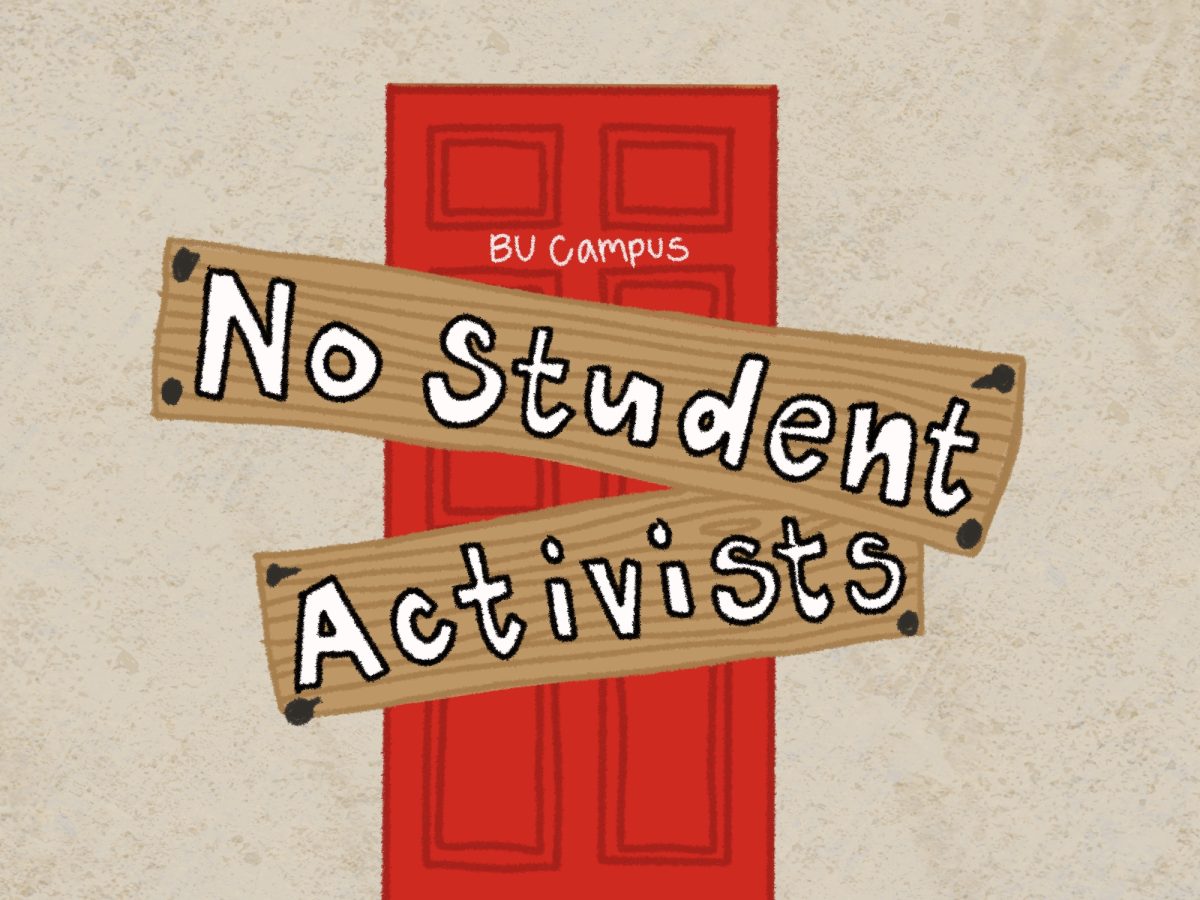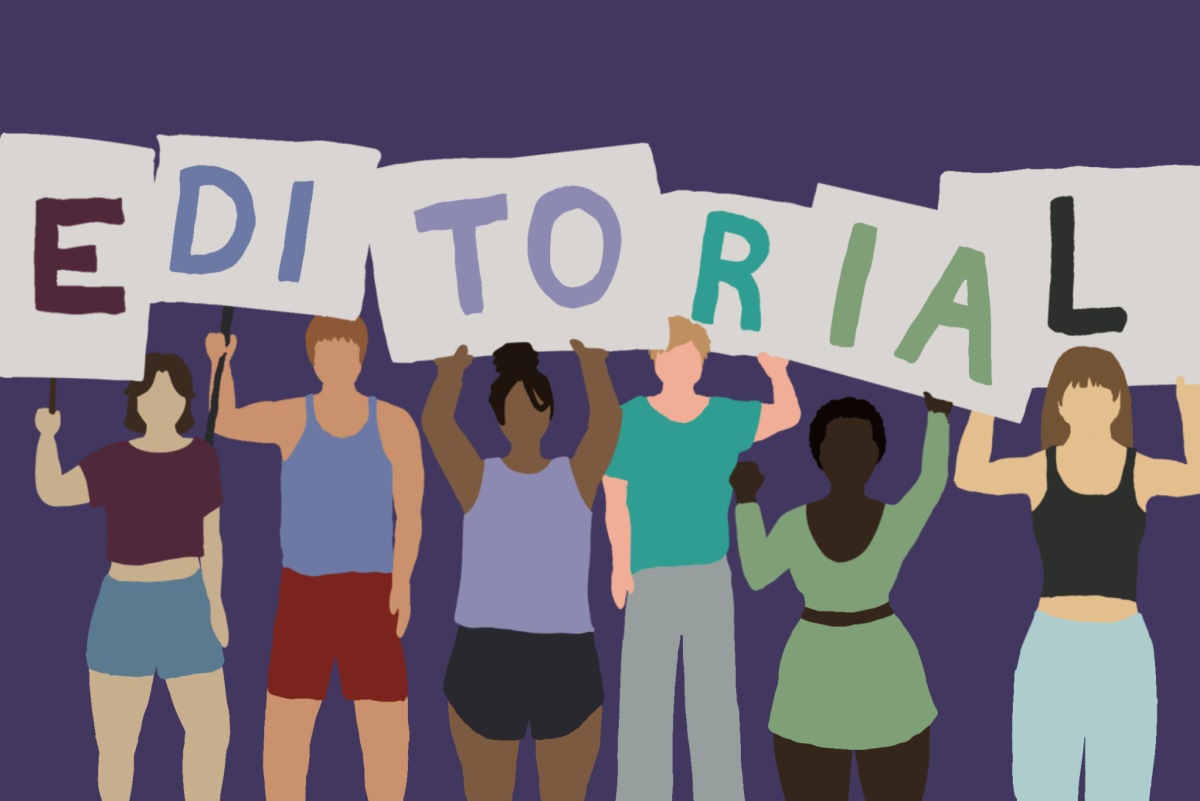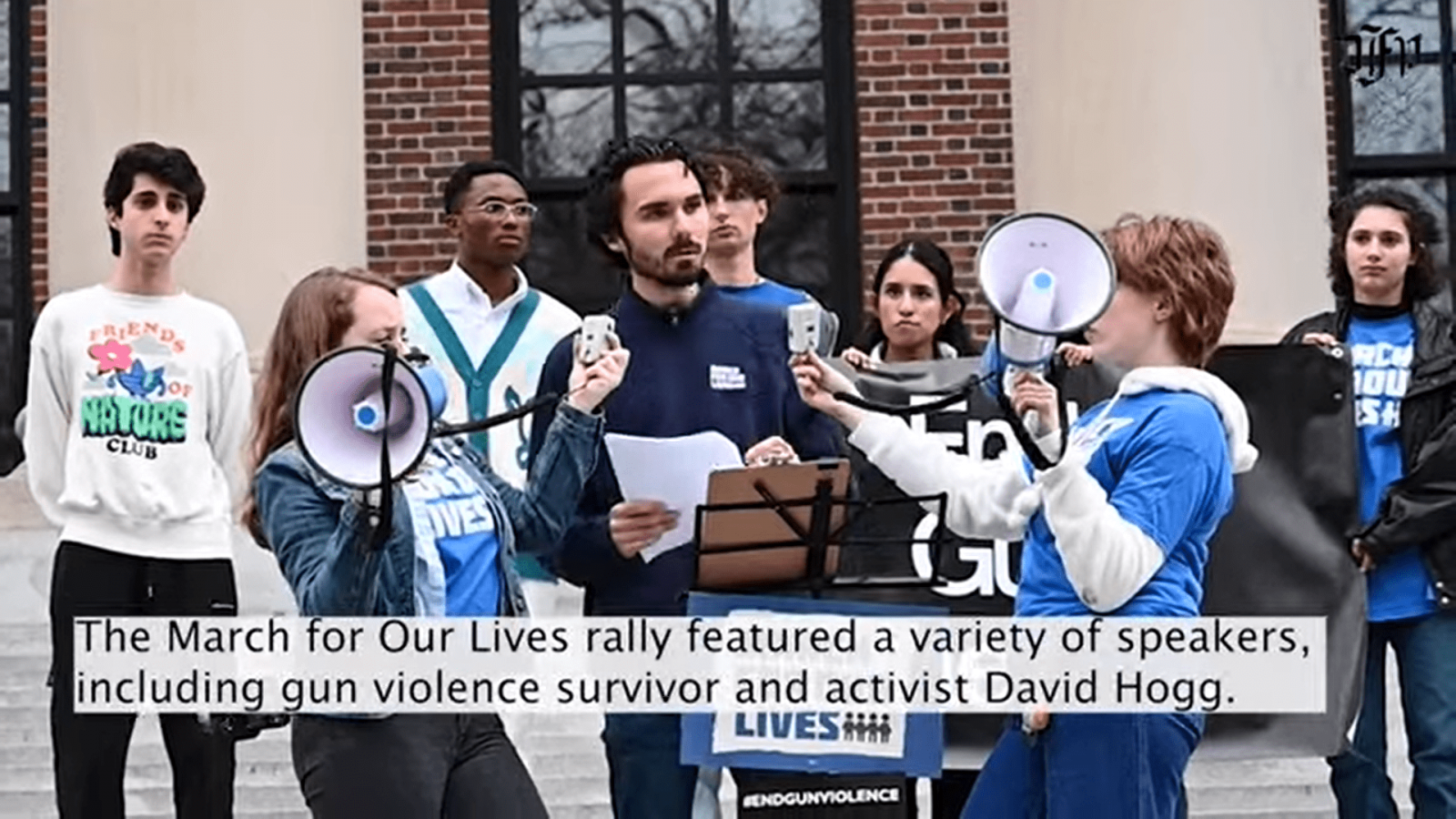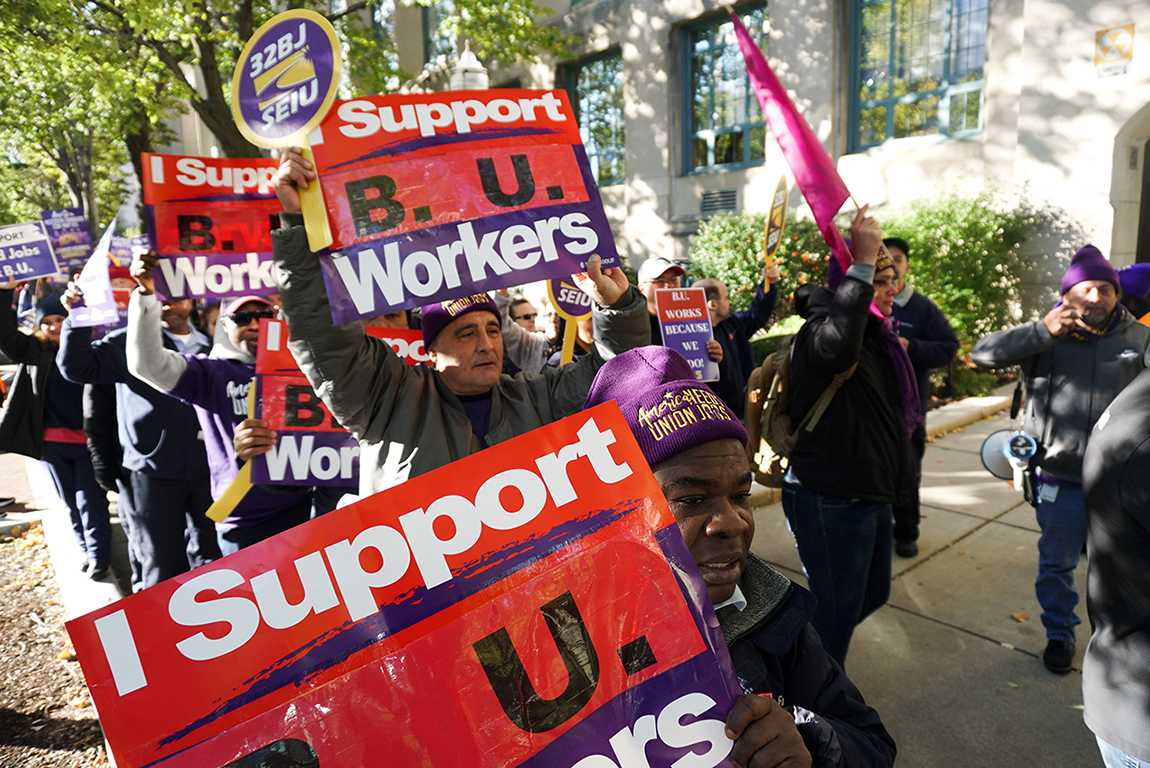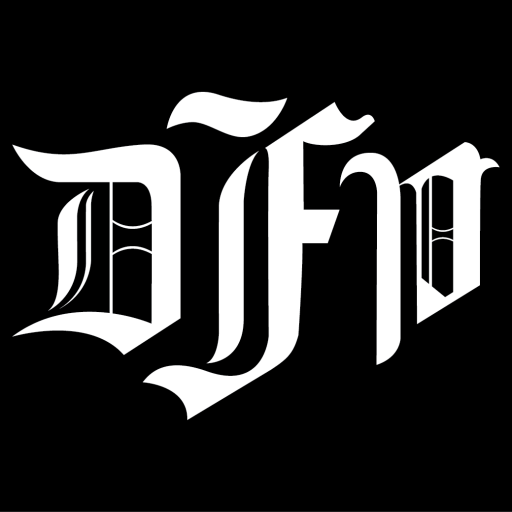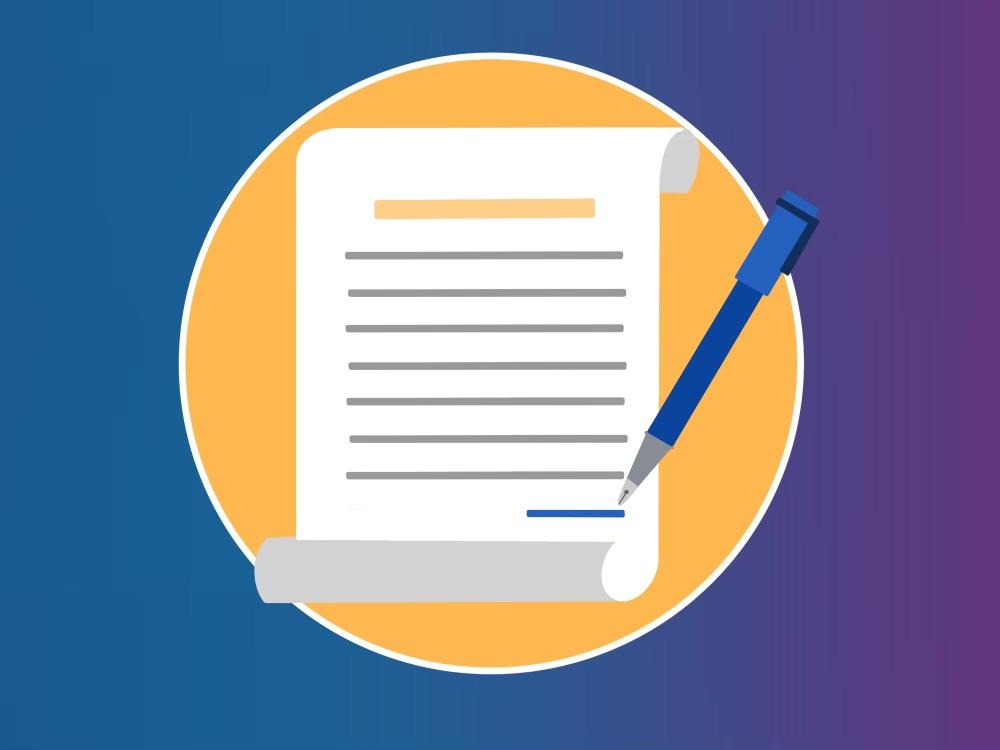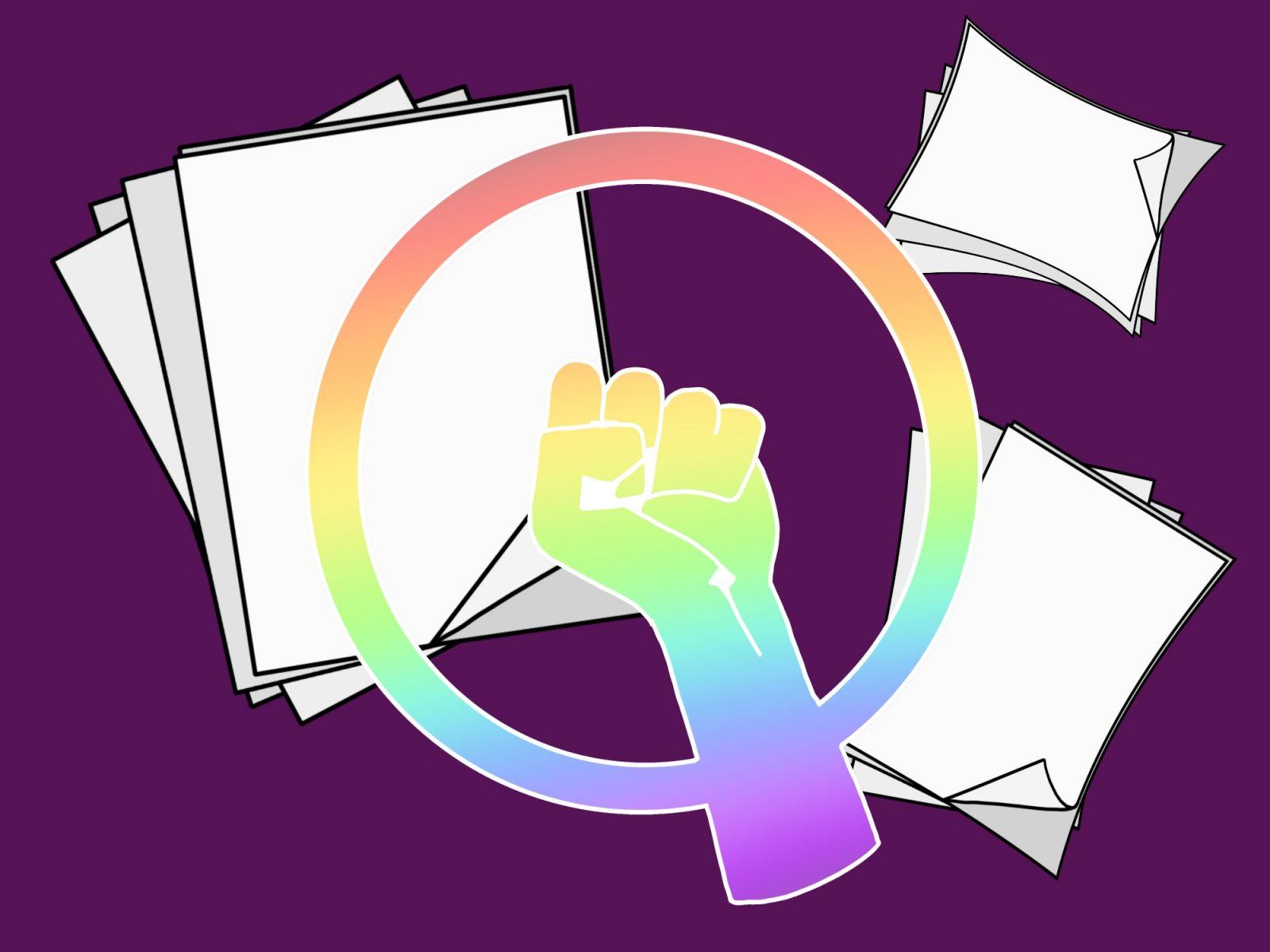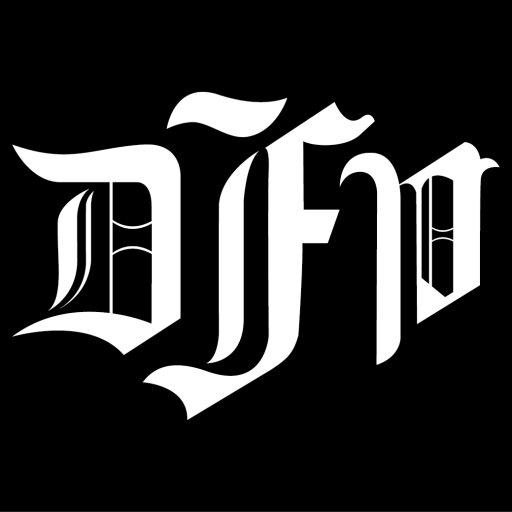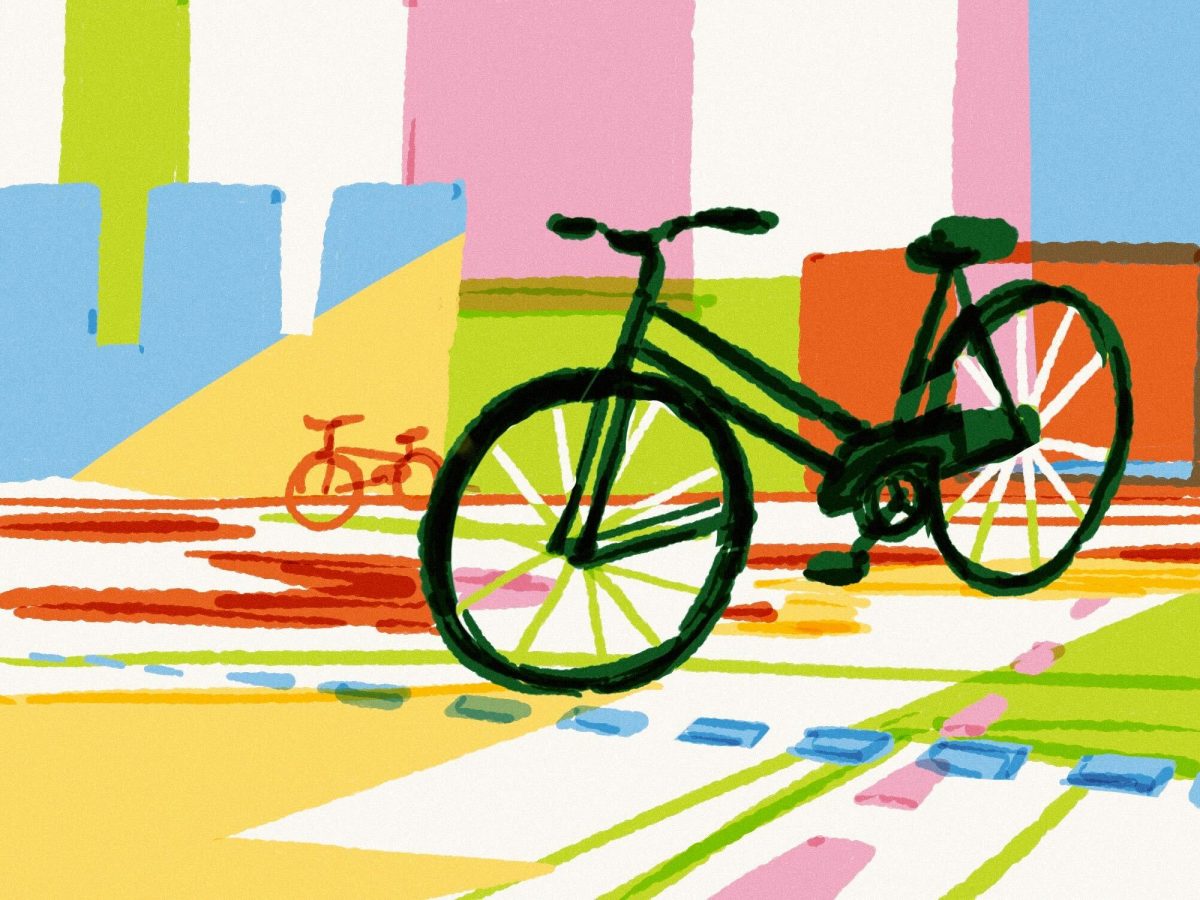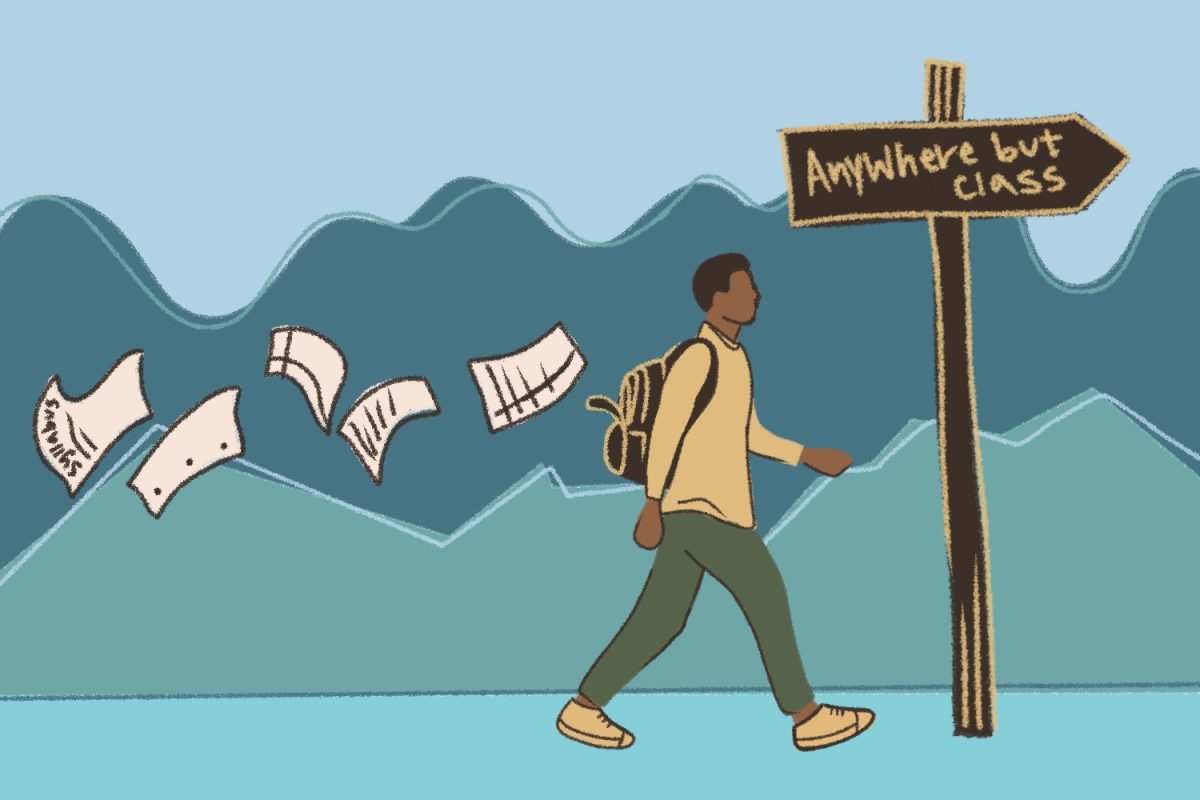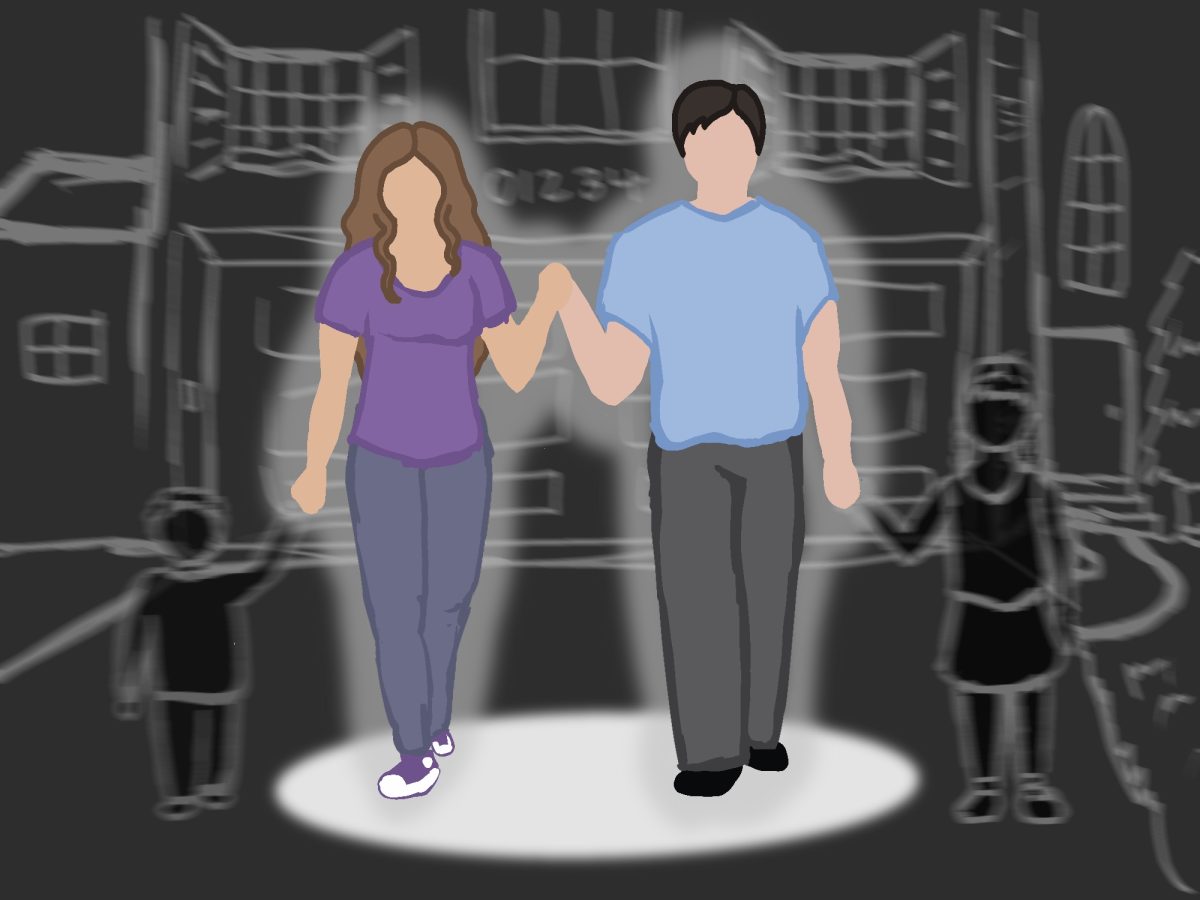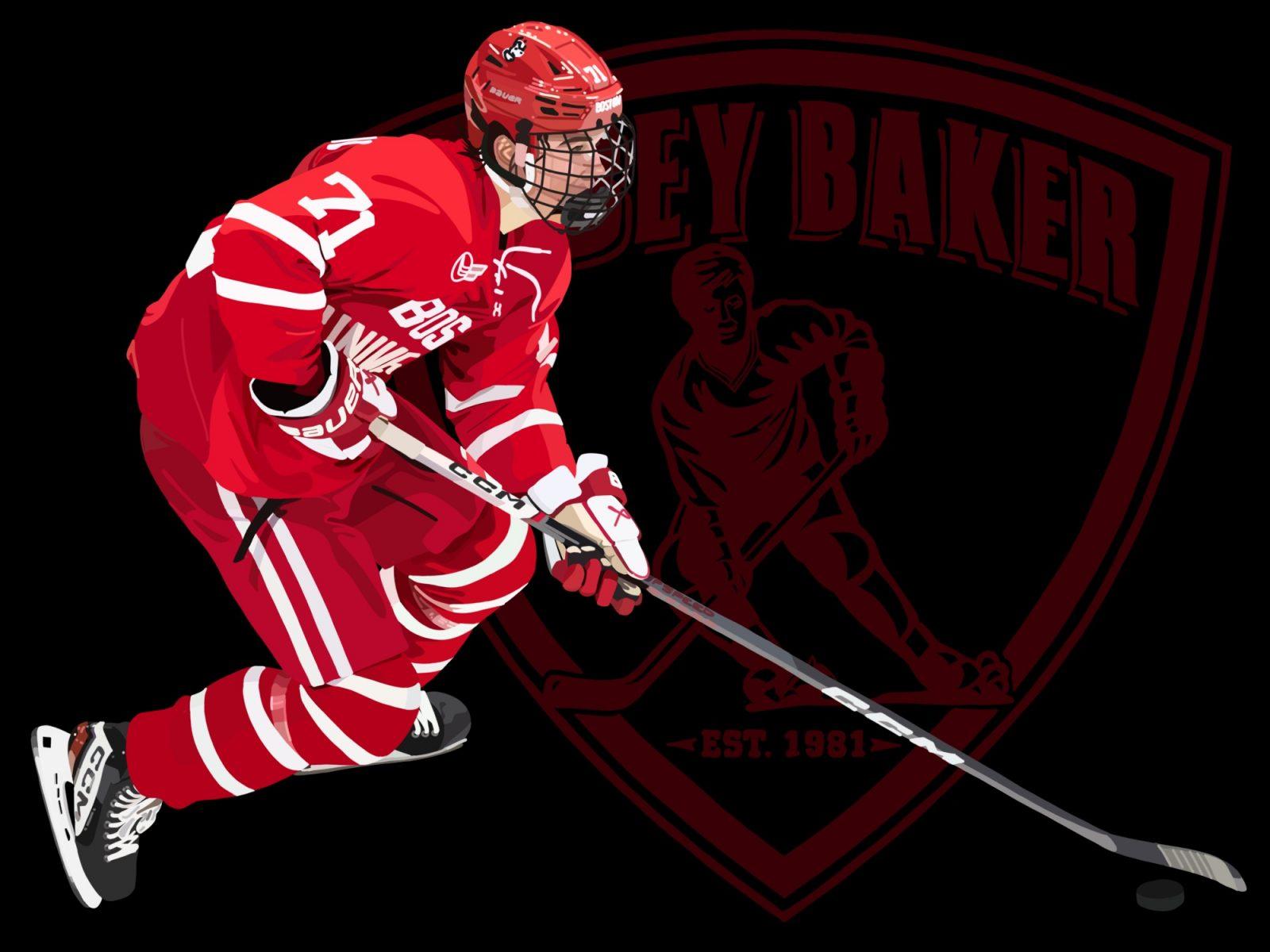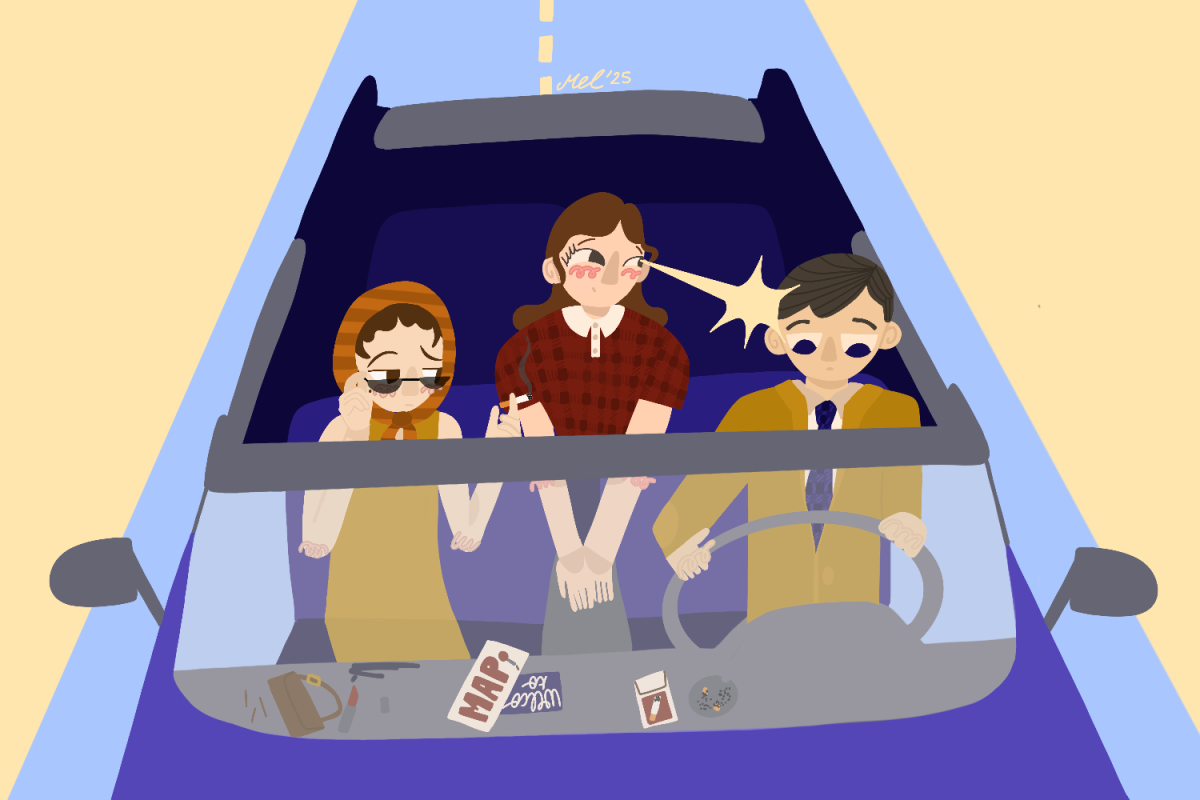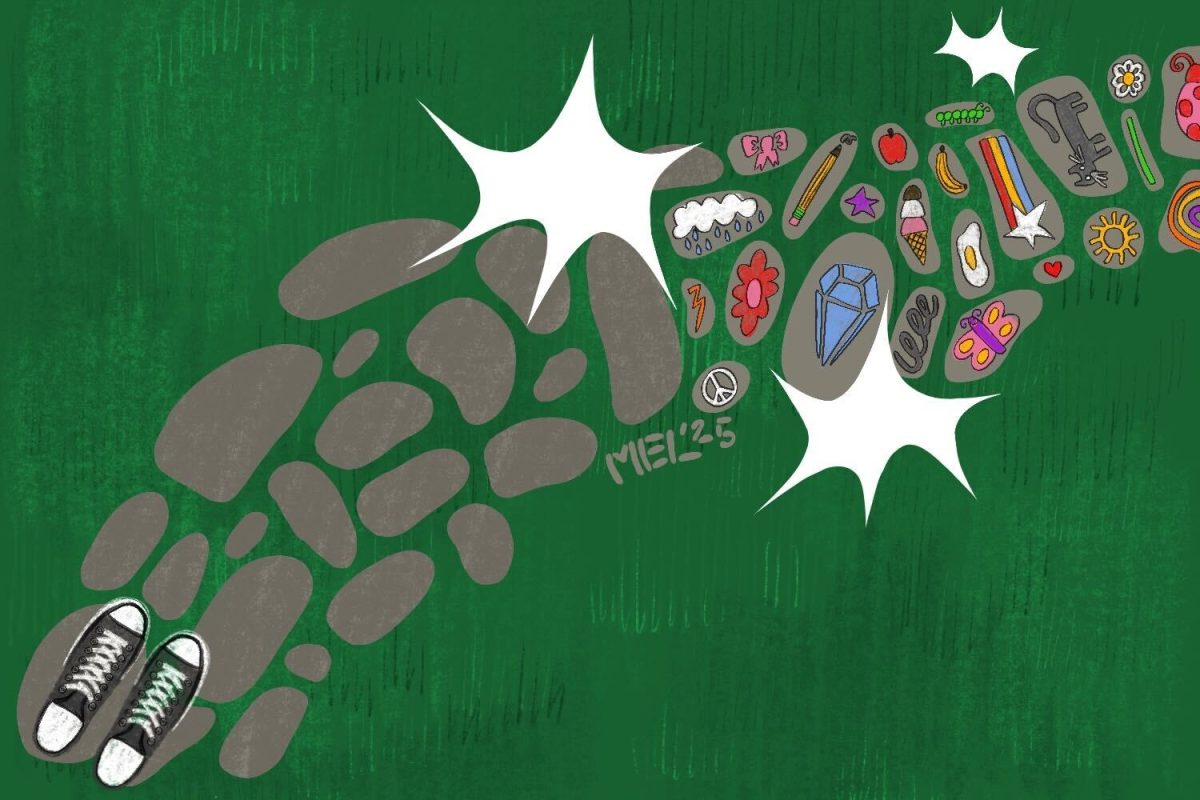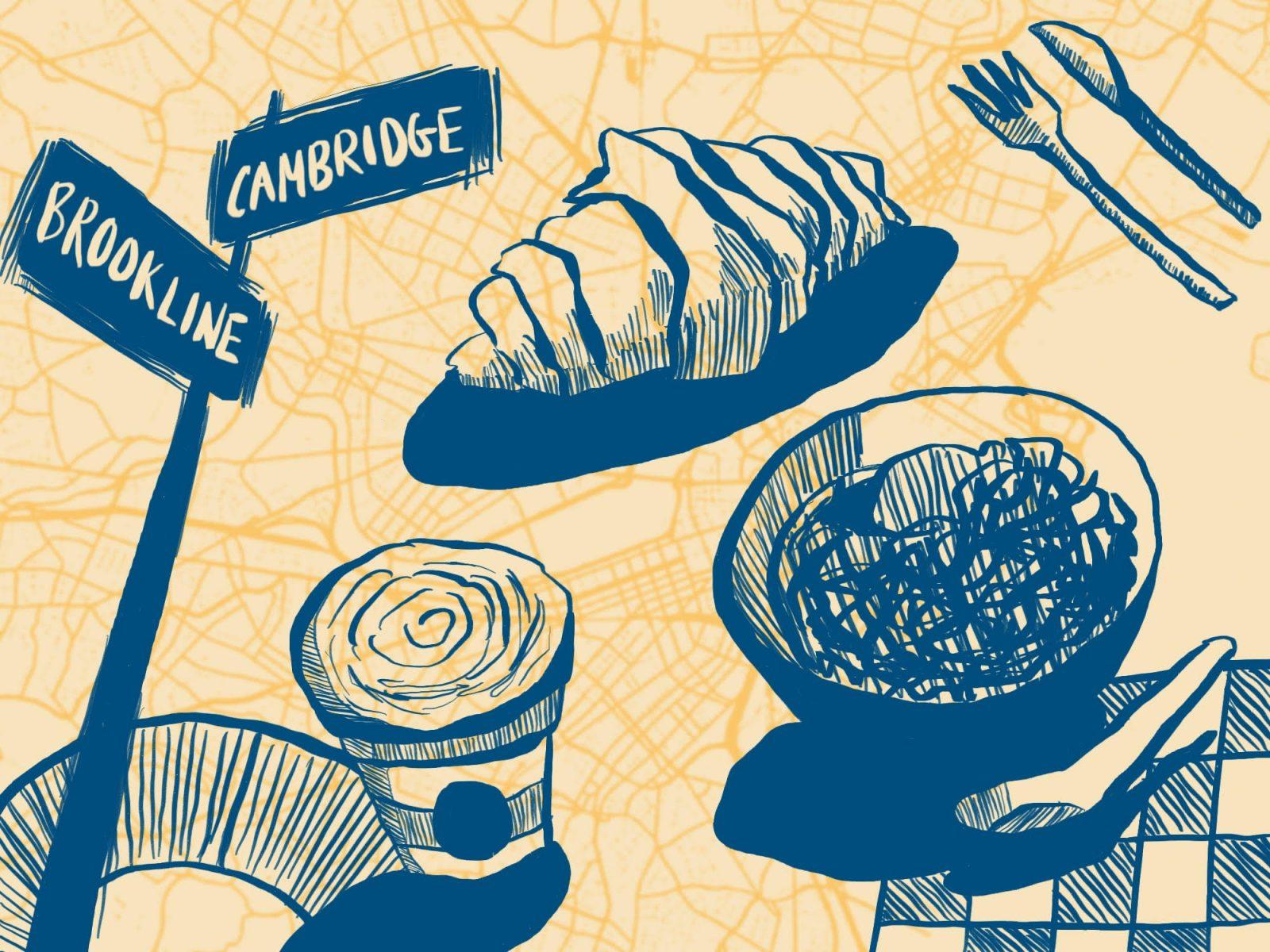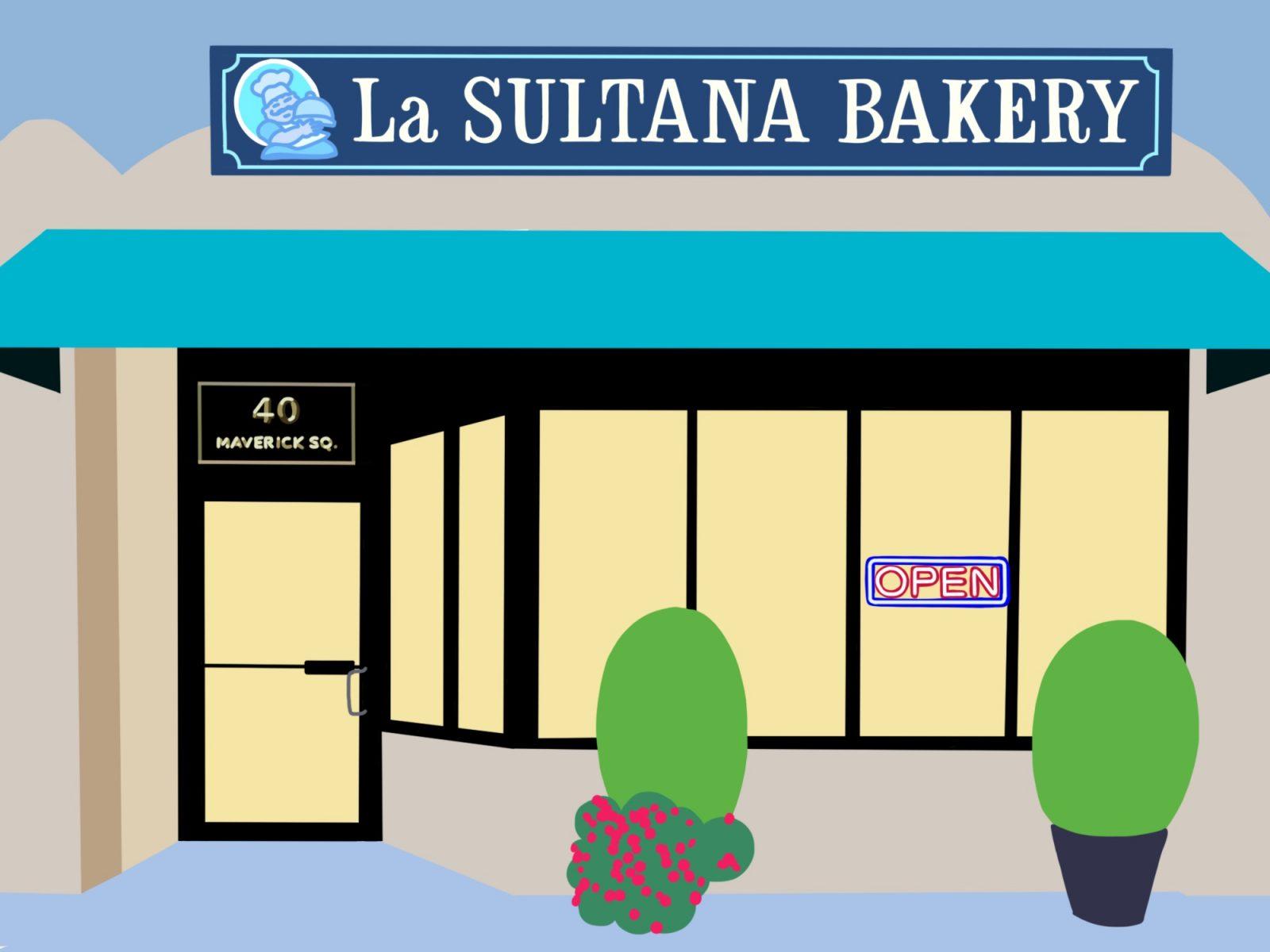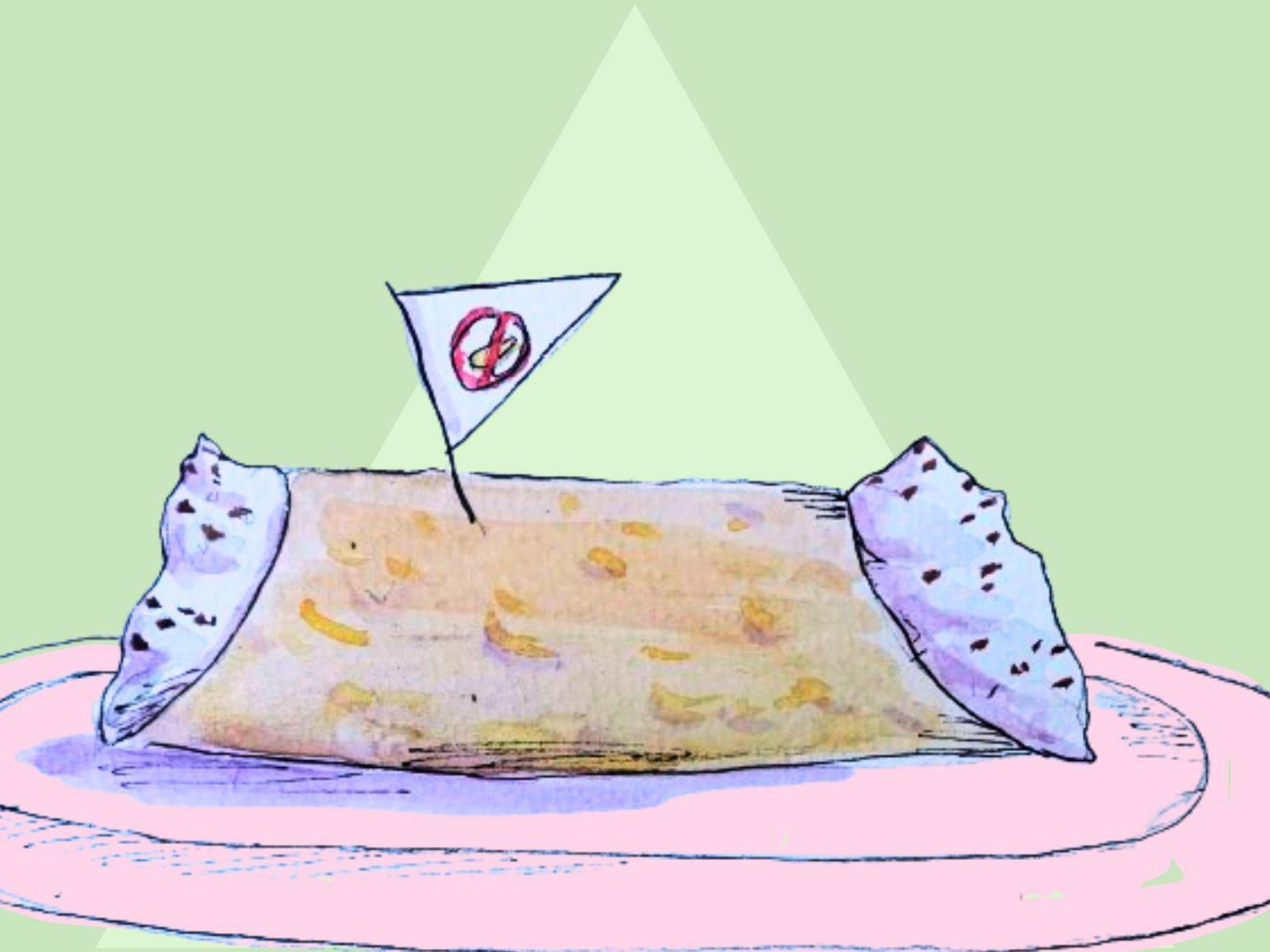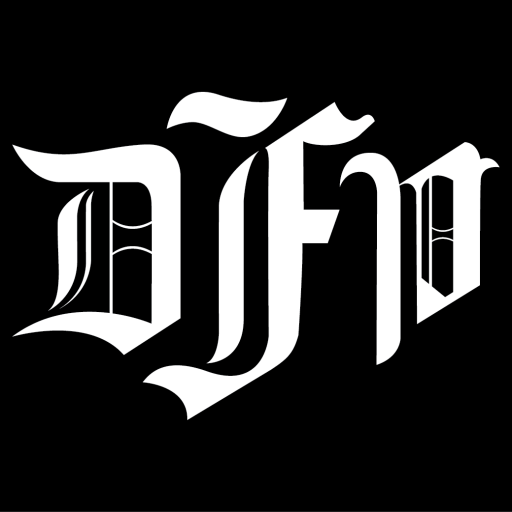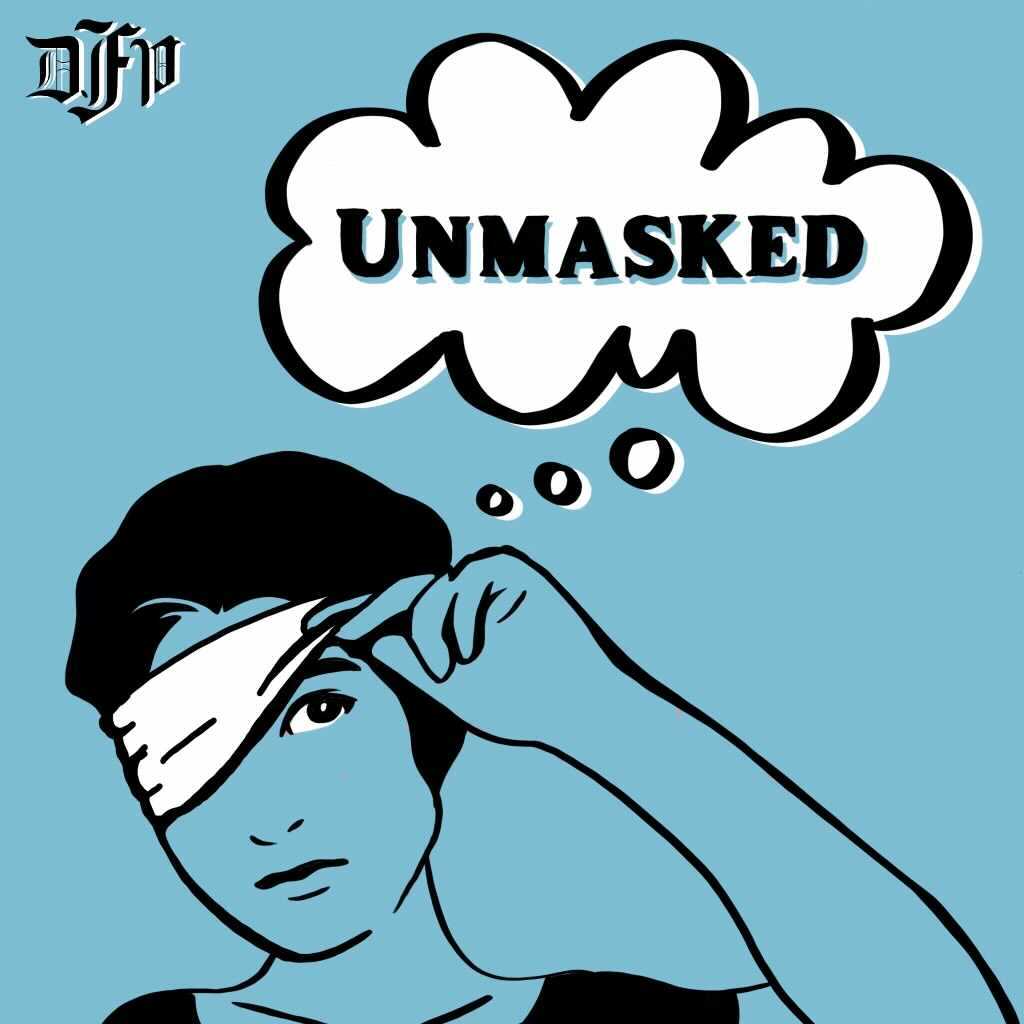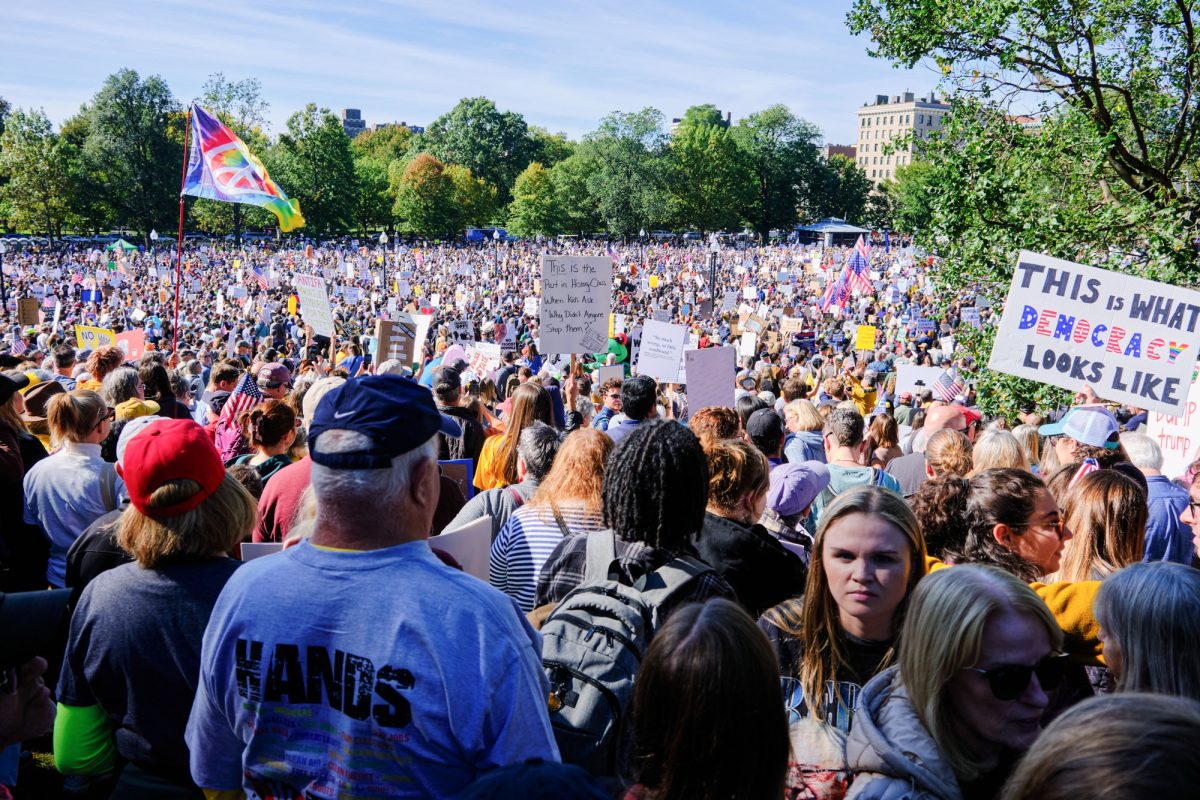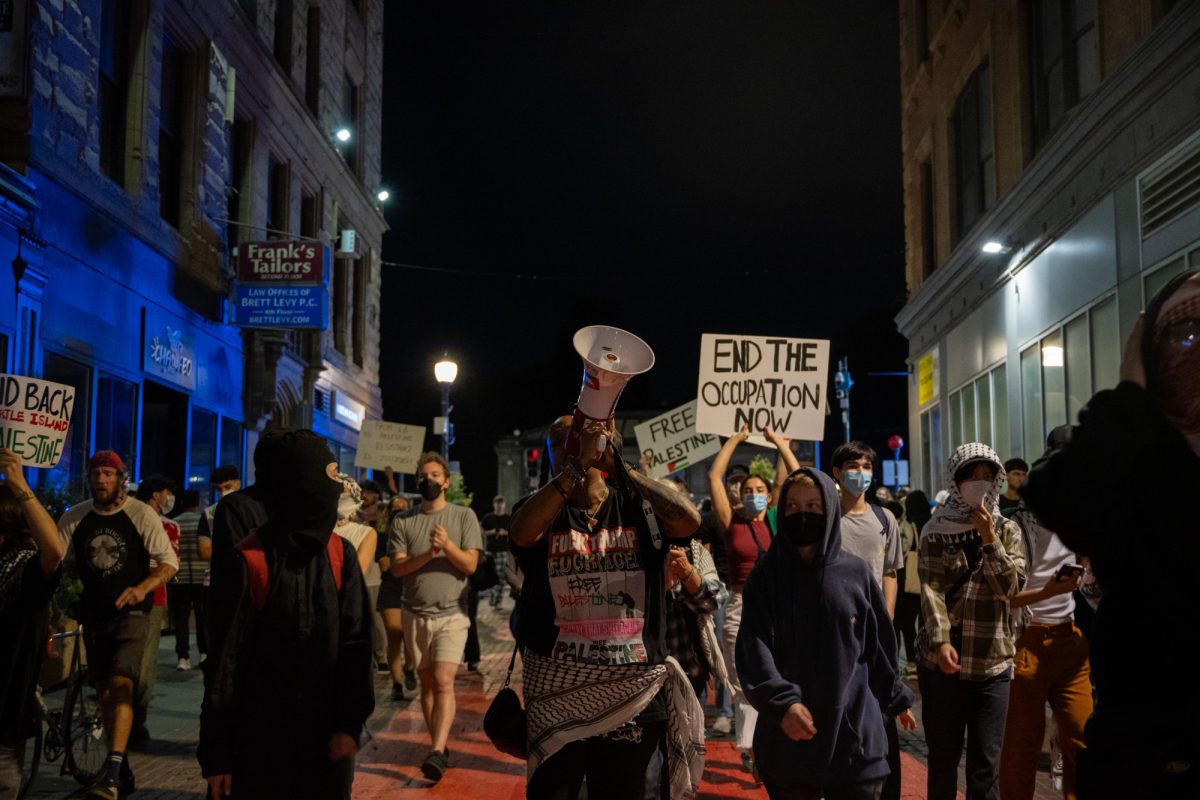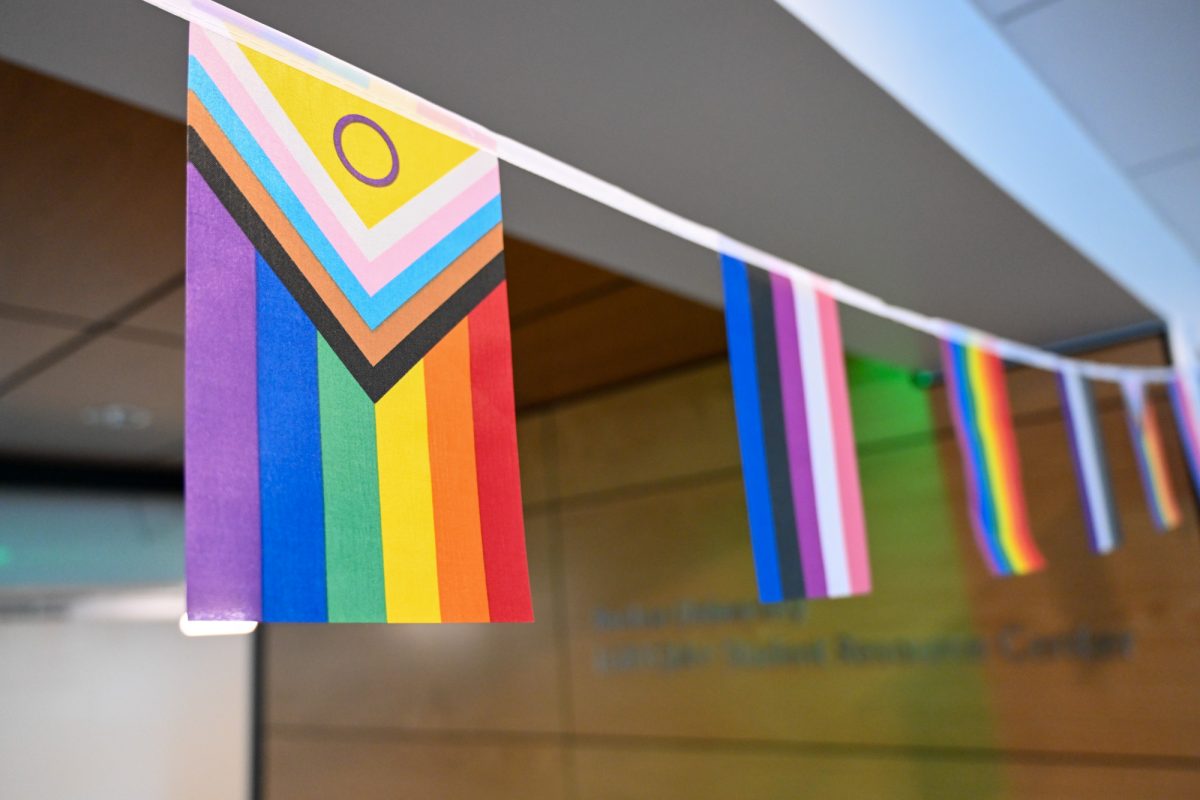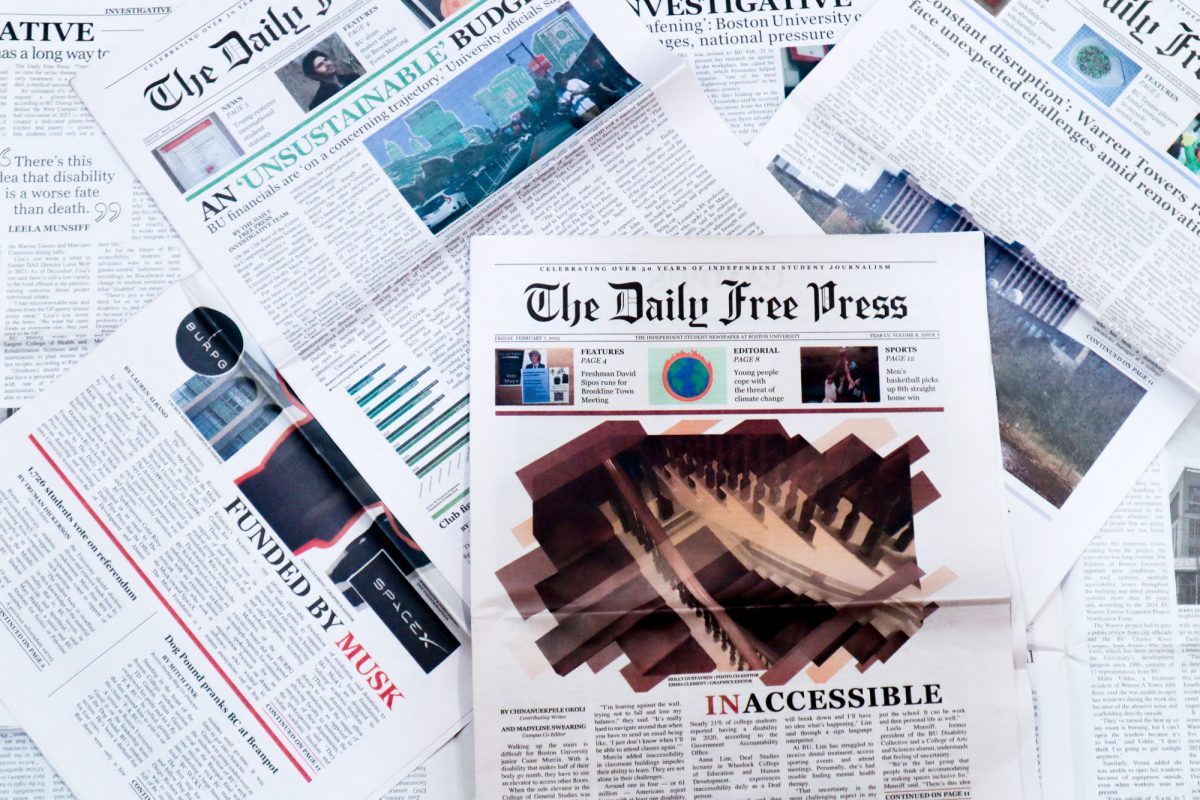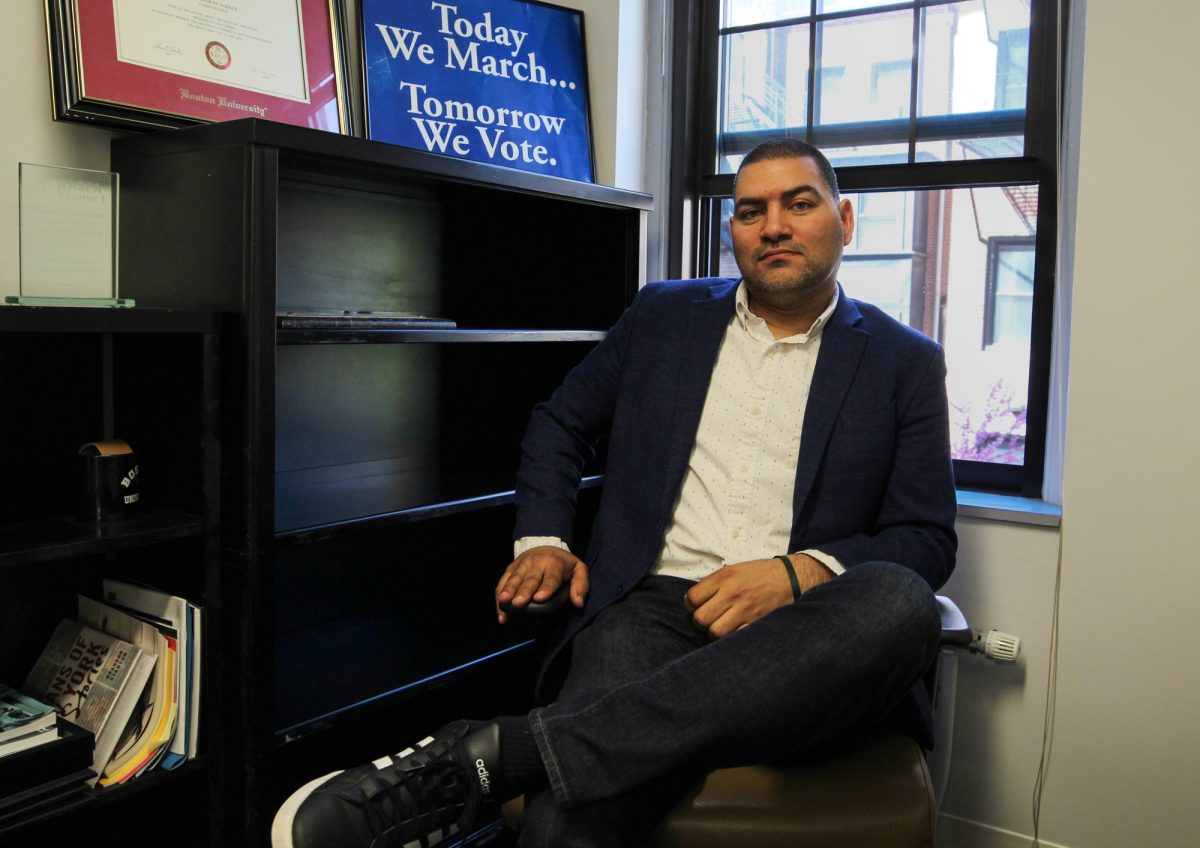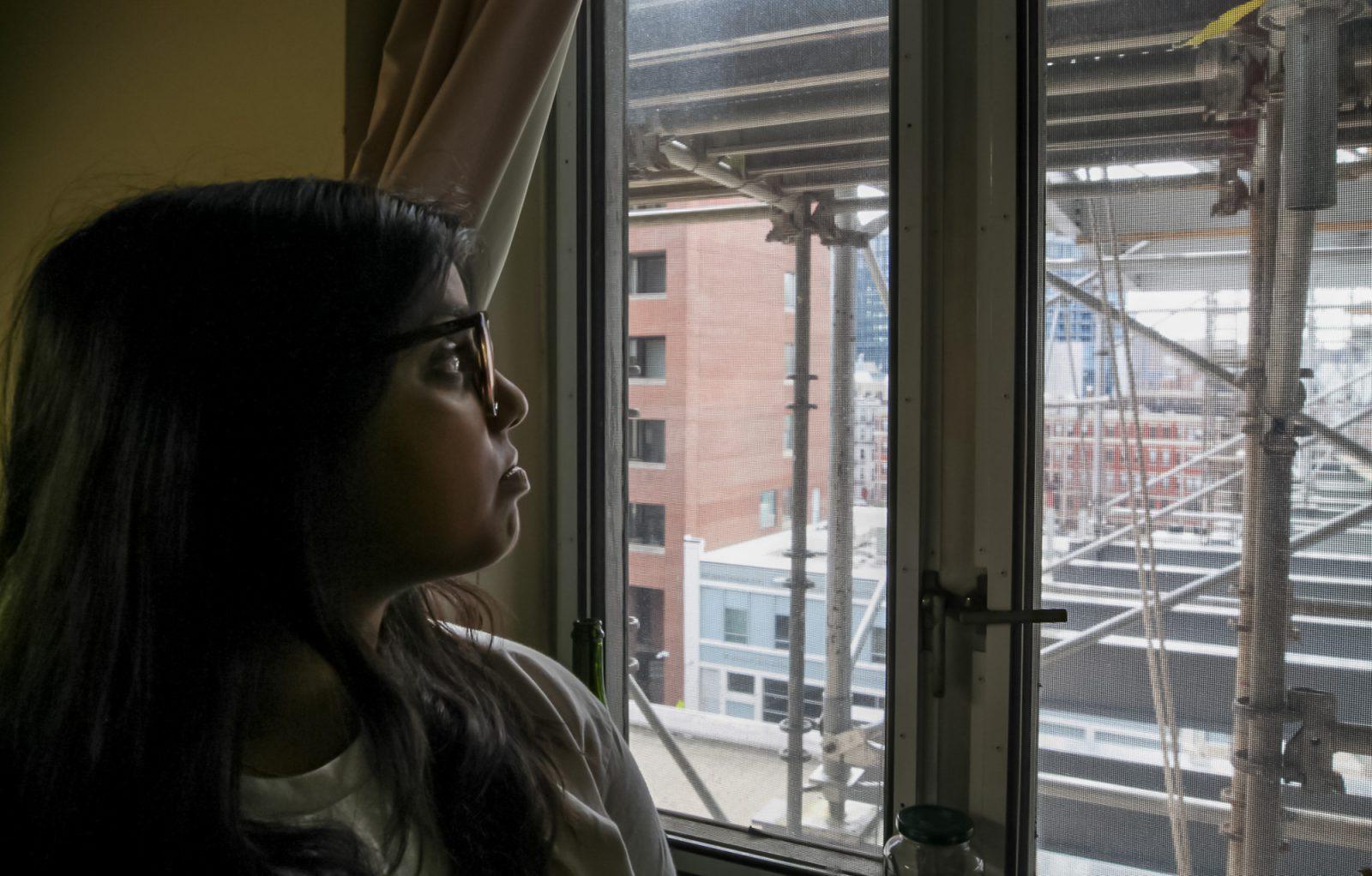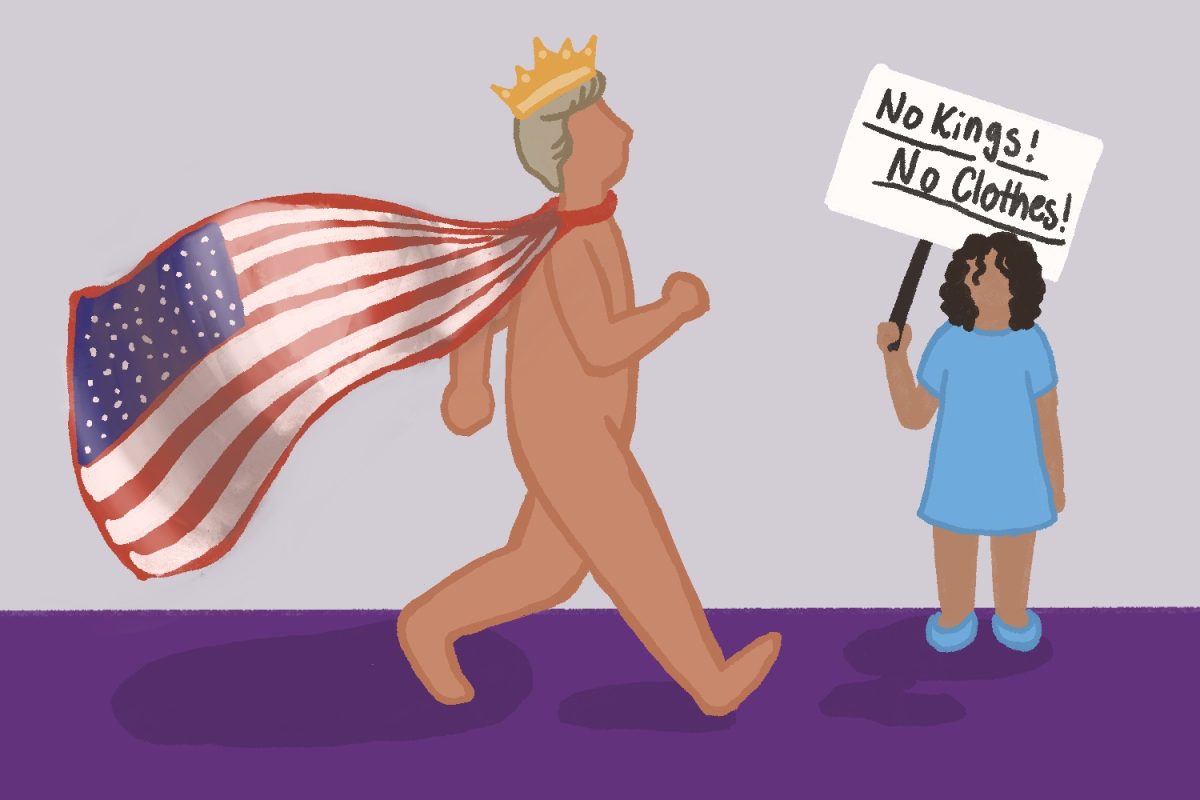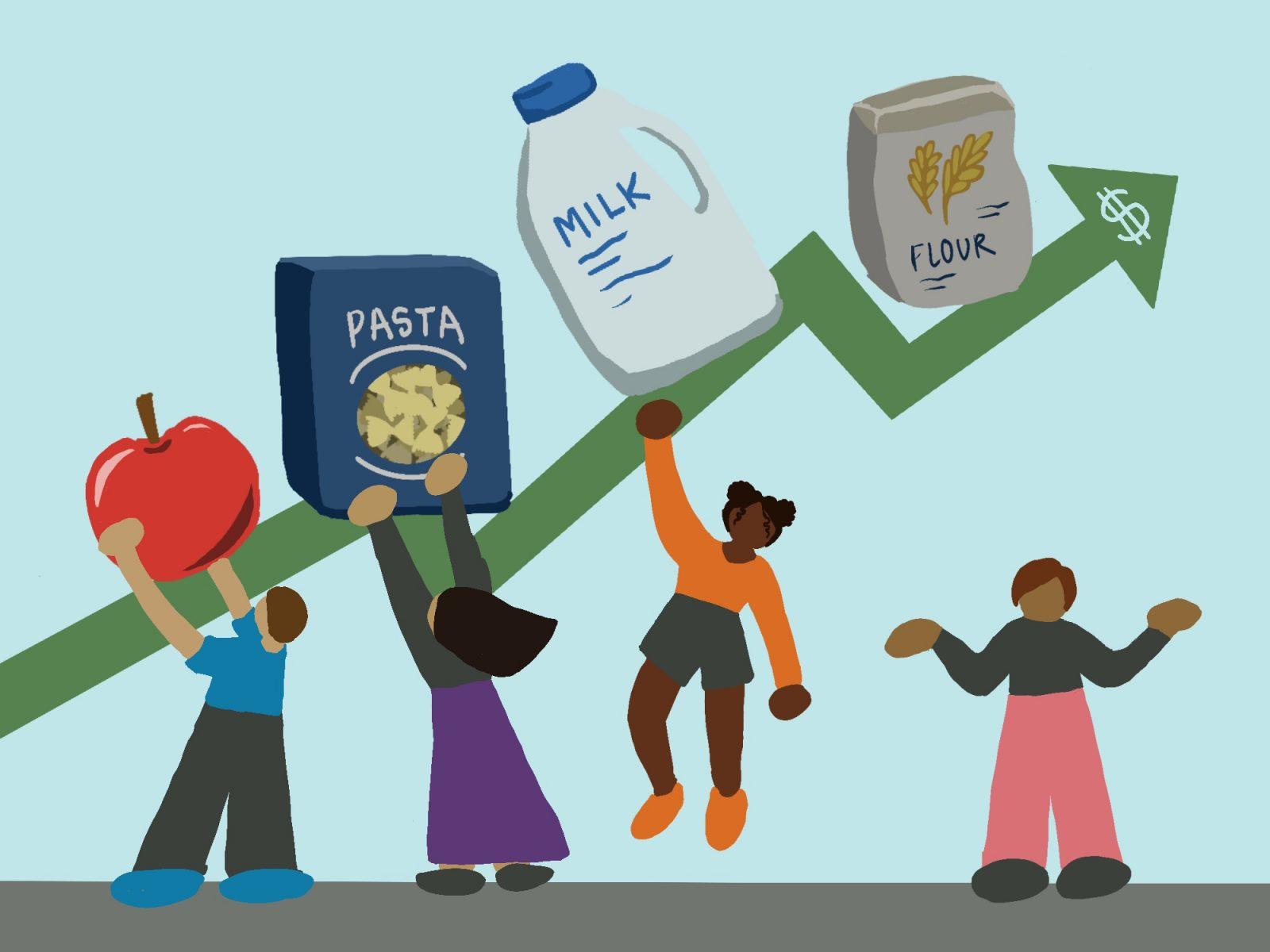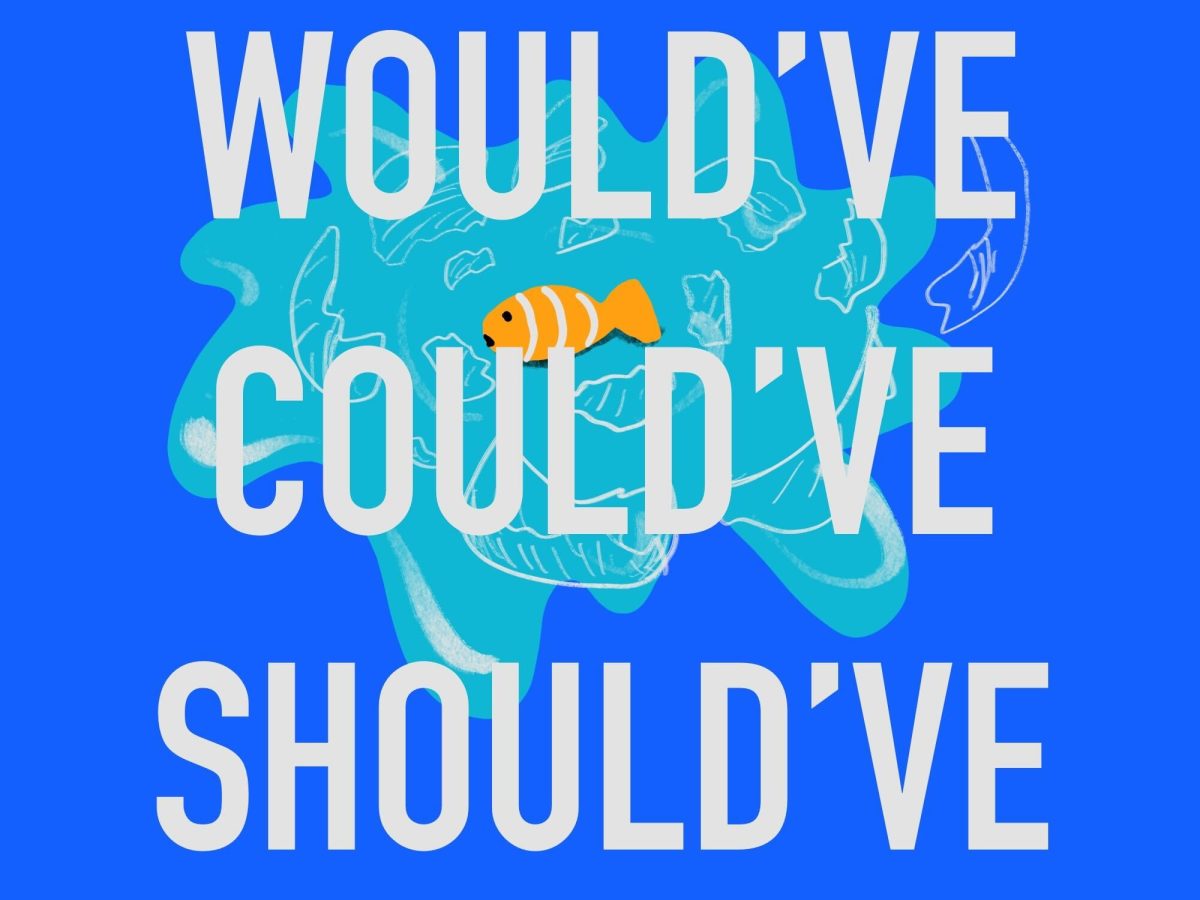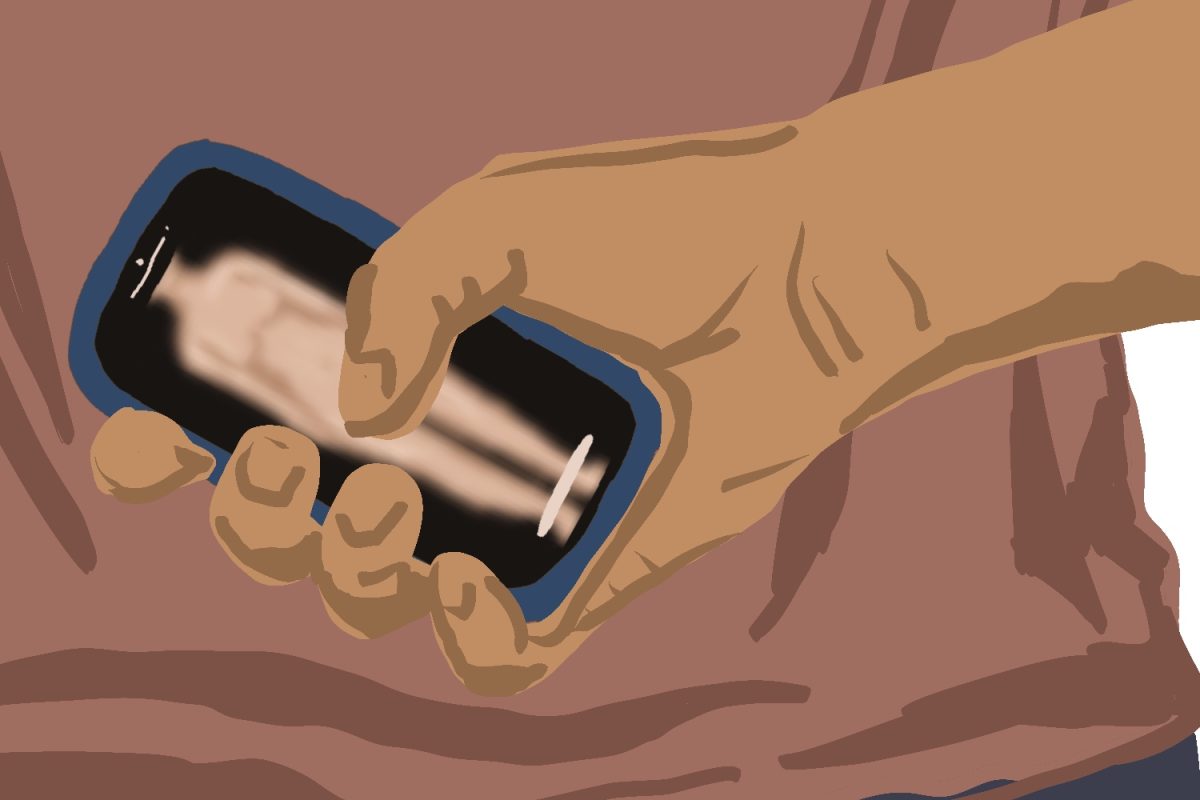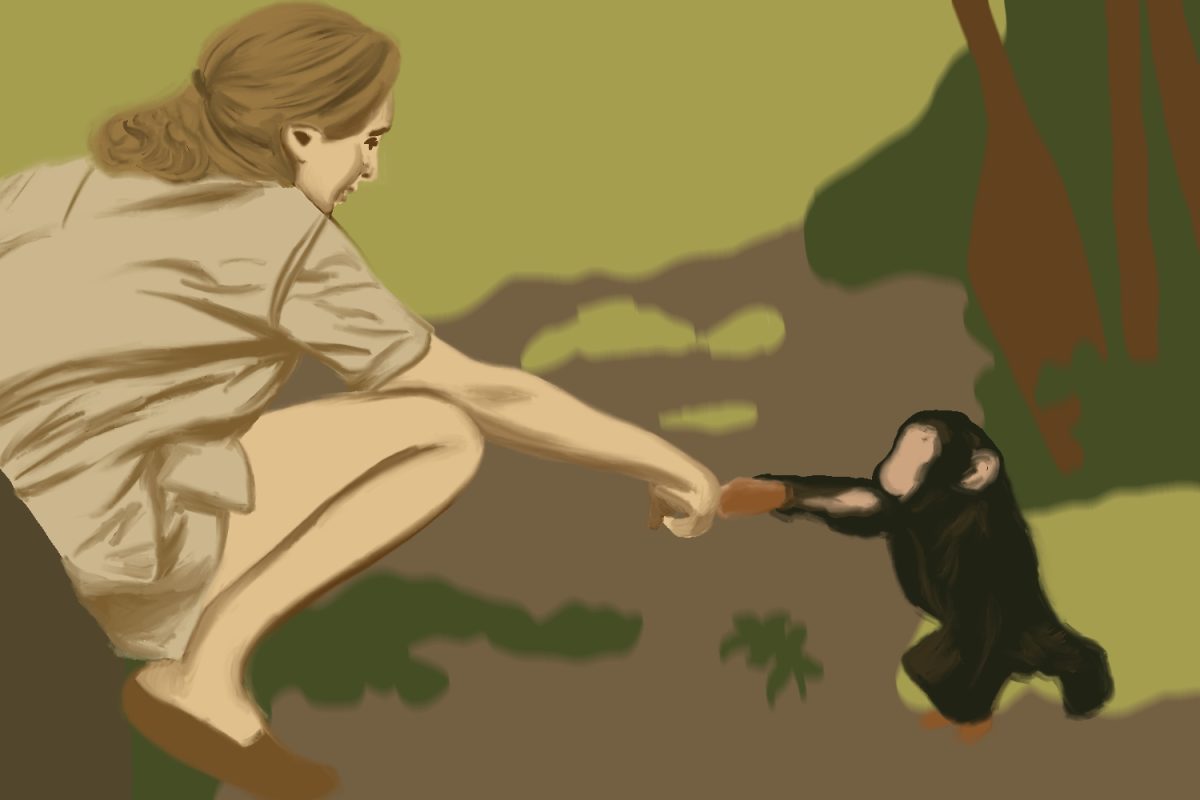Davis Clarke is single handedly challenging the “finance-bro” narrative. He’s a Capital Management Manager at Citizens and an influencer with over 730k followers on Instagram. His content is primarily defined by an important theme — rally on.
Whether you’ve had a rough week at work or didn’t do too well on an exam, Clarke will tell you to keep pushing. No matter what, Clarke is always smiling.
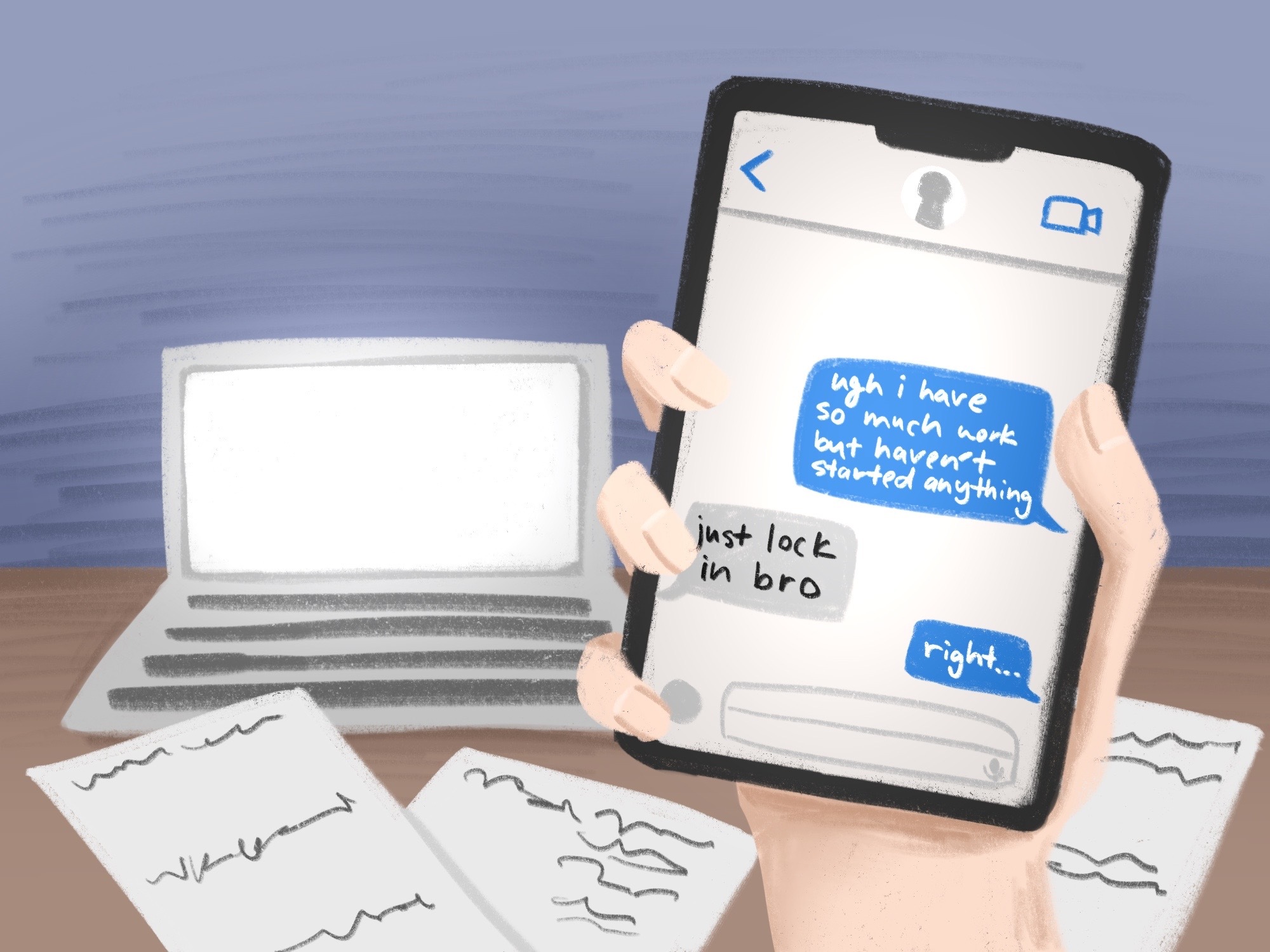
As much as I love Clarke’s content, many college students, including myself, sometimes find it difficult to keep pushing. According to Handshake, 60% of college students experience academic burnout in some form— a startling figure.
Outside of the classroom, one would think that I’d be less focused on assignments, but the immense pressure from my friends and social media to always be “locked in” drives me crazy. No matter what I’m doing or where I am, the thoughts of homework, exams and projects pierce my mind and disrupts my activities.
As much as I’d love to “rally on” after bombing an exam, I remind myself of the consequences of a bad grade and go down a negative spiral. That bad grade might kill my grad school chances or future employment outcomes.
These feelings of burnout and heightened pressure to keep pushing can translate to the workplace and labor markets. In this sense, burnout can be viewed as a market failure with a negative externality.
Labor markets governed by labor supply — job seekers — and demand — job openings — can create outcomes that may not account for the full cost of burnout because employers do not set wages that factor in these external effects.
This disrupts the equilibrium condition — the point at which the number of job positions available is equal to the number of individuals who are willing and able to work..
In other words, there is an external cost of burnout that employers do not consider.
Employees face the burden through stress, for example. This, in turn, causes a mismatch between the labor supply and demand, potentially creating a shortage of supply in the labor market and leading to higher wages to attract prospective workers and reduce turnover.
Additionally, some economic growth models such as the Solow Growth Model assume full employment, meaning that all labor resources are utilized to the fullest extent in production. However, as many of us know, that is not the case, as these simplified models fail to account for stress and fatigue.
An extreme case of this is the tragic death of an EY India employee in 2024. A 26-year-old worker suffered a stroke which was linked to her long work hours and poor support from her superiors.
This case was especially surprising because she worked a prestigious, relatively high-paying white-collar job. Throughout history, it has been fairly common for workers to suffer tragic and potentially fatal injuries in the workplace in manufacturing jobs— but death due to burnout at a white-collar desk job seems novel.
With mounting personal and professional pressure to continuously succeed and keep going no matter what, we must redefine work culture as a whole.
Economists discuss the tradeoff between labor and leisure — what an individual is giving up to go to work, or vice versa, what an individual gives up in their professional lives to enjoy leisure activities.
But the dichotomy between productivity and a lack of productivity is not a simple one or the other. Taking a break is not synonymous with laziness. Stepping back doesn’t mean slacking off, calling out sick once a week or skipping the same class every day.
That’s why influencers like Clarke are so powerful.
His content shows the strength of remaining steadfast and staying highly motivated to pursue your goals. But he also illustrates the importance of taking a moment to pause and think when things don’t always work out the way you want them to.
If you miss a deadline or screw up an interview… Yes, keep going. Don’t let it waver your confidence, but take a moment to breathe and take some time away from work.
Employers and managers must recognize the importance of being able to simply step back when you need it. Otherwise, they may lose their top performers to a competitor, or even worse, risk an on-the-job injury.
As with every decision, there is a tradeoff and opportunity cost with having work flexibility. Oftentimes, high paying jobs may require working long hours, forcing employees to sacrifice their sleep for financial gains.
Is the tradeoff between mental and physical health and a high salary worth it?
Well, that’s a subjective question which depends on one’s preferences. The utility that the prospect of long-term financial stability offers may significantly outweigh short-term sacrifices. But this shouldn’t be the norm for any industry.
In a world of burned out students and employees, be a Clarke and maximize the best of both your personal and professional lives as two separate realms.

